Nombre:
Ipoh
Otro:
Localización:
View Larger Map
Tipo: Urbanismo
Categoría:
Foto:
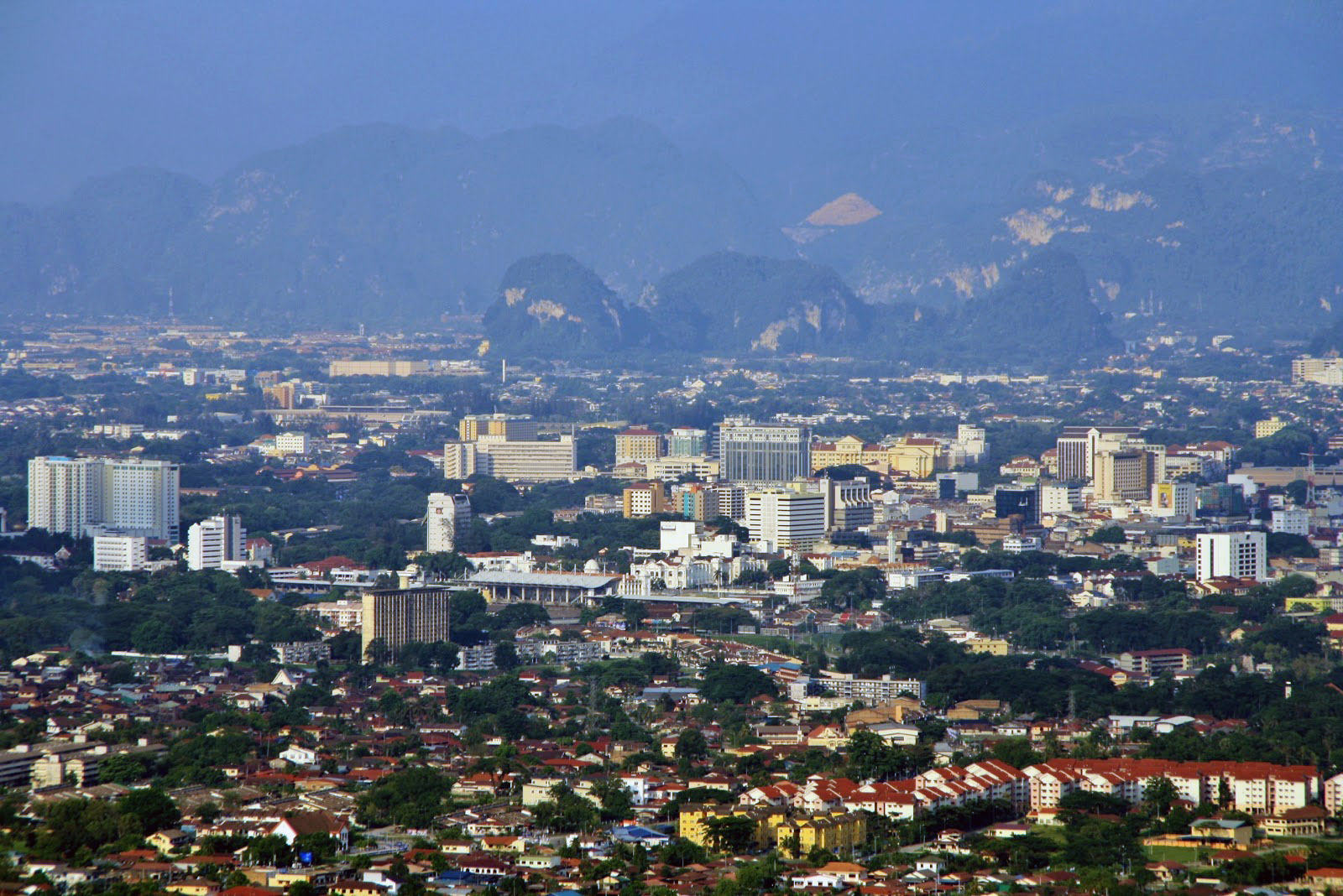
Voto:
Continente: Asia
País: Malasia
Localización:
Año: 1880
Estado: Terminado
Descripción:Las 5 Mejores Atracciones de Ipoh, Malasia
Posted on 30/12/2011
Ipoh es una pequeña ciudad agradable situada a tan sólo 200km al norte de la capital malaya Kuala Lumpur. Es una ciudad relativamente joven que ha visto un gran movimiento desde sus inicios en el siglo 19. Ipoh experimentó una época de prosperidad con la industria minera surgida a través de la colonización británica, y aunque las cosas se hayan enfriado, Ipoh se ha convertido en una ciudad relativamente tranquila y conocida por su exquisita cocina y su arquitectura realista. Con la ventaja añadida de estar situada en las profundidades del terreno único de Malasia, Ipoh ofrece la oportunidad de explorar la selva o de bucear en las cuevas, por lo que es un destino ideal para el fin de semana, lejos de las rutas tradicionales del sudeste asiático.



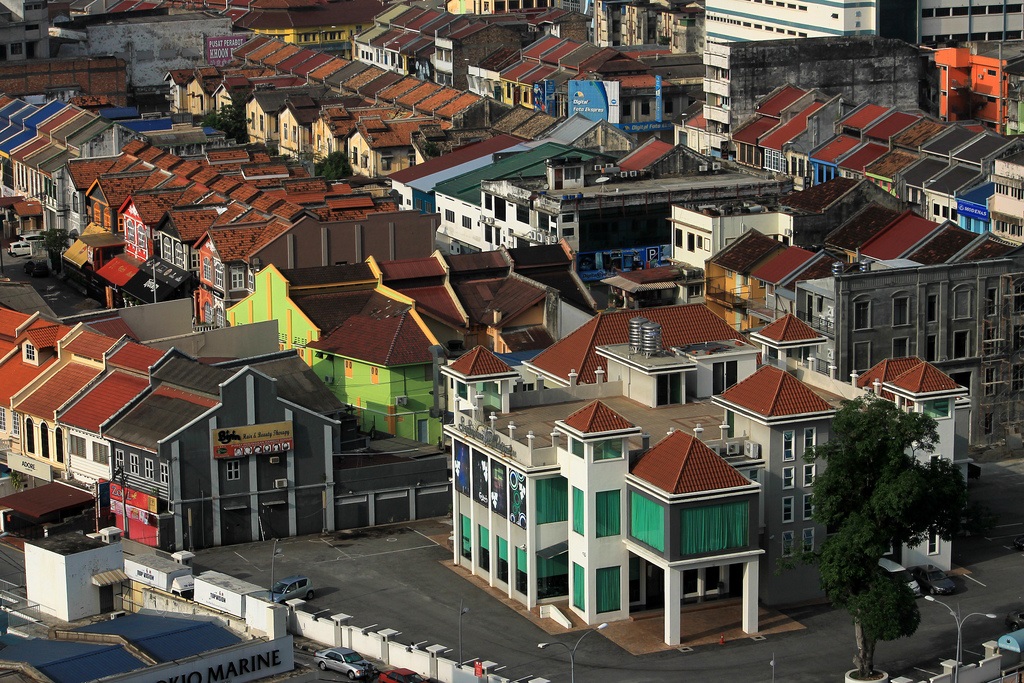
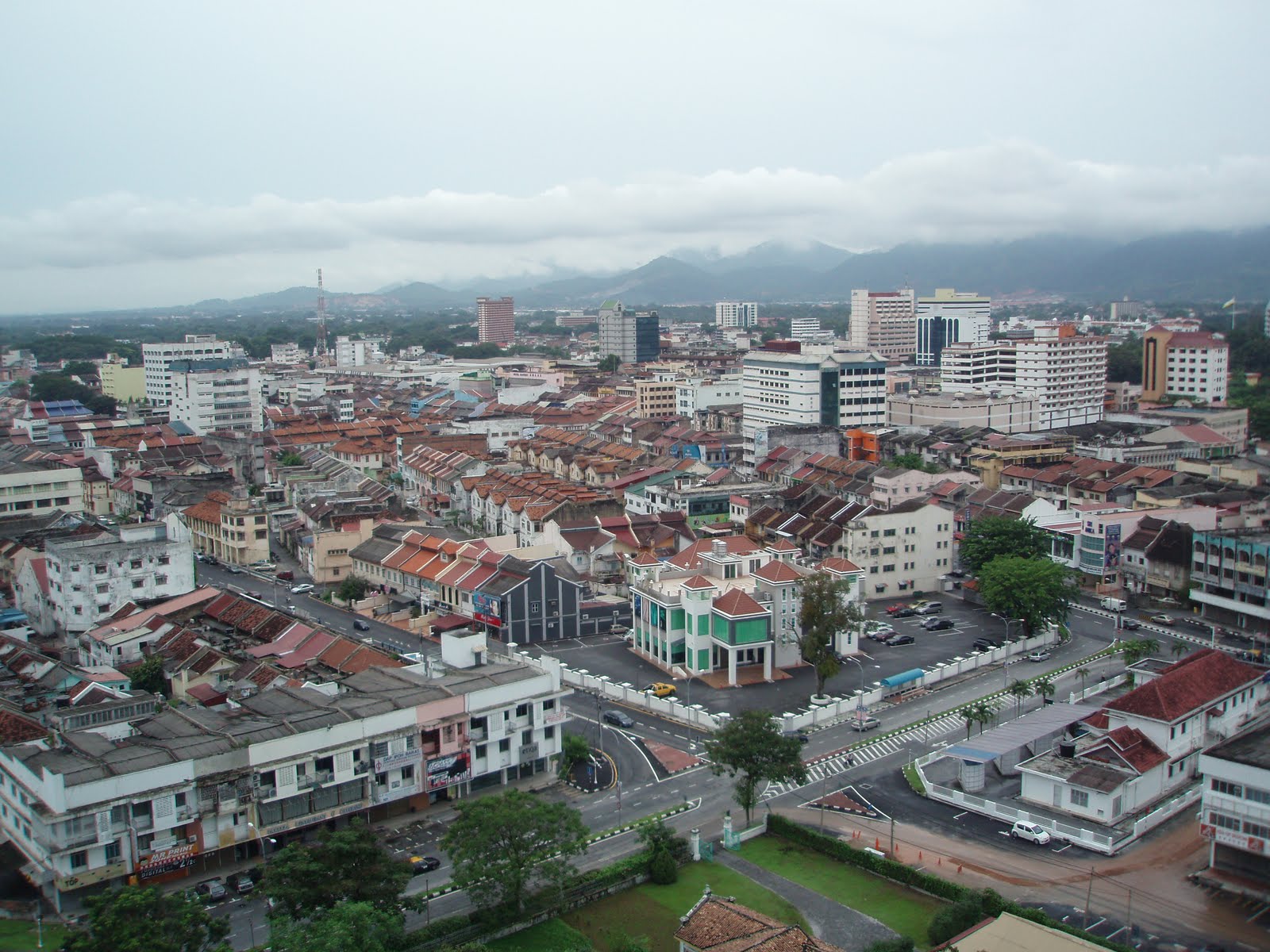
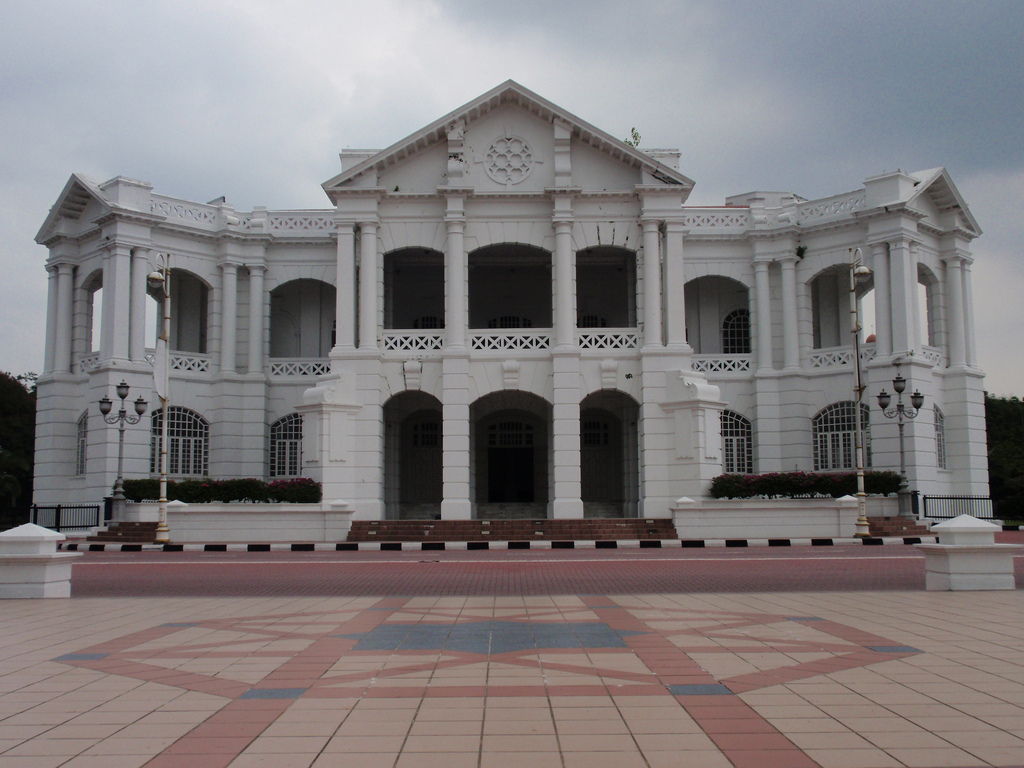
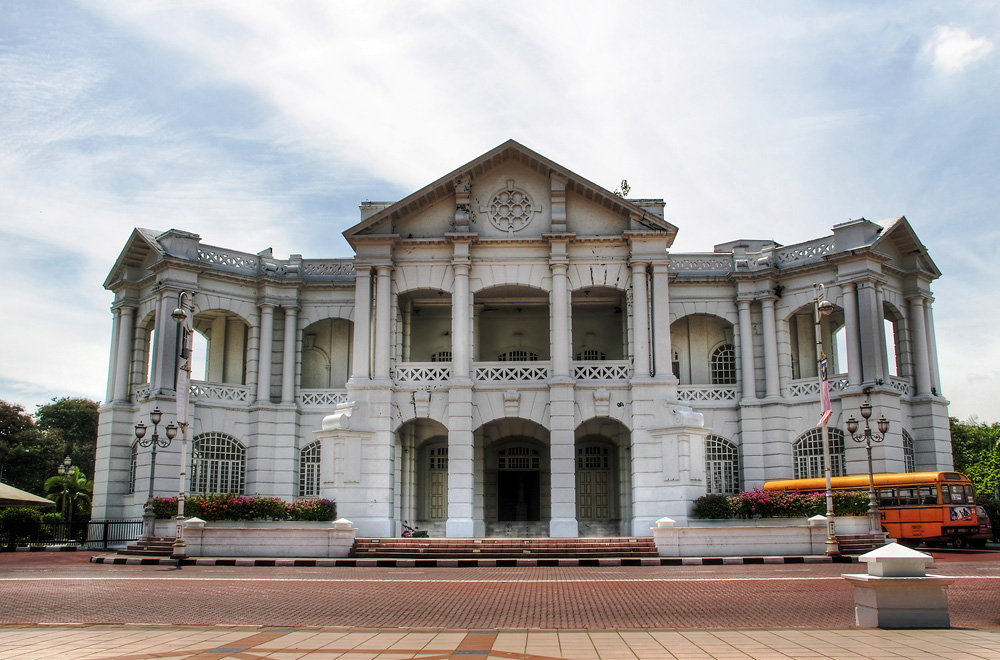
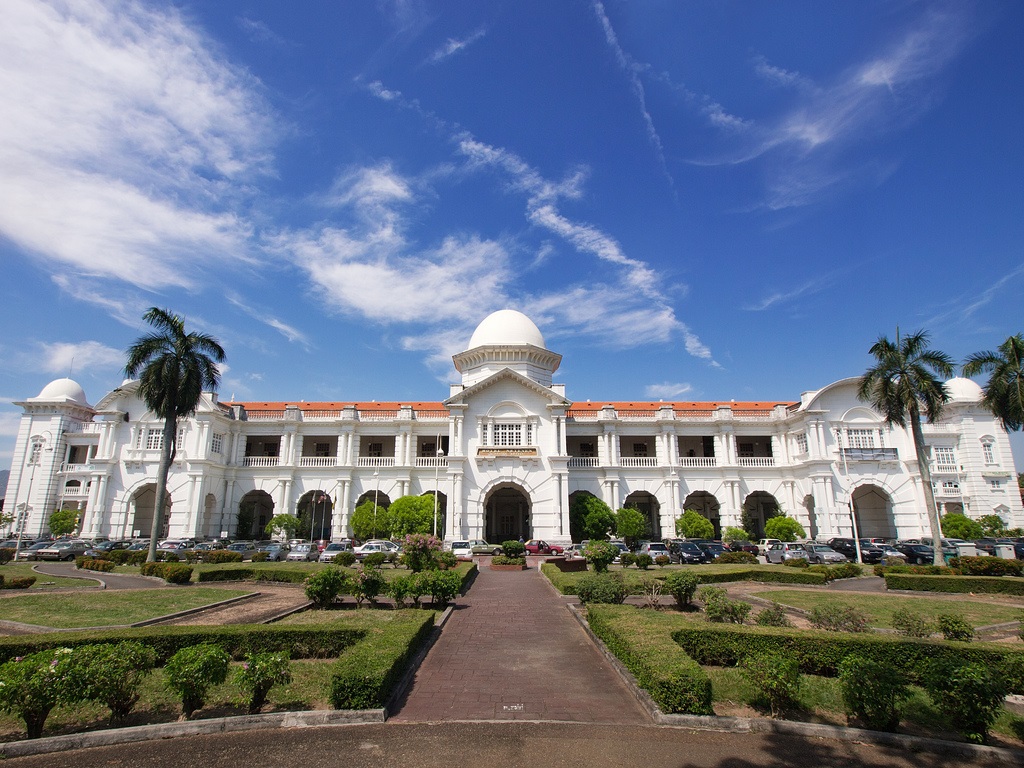
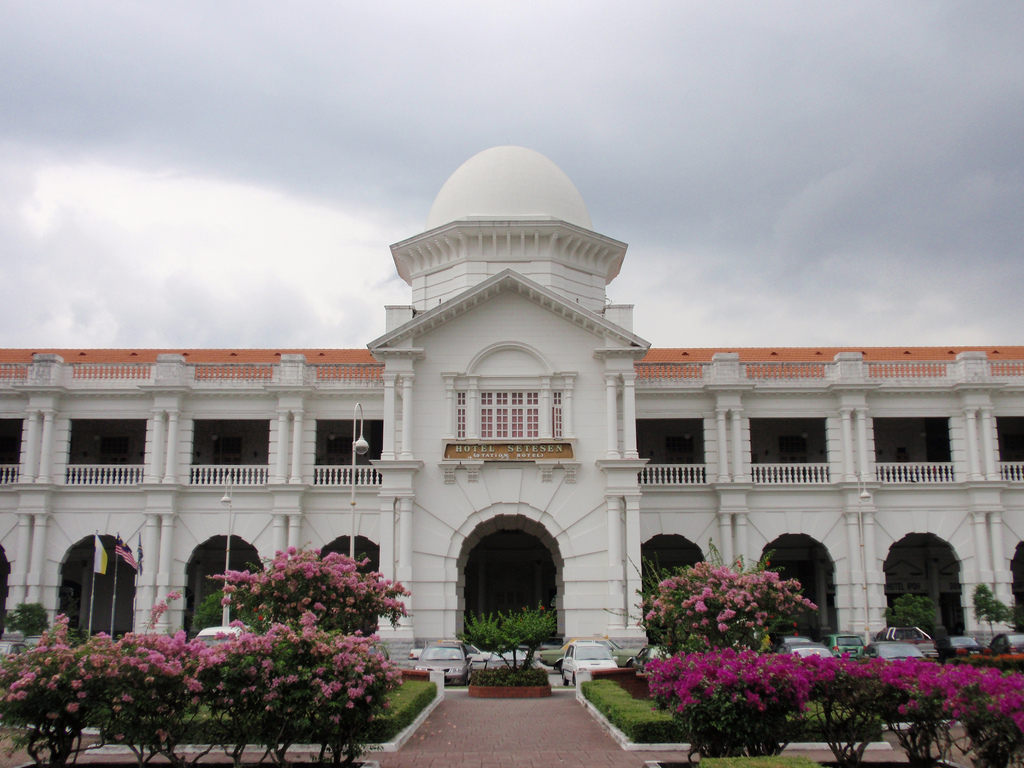
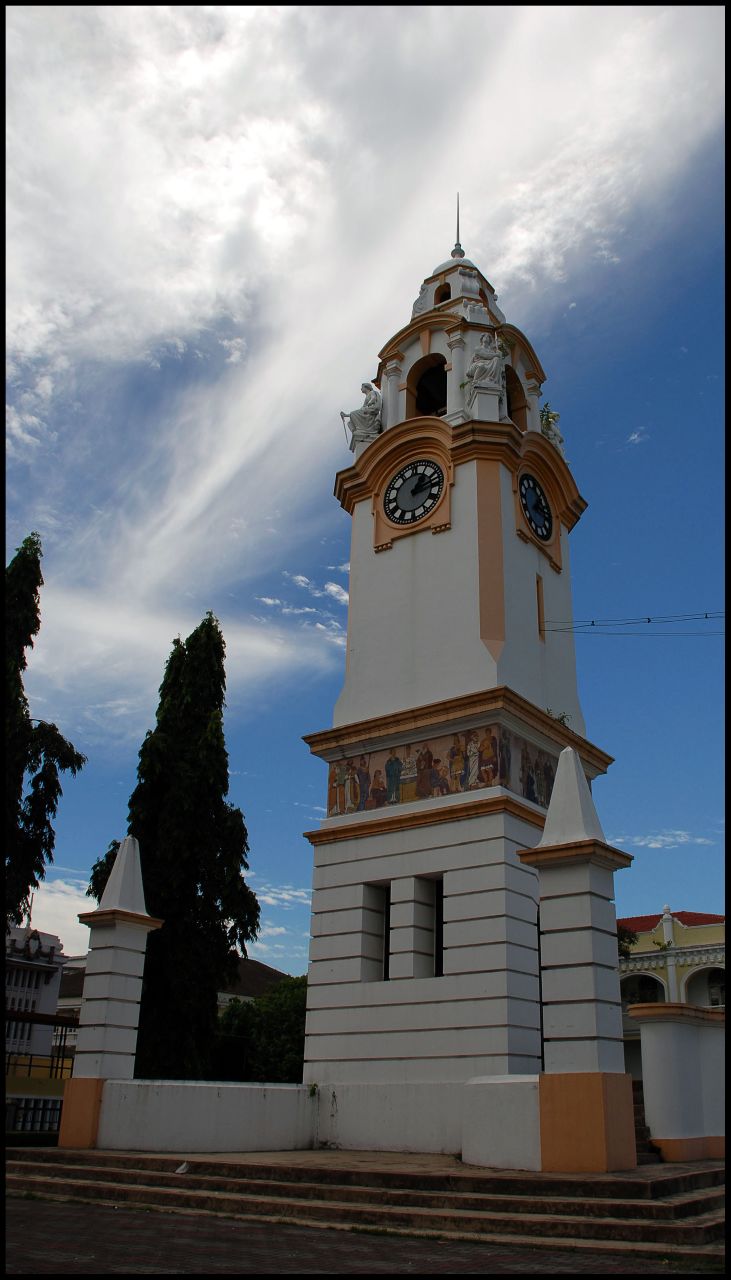
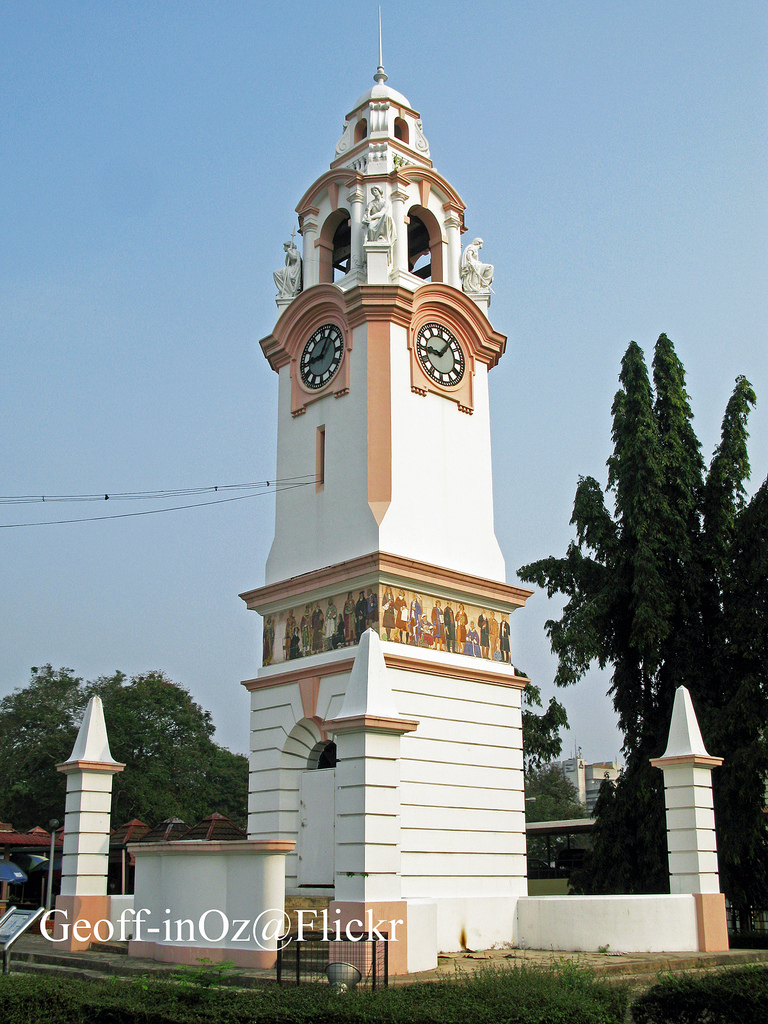
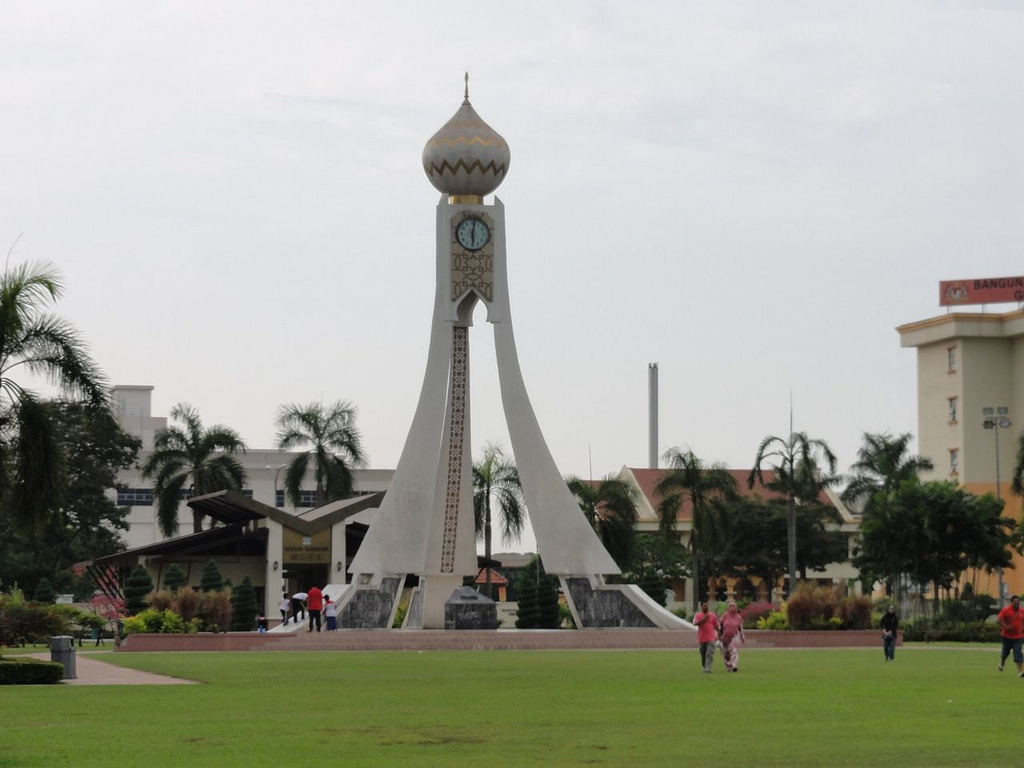
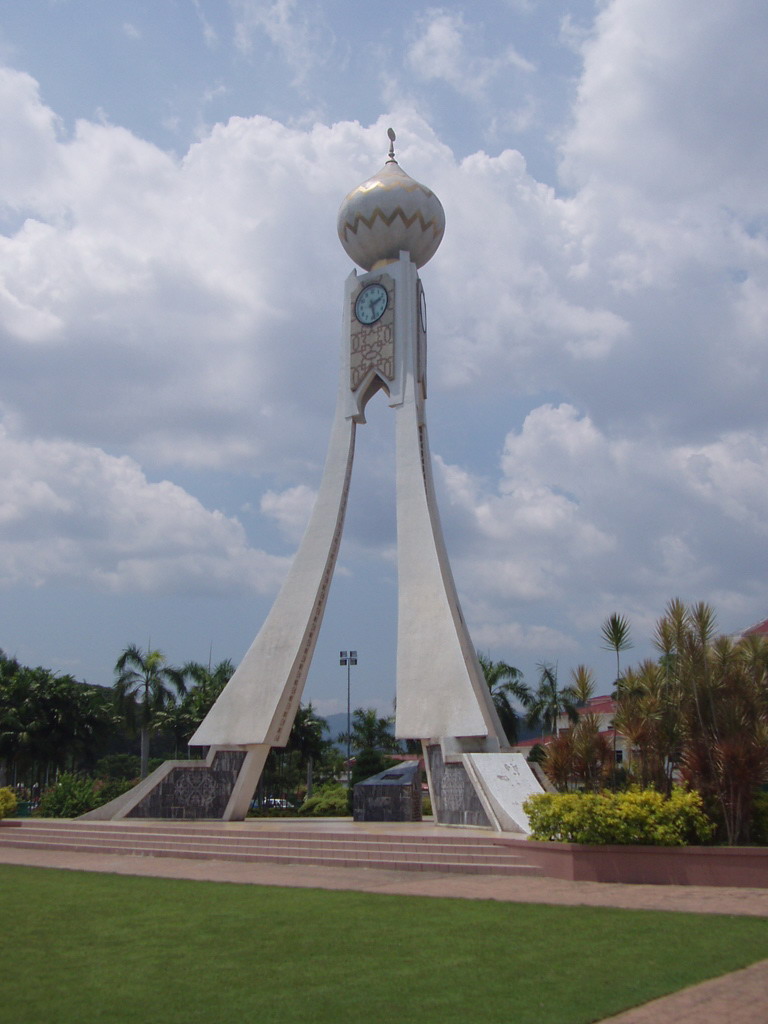
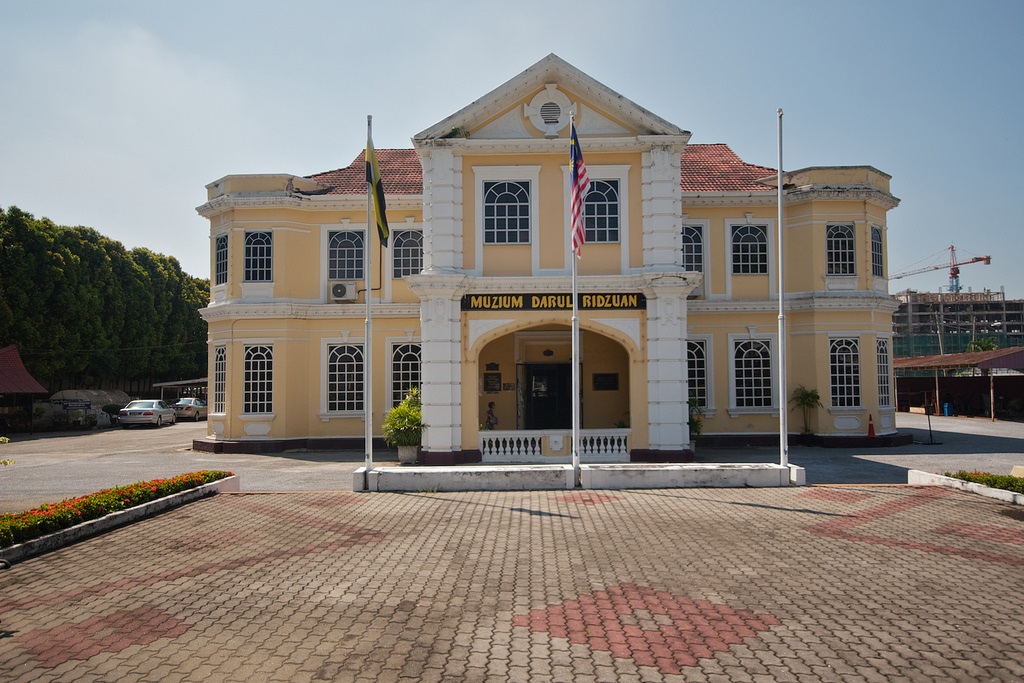
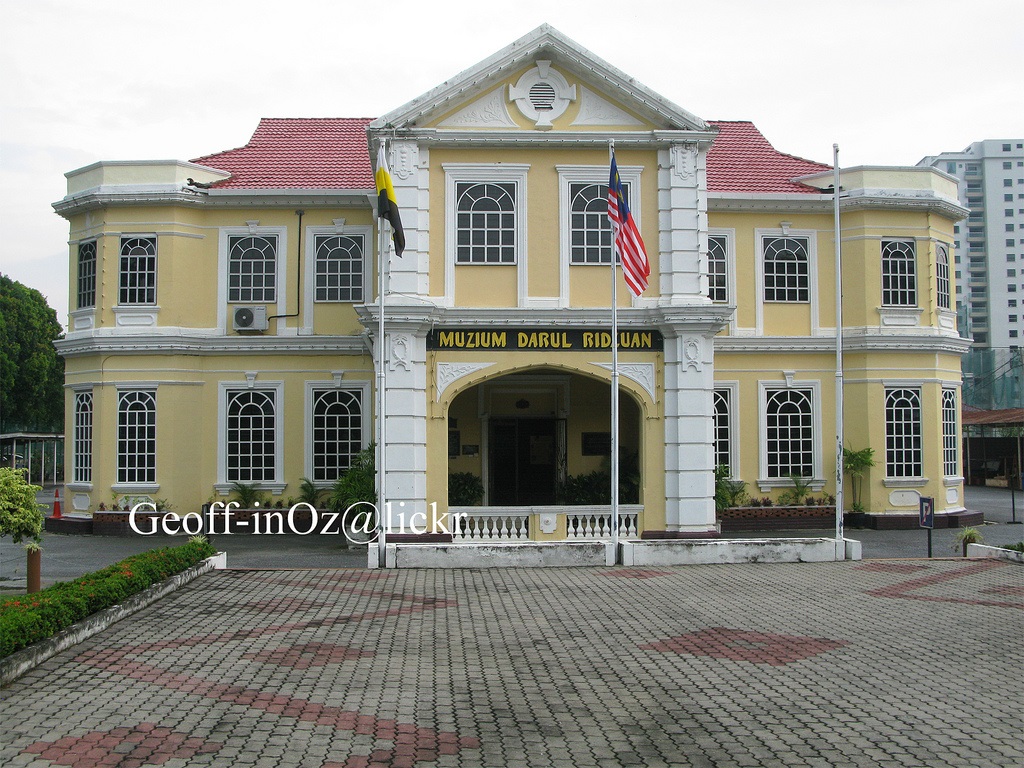
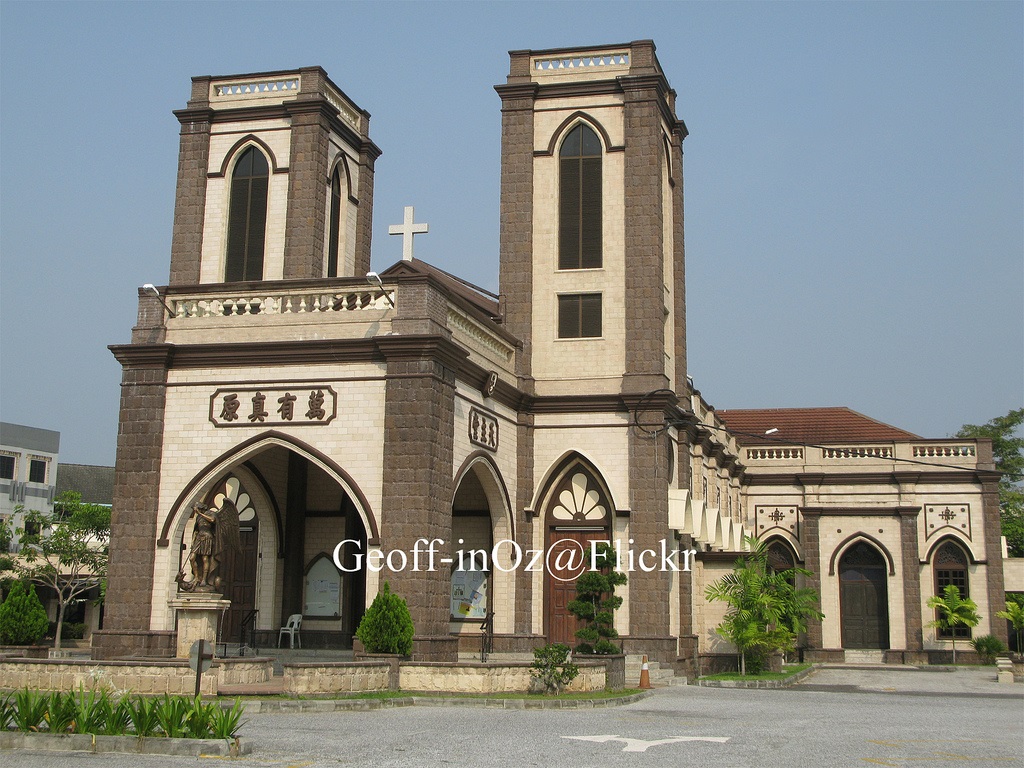
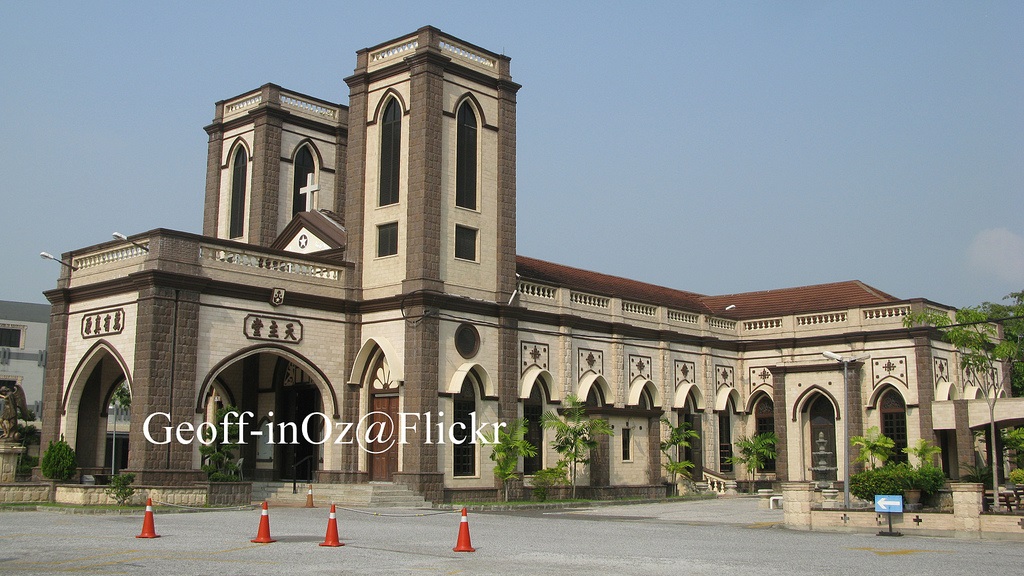
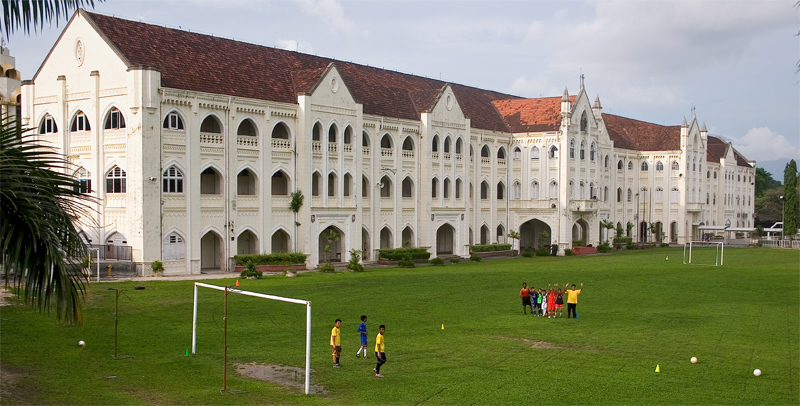

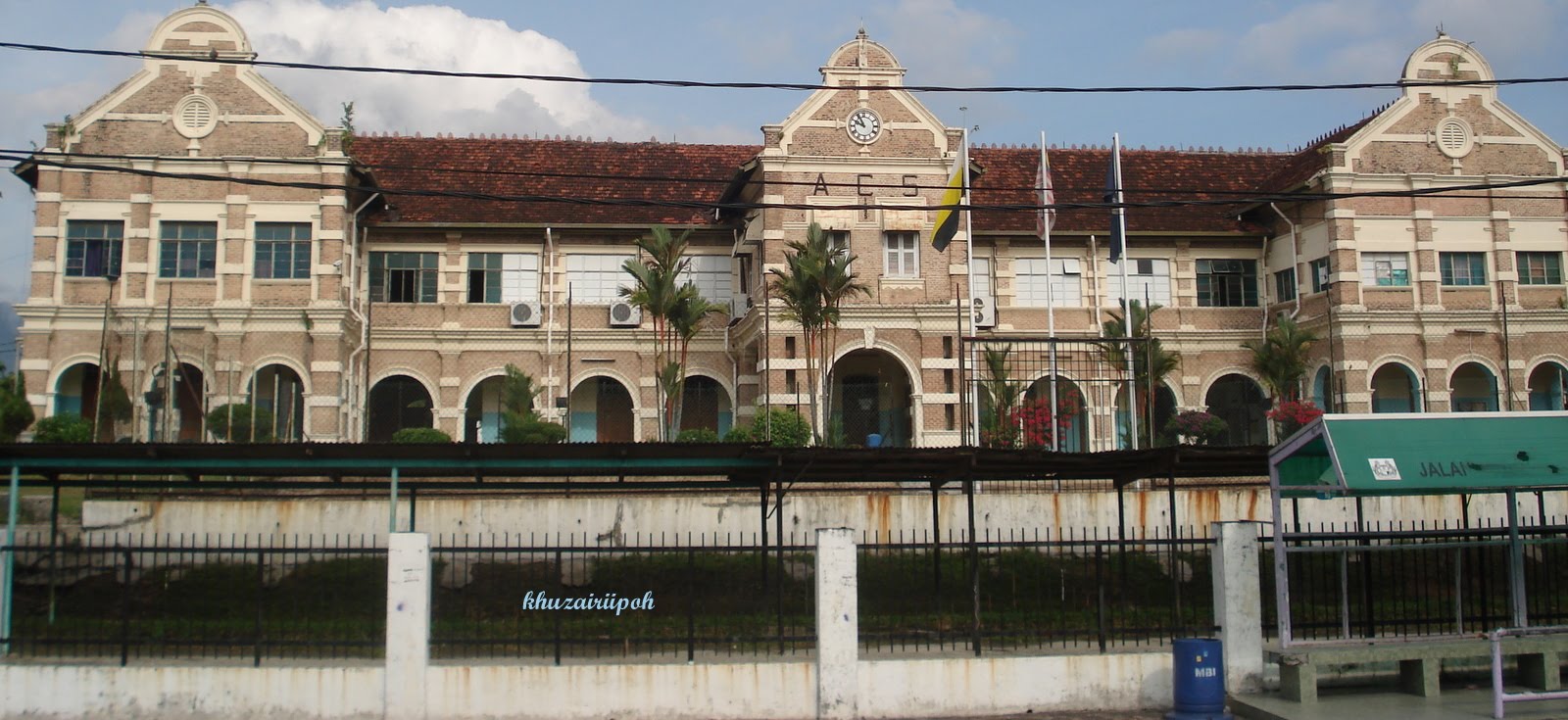
1. Ipoh Padang
Después de llegar a su alojamiento y relajarse, Ipoh Padang es un buen lugar para admirar tranquilamente. Rodeados de algunos de los mejores monumentos de la ciudad, los visitantes y lugareños se reúnen para practicar deportes, dar un paseo o simplemente para sentarse a descansar. Con muchos lugares de interés histórico, incluida la enorme Institución de San Miguel, bar-restaurante Federated Malay States (FMS), el edificio HSBC y el juzgado colonial Ipoh, para no mencionar la gran cantidad de tiendas y restaurantes modernos, Ipoh Padang es el mejor punto de inicio para su ruta.
2. El Paseo por el Patrimonio de la Ciudad Vieja
La siguiente actividad interesante que puede realizar es el paseo gratuito guiado para descubrir el patrimonio de la ciudad vieja. El lugar de encuentro para este tour es la estación de tren de Ipoh, todos los sábados a las 8am. ¡Un tour gratuito es la mejor manera para conocer una ciudad! Podrá explorar más de 30 lugares históricos y sitios de interés, como por ejemplo el Birch Memorial que conmemora el primer residente británico en la ciudad. También descubrirá los monumentos modernos de Ipoh, como el Ayuntamiento, el Tribunal Supremo y la Iglesia de Saint John. Para realizar este tour le aconsejamos que llame con antelación.
3. ¡COMIDAAA!
Aunque Penang sea, sin lugar a dudas, el primer destino para el turismo culinario en Malasia (si no en todo el sudeste asiático), Ipoh es también bastante conocido por su cocina. A pocas horas de la capital gastronómica, Ipoh ofrece una selección impresionante de platos deliciosos que definitivamente querrá probar. Ipoh Sar Hor Fun es un plato típico que consiste en pollo, gambas y fideos, se puede encontrar en muchos restaurantes y también en los vendedores ambulantes. Ipoh es también reputado por su curry, satay y por el sabor superior del café blanco, éste se obtiene utilizando granos tostados en margarina de aceite de palma junto con leche condensada.
4. Gua Tempurung
Un destino indispensable para todo viajero que vaya a Ipoh es la cueva de Perak, conocida como Gua Tempurung, cuenta con más de 2km de largo y es un lugar de ensueño para los espeleólogos. Esta gloriosa cueva iluminada está situada debajo de una colina de piedra caliza y contiene una complicada red de formaciones rocosas. Se estima que la belleza impresionante de las estalactitas, estalagmitas y rocas enormes tiene 10.000 años de antigüedad. Caminando por esta cueva uno se siente en otro mundo. A sólo 25km de Ipoh, estas cuevas, llenas de tradición e historia interesante, son un regalo que no se puede perder. Así que asegúrese de preguntarle a su guía todas sus curiosidades.
5. Sam Poh Tong (Caverna de Tres Joyas)
Situado a las afueras de la ciudad se encuentra este templo chino budista, construido dentro de una cueva de piedra caliza, fue descubierto a principios del siglo 20 y, hoy en día, es visitado por muchos viajeros y gente local para ver el pabellón bellamente decorado, el majestuoso jardín y el estanque de peces. El templo contiene adornos religiosos y una decoración tradicional, y tiene un pequeño camino que conduce a un estanque de tortugas. El templo no es el único atractivo, ya que está rodeado por formaciones de piedra caliza y un terreno montañoso muy exóticos.
http://blog.es.viator.com/blog/2011/12/las-5-mejores-atracciones-de-ipoh-malasia.html
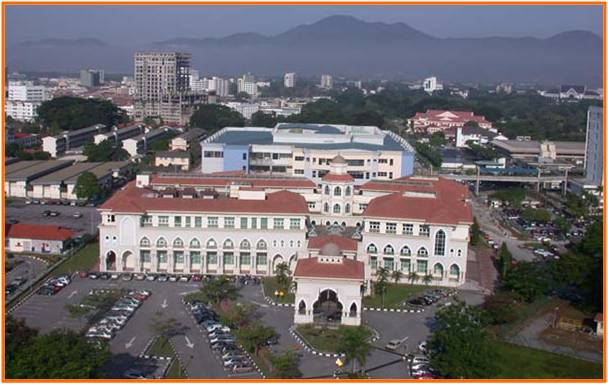
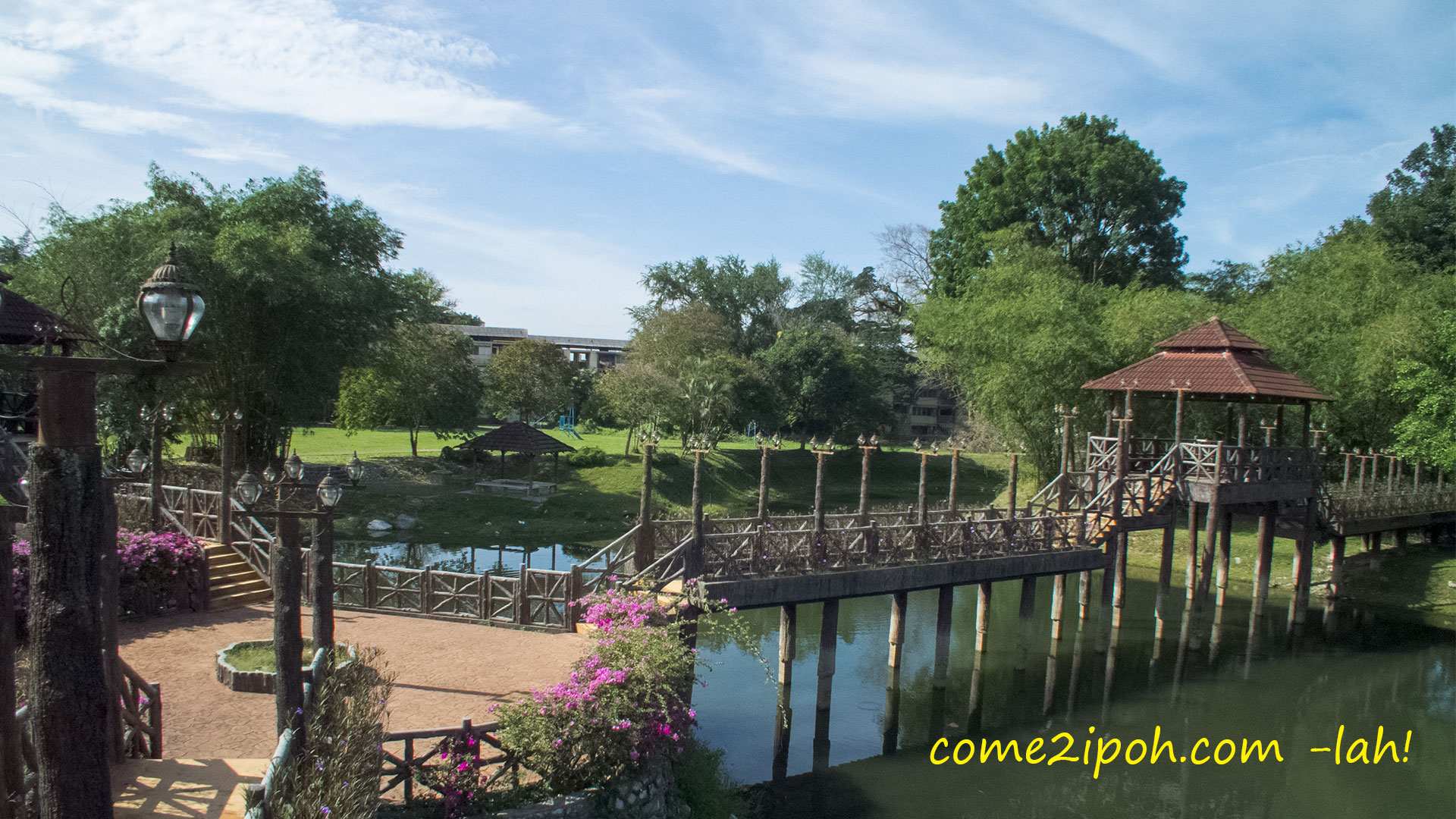
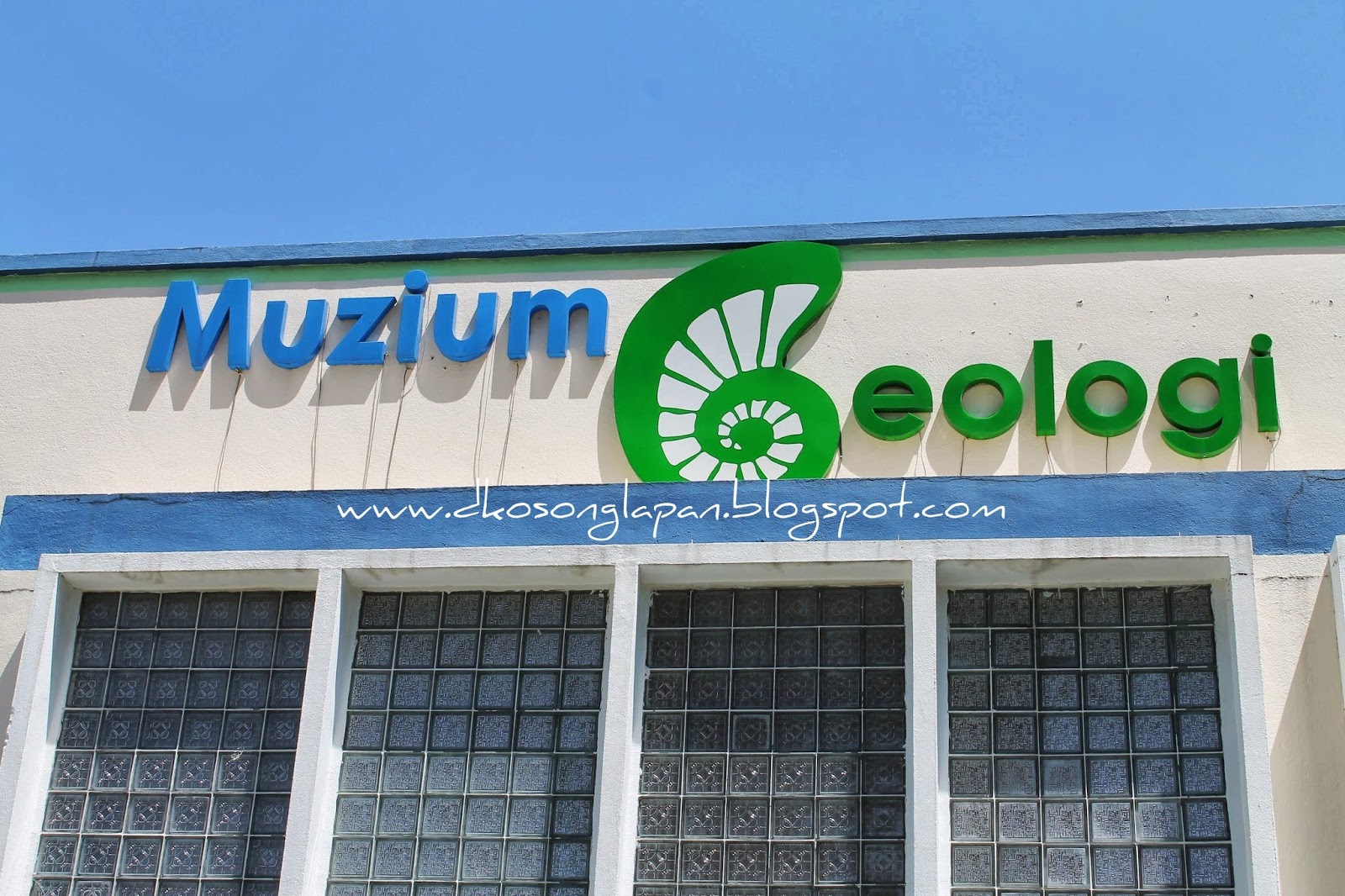
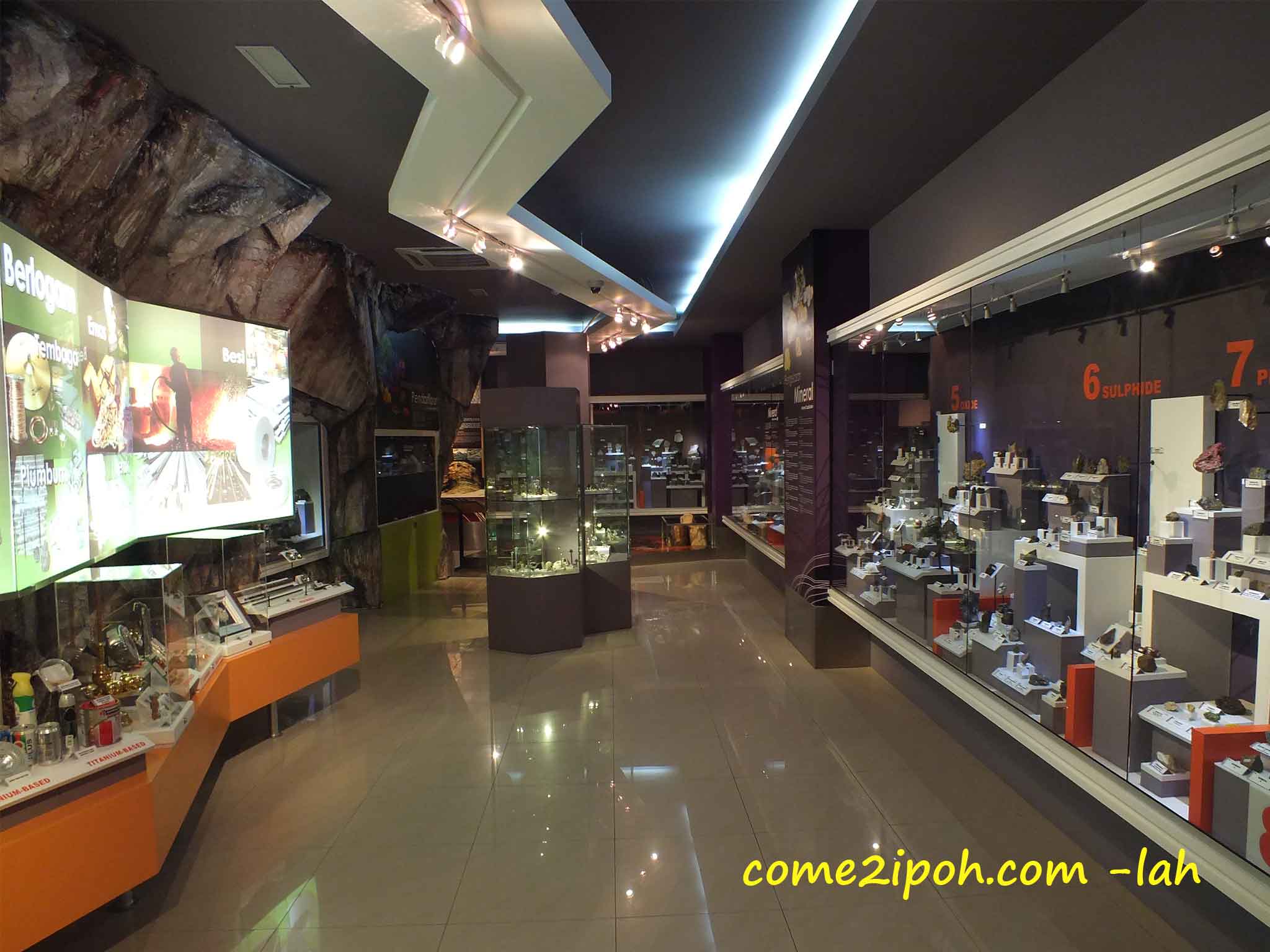
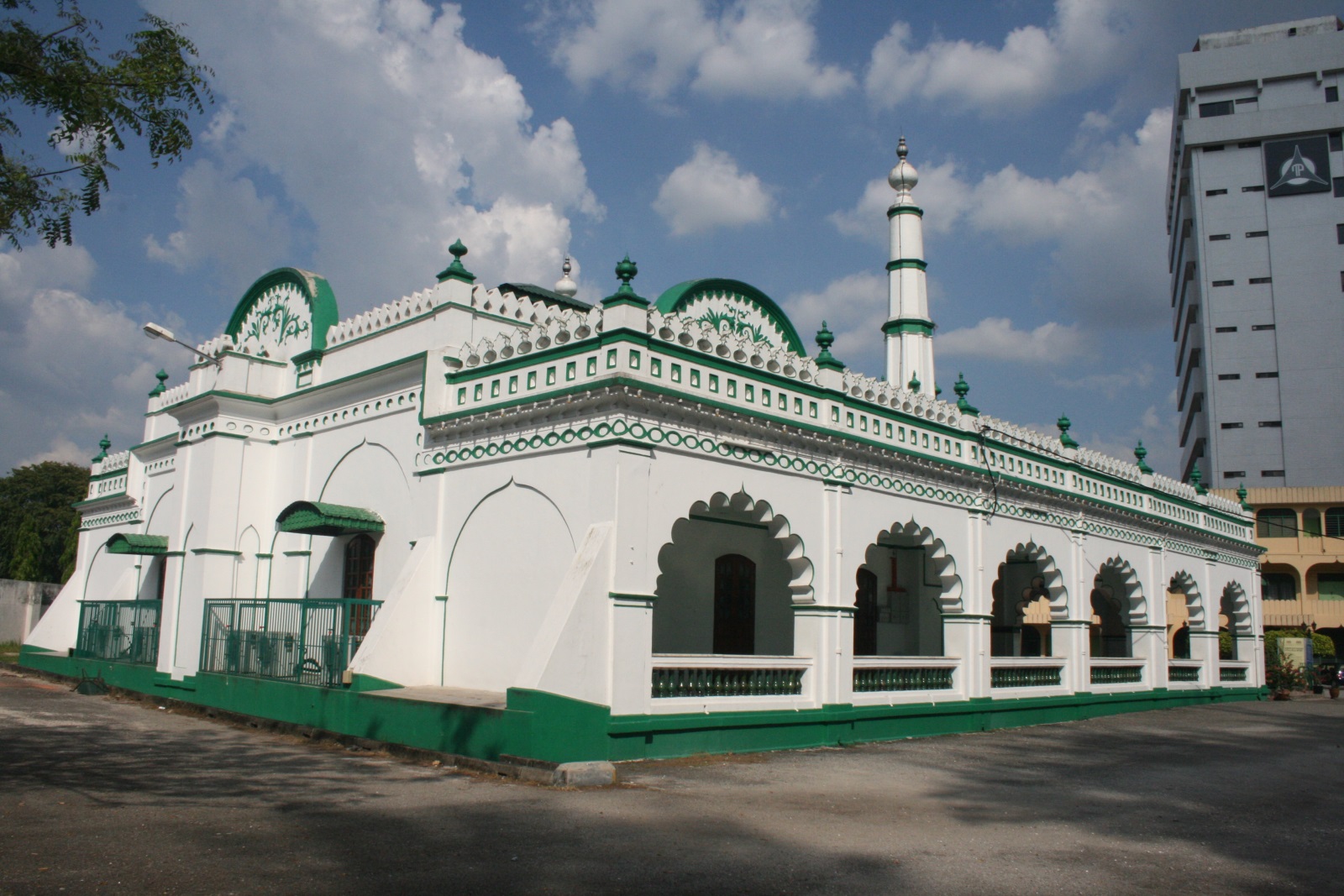
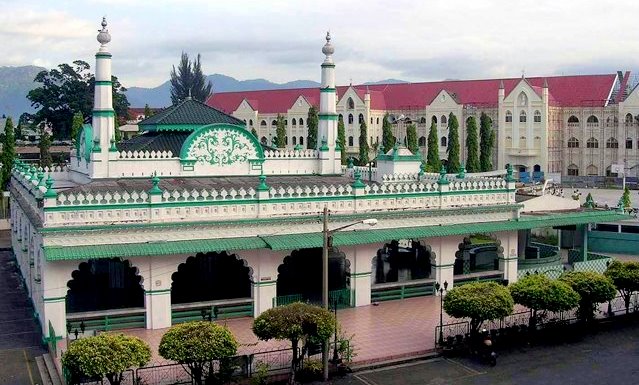
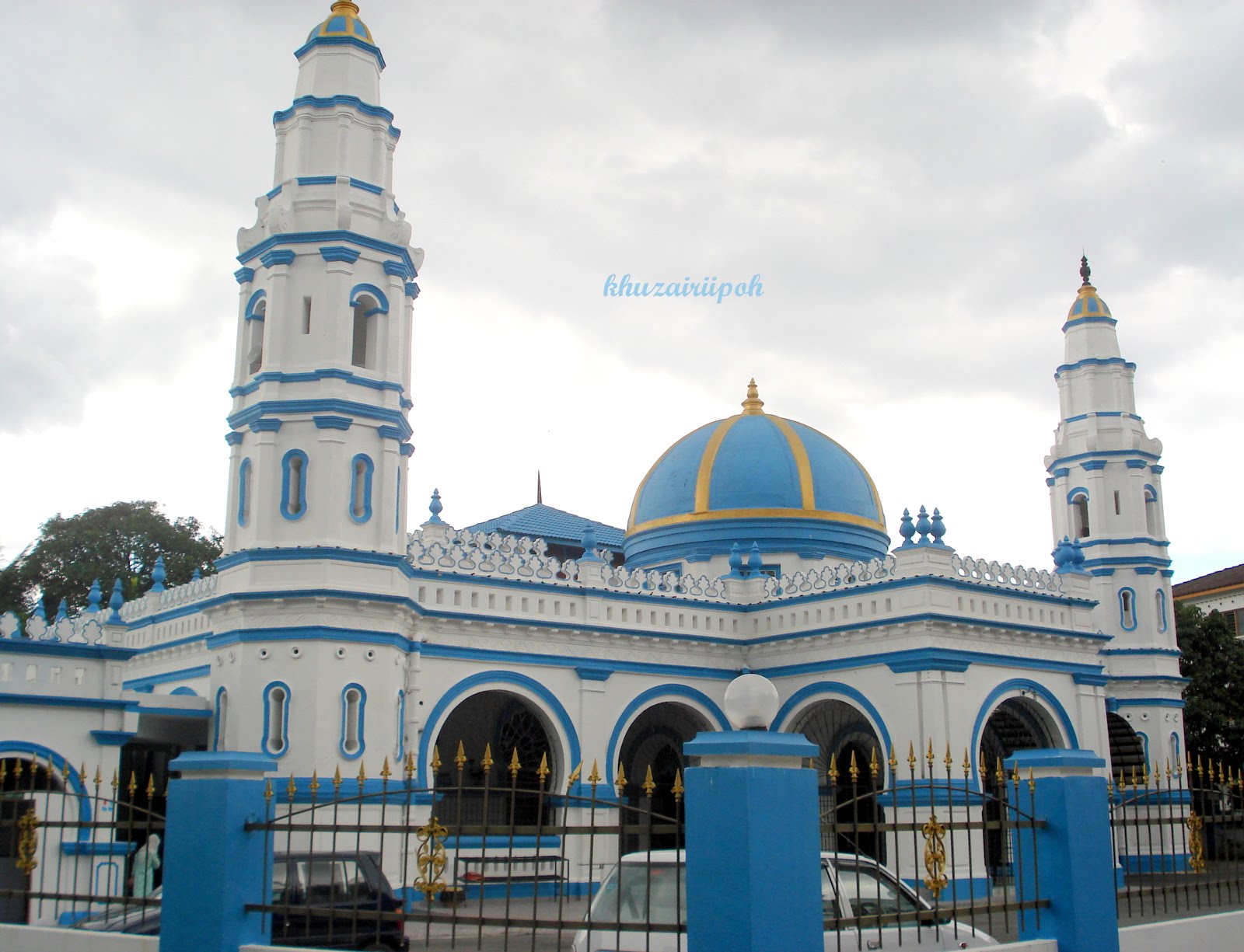
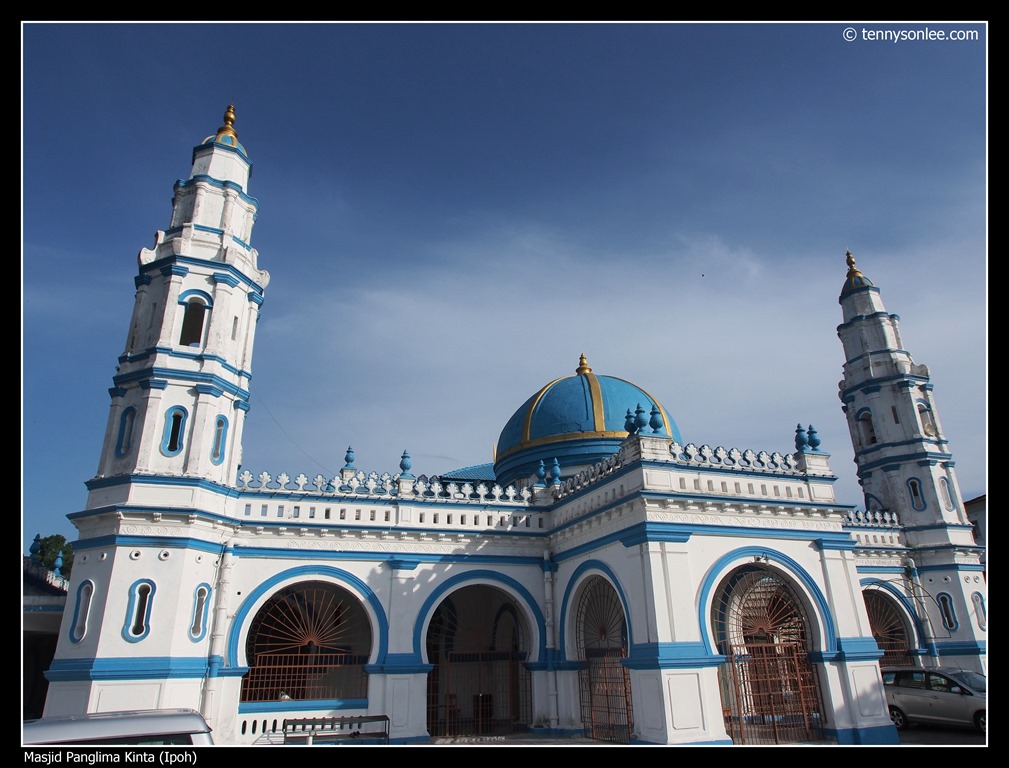
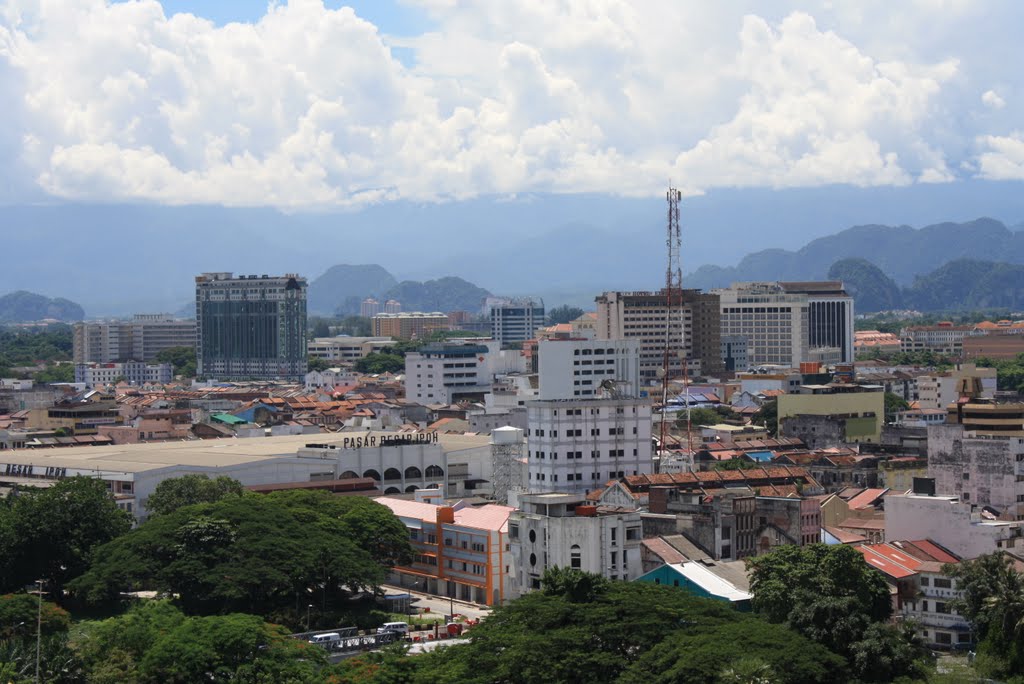
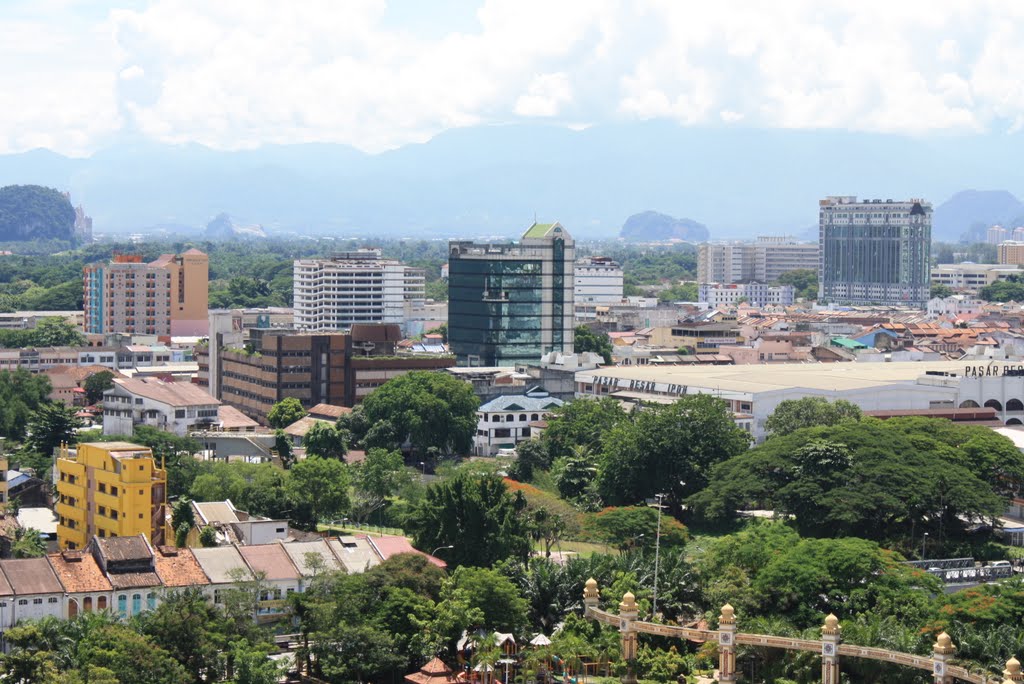
Ipoh
Early Beginnings
Legend goes, a long time ago when men were chivalrous and jungles were lush, an Admiral and his trusted men sailed from Sumatera traversing the Straits of Malacca into the Golden Kersonese. They scaled up the broad blue waters of the Kinta River, following their instincts and the liquid path the river offered. There was plenty of fish from the river to feed upon, and the jungle dwellers entertained these seafaring men with their forest calls, their melodious twitterings and barblings. Alas, the expedition had to end for the sailors had then reached a point where their vessel could no longer venture and the river would no longer allow them to navigate.
It was also a magical time where genies spoke, the orang kayangans (fairy-like beings) roamed and foresightedness of sorcerers revered. And so it was told a genie commanded that the district be named Kulop Kinta. And long after the expedition, where villages opened and communities flourished, the Admiral decided to make this his home, and he then assumed the royal post of Dato' Panglima Kinta.
"The Town that Tin Built"
Tin was transported in these to the smelting plant
It may very well be so, but curious enough Ipoh was never in the true sense a mining town.
It was marked in an English map, in 1880 as "Epu". And later in 1884, a French tin prospector described Ipoh as a Malay kampung. And not far from the truth it was. Ipoh was pioneered by the Malays who were attracted to the mining activities surrounding it. Back then, tin mining were very much in the hands of a Malay Chief, Dato' Panglima Kinta.
It was just its good fortune that Ipoh is located in the center of the tin mining area, the Kinta Valley. The lure of prosperity promised by prospecting tin was irresistible, tempting, almost seductive. And it was because of this that Ipoh saw a steady emigration of the Chinese. At first they came in small numbers, and by 1888 the Chinese population had swelled up to 38,000! From a mere frontier town, Ipoh became the center for tin collection and smelting.
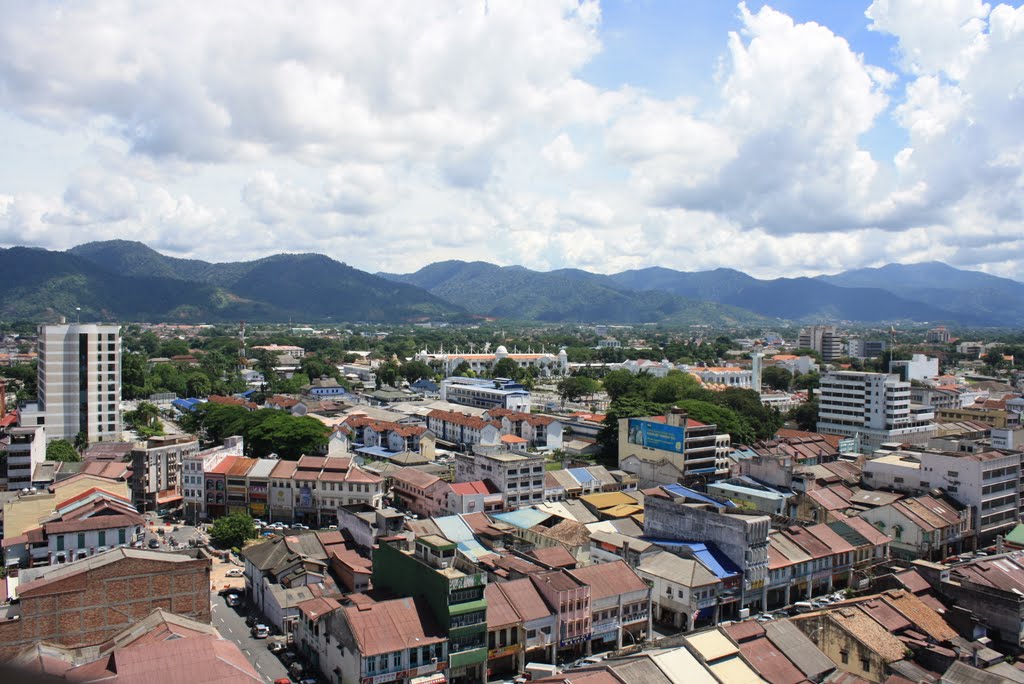
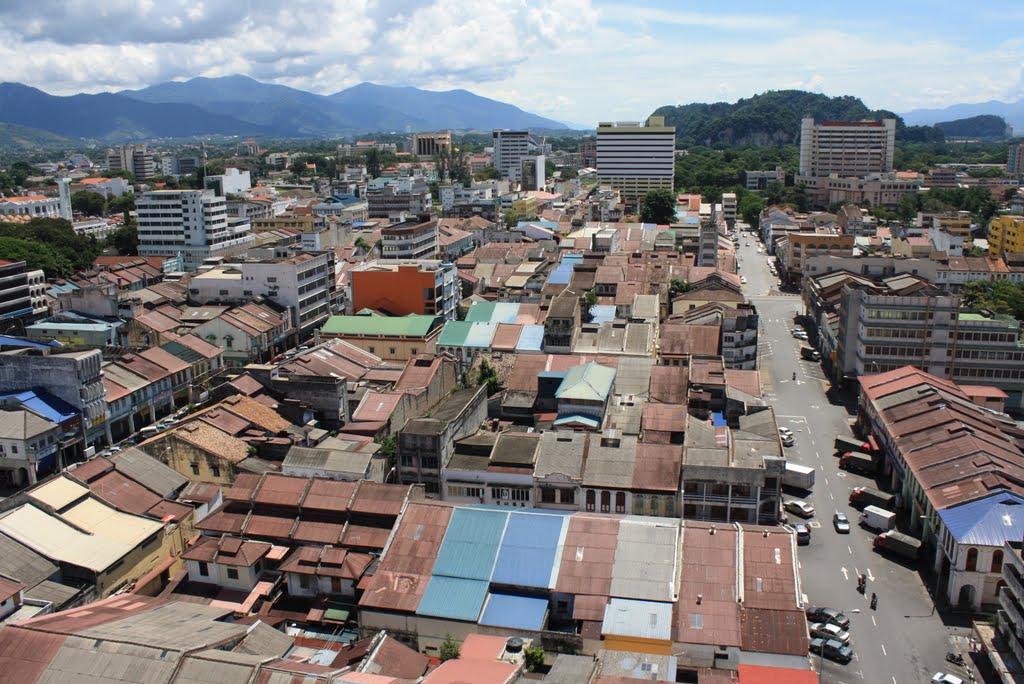
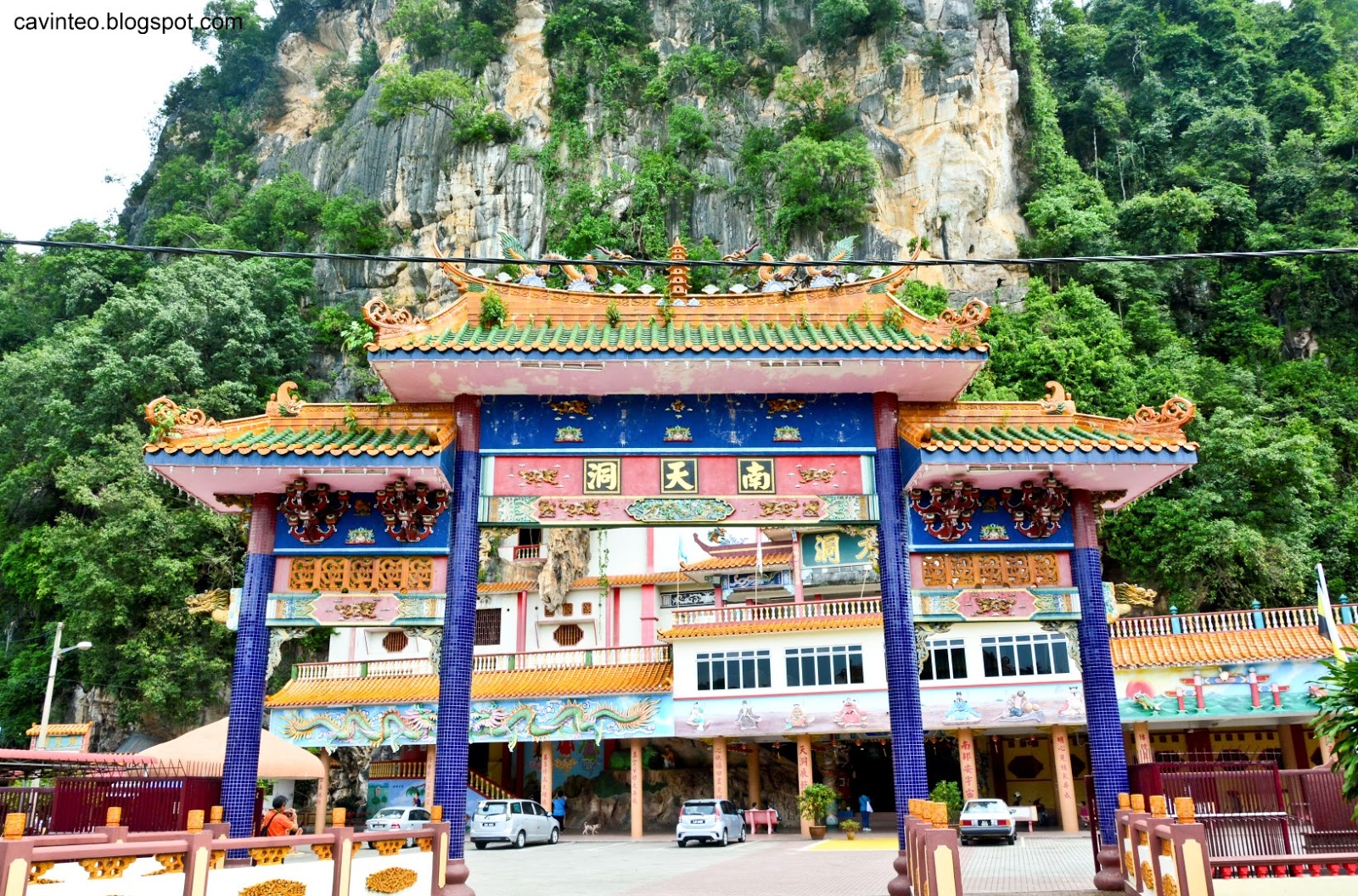
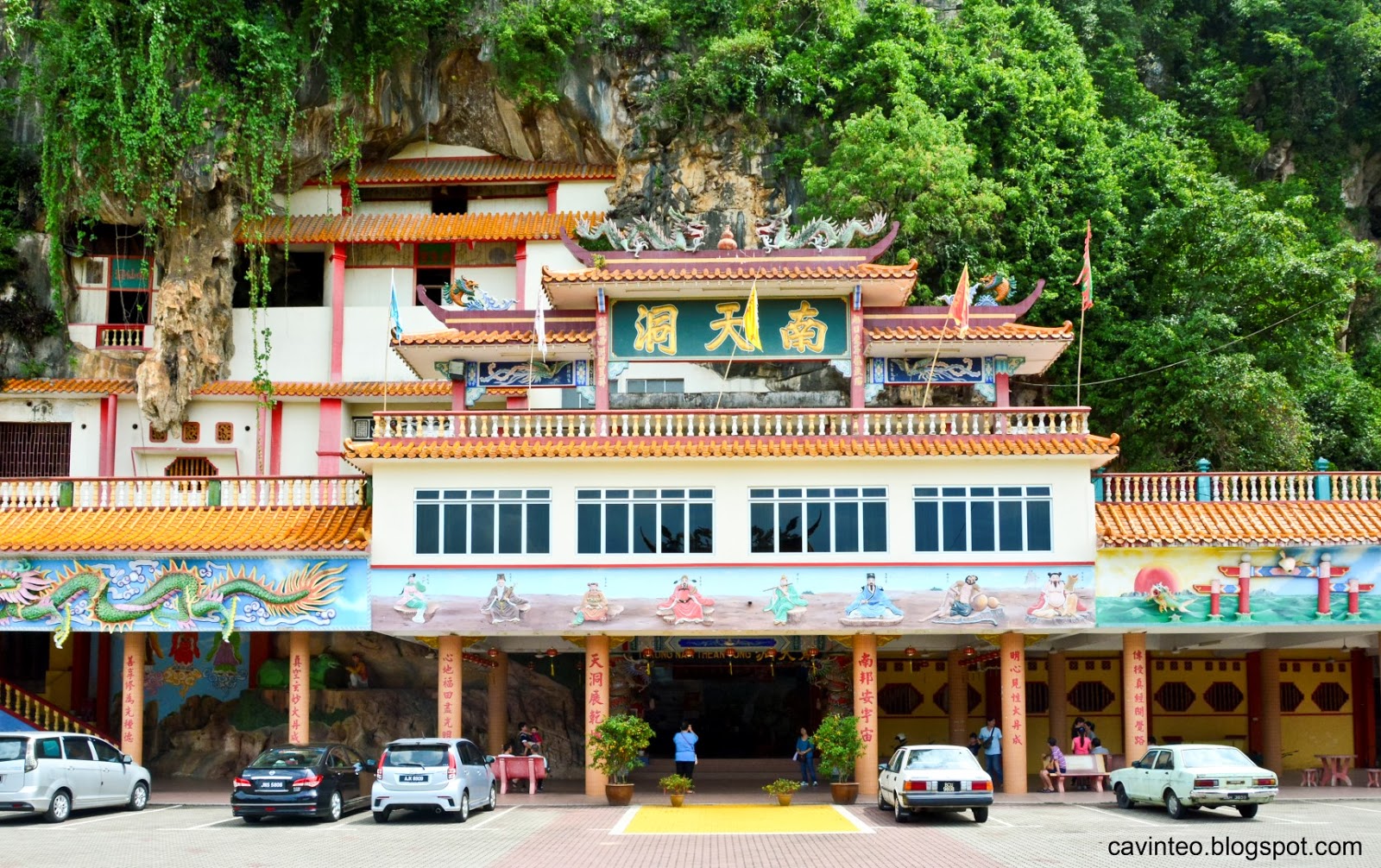
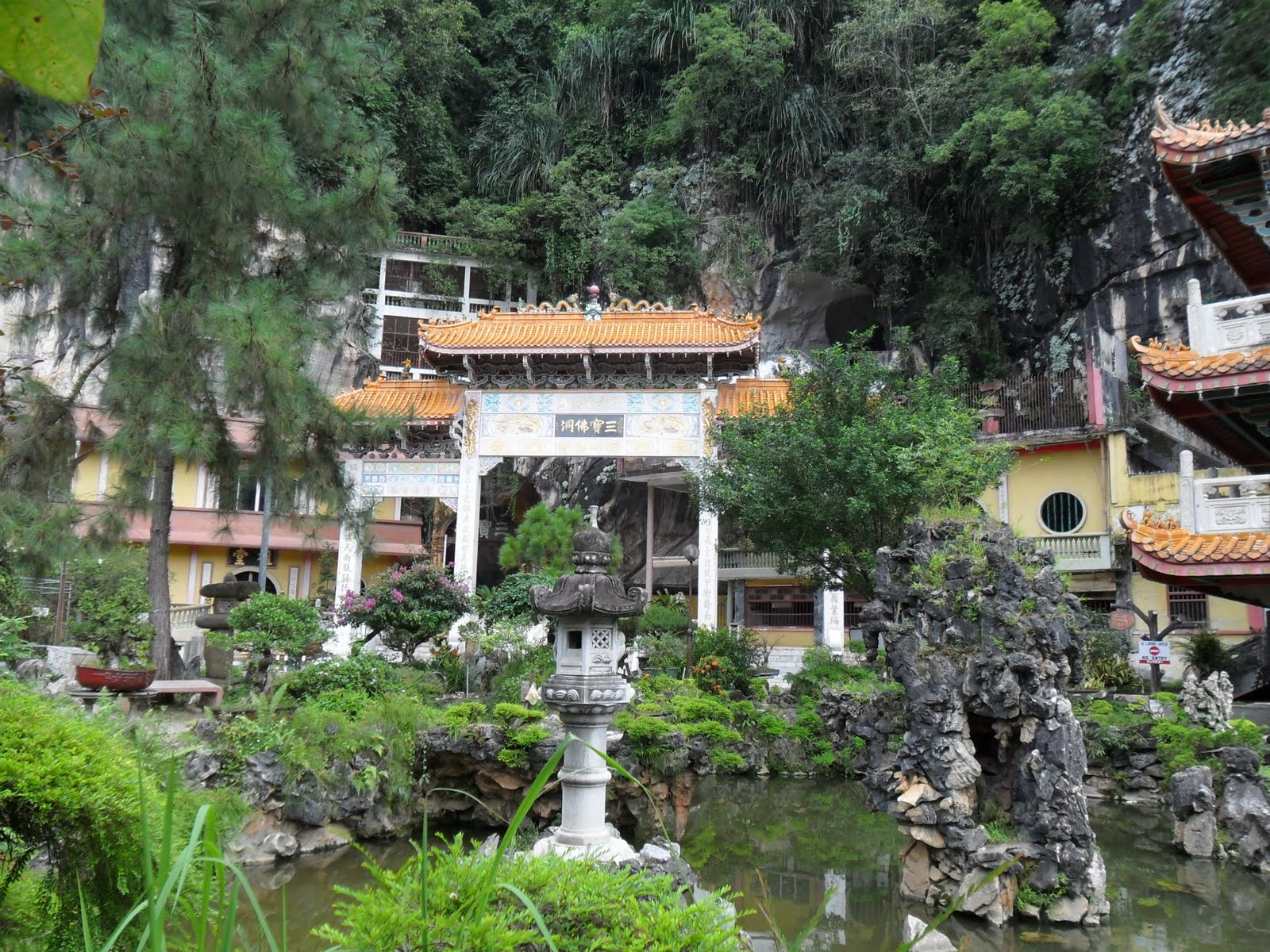
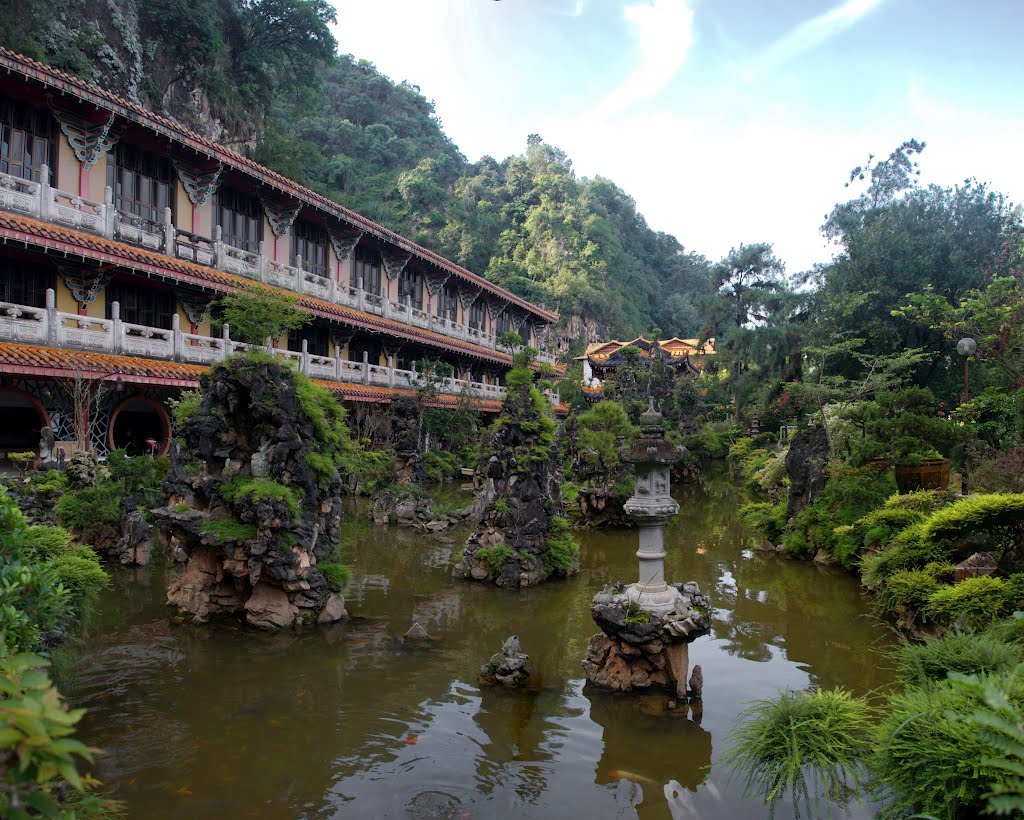
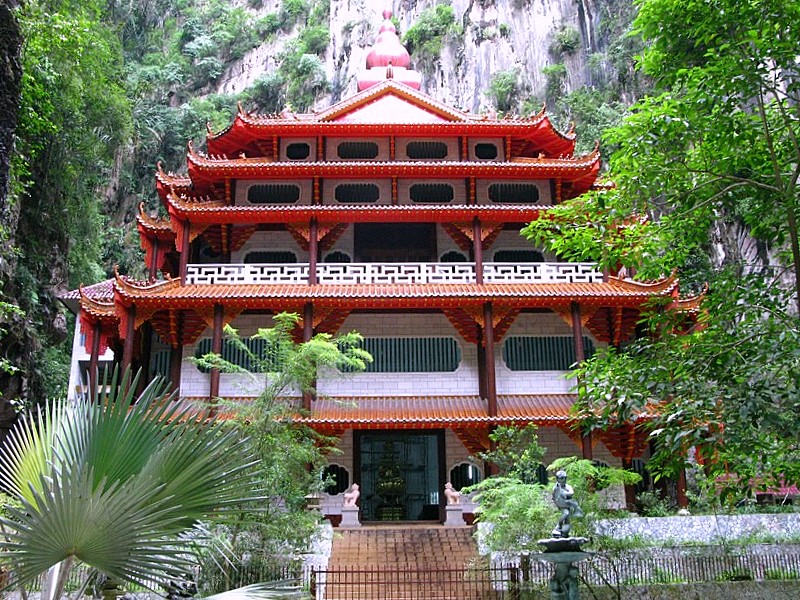
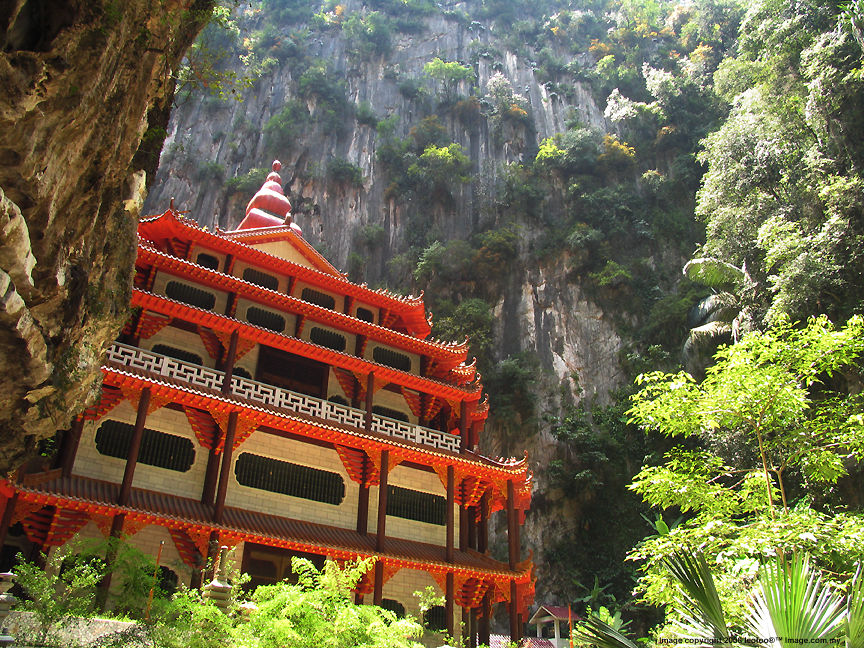
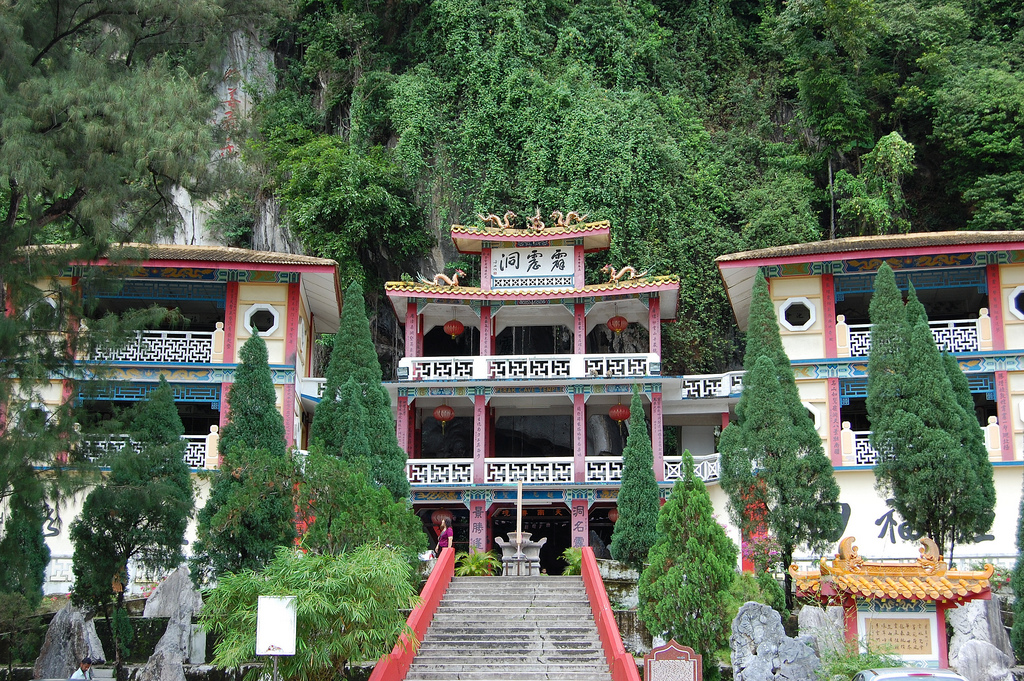
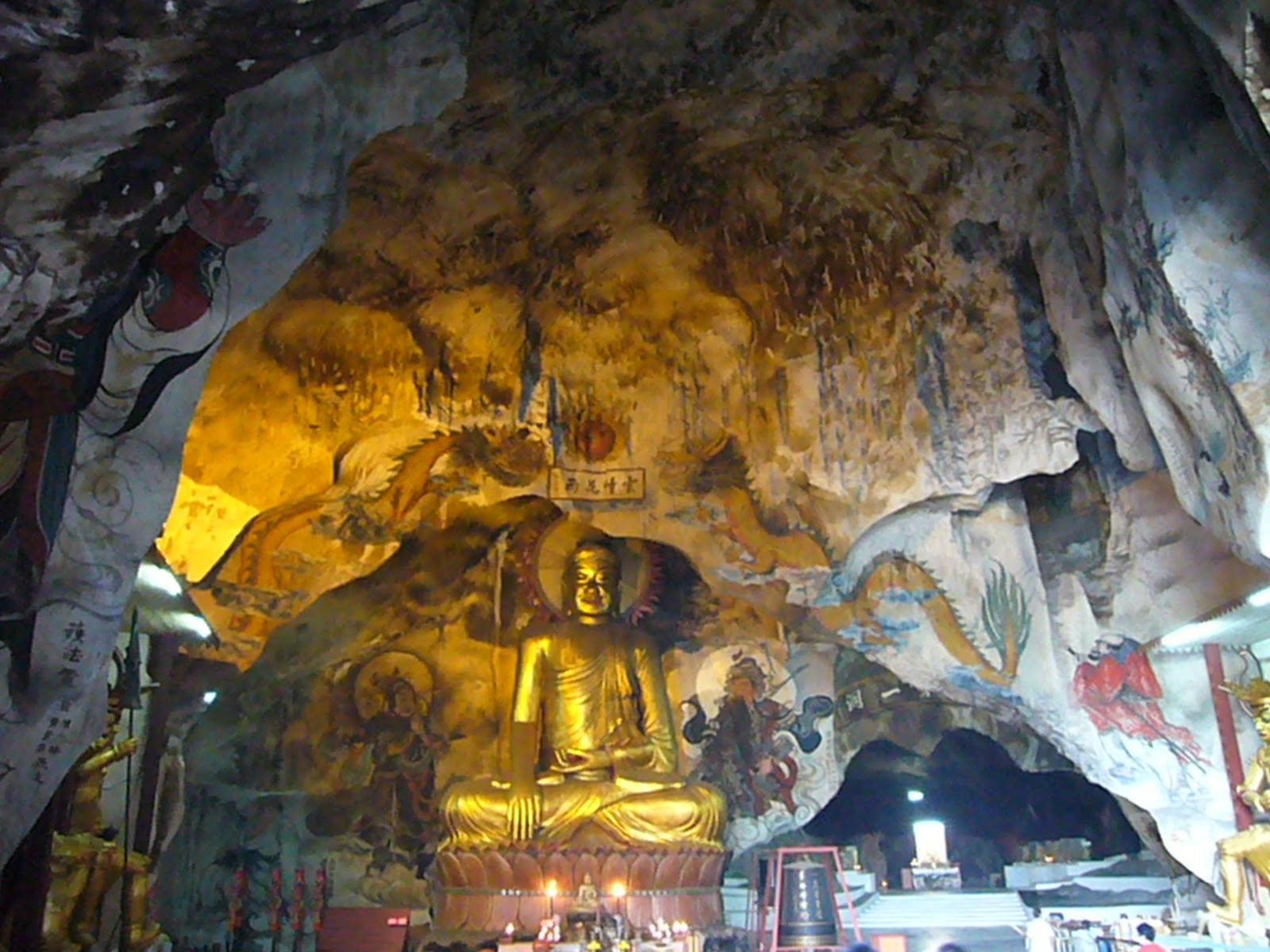
All About Ipoh
The Orang Asli call it Upas, and use its sap to coat the tips of the darts of their blowpipes. Others call the tree Ipoh. And this was the name that the people had chosen to call the town. In those days, Ipoh trees were found everywhere, in abundance. And for this reason we should be alarmed if not ashamed, that there are only two of these trees left!! One is standing in front of the Ipoh Train Station, and the other can be found in Taman D.R. Seenivasagam.
The Kinta River basically runs through the middle of the town. In 1892, a great fire gutted the East part of Ipoh. The town had to be rebuild, looking all new and grand, and rightfully so, it became to be known as "New Town". The reconstruction of the New Town also made way to deliberate town planning. And this explains why buildings file along roads that are set into systematic grids.
Another curious fact about Ipoh is that, although it was a rich town, it was not the original administrative centre of Perak. Even more curious, it was not the British, but the Japanese that provided the turning point for Ipoh. During their occupation of Malaya in 1941, the Japanese Imperial Army transferred all administrative concerns from Batu Gajah and Taiping to Ipoh. Funny enough, the British actually endorsed this arrangement when they returned to power, and continued to retain Ipoh as Perak's administrative centre.
The happy thing about Ipoh is that it has retained much of the charm that enveloped it during its heyday. The buildings built from the money derived from tin (and amassed by the colonials) did everything to expose the identity of the nationality of the men who designed them. Big trees with wide canopy that line the suburban Ipoh roads provide glimpses of the British want for greenery and shade from the grueling tropical sun.
Let's begin our journey at a place which will reveal all you want to know about the history of (mostly) Ipoh. The Perak Museum was erected in 1926 by a rich and successful tin miner called Foo Choong Kit. Back then, he built it for his own private domain, and it was told that once forty people were counted to be living in this house. The house did not stay long with the family. In 1950 it was sold to the Perak Government which utilised these premises to house the administrative centre of its Department of Works. It was not until 1992 that this building finally graduated to become a museum.
Have a browse through the museum. You can begin your tour by learning about the early history of Perak. Here you will be introduced to the many characters that moulded the state. Get to know all the important who's who. Find out who Hugh Low was, and what Swettenham achieved, or whether Clarke made any difference in his policies. There are plenty of pictures of British administrators and rulers who played enormously significant role in the building of Perak and Malaya..
If you are interested in architecture and would like to tour the town later, there is a room which enlightens you with a pictorial guide of most of the important and beautiful colonial buildings in Perak. This may help you later to identify the various buildings in town.
The museum also displays other historical facets, and in particular tin mining and various other industrial and commercial activities that are of importance to Perak.
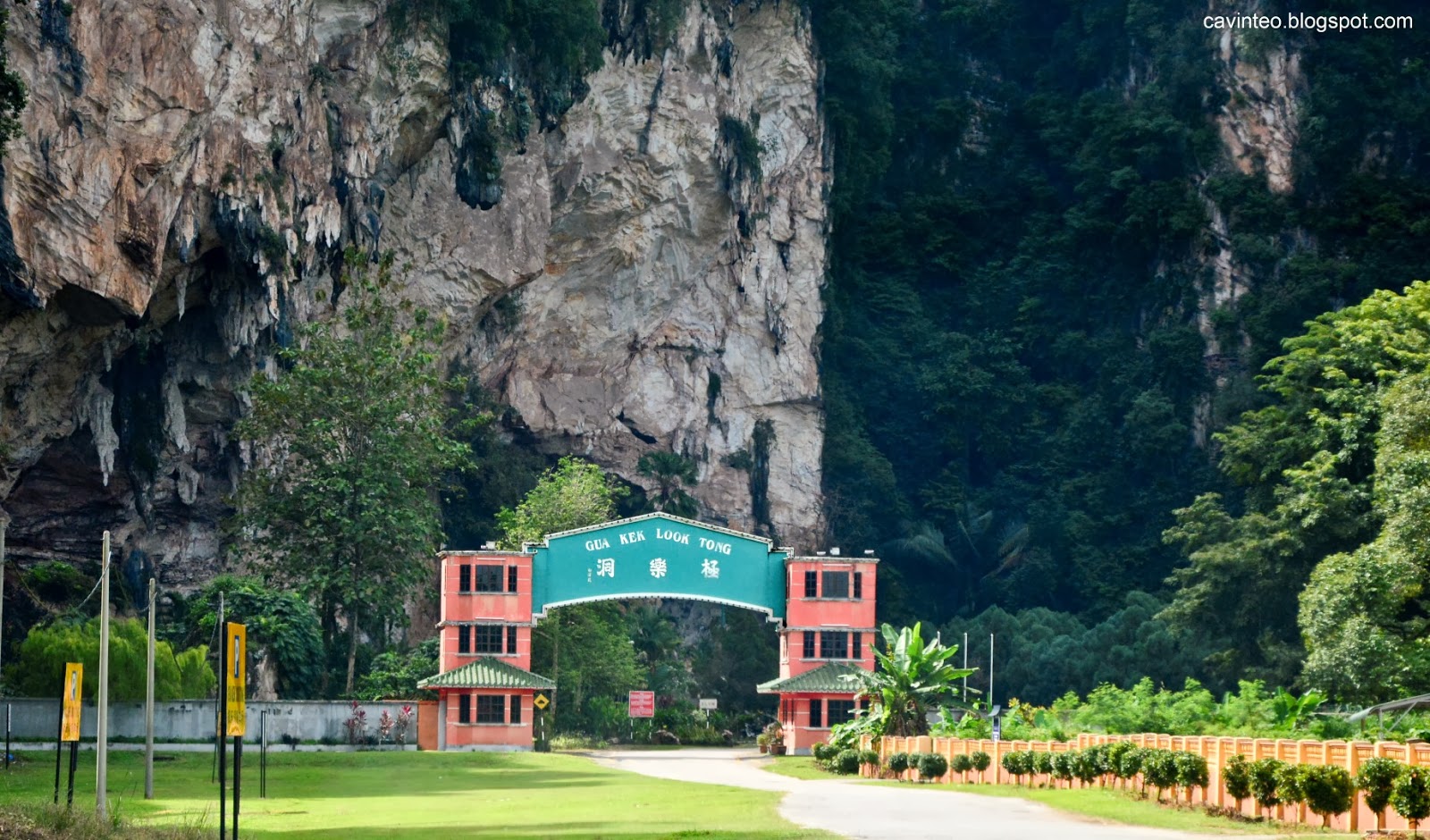
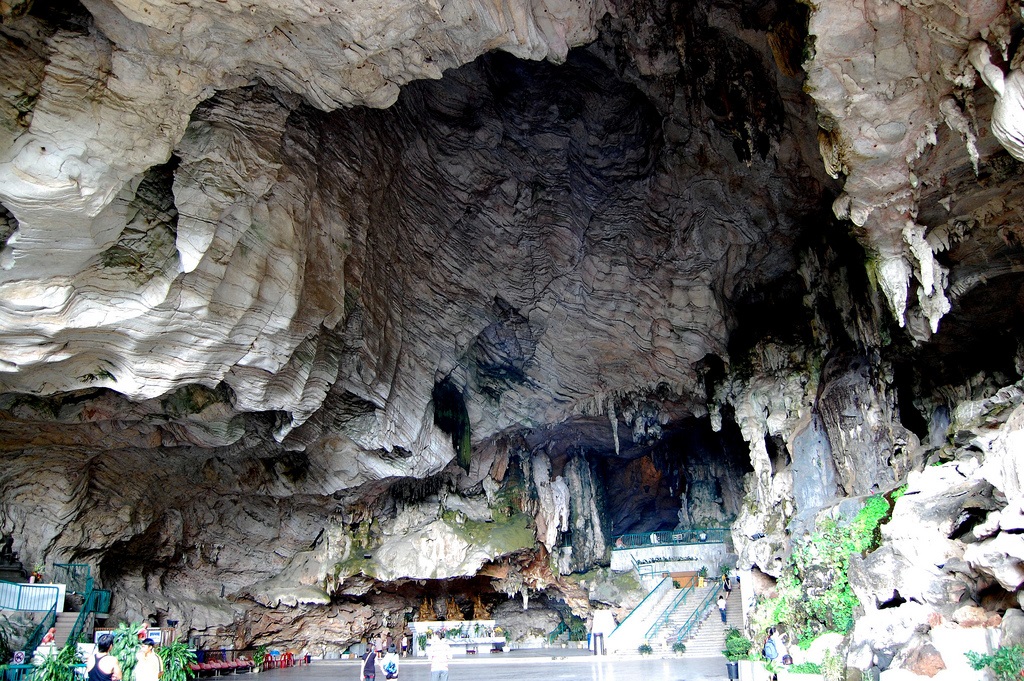
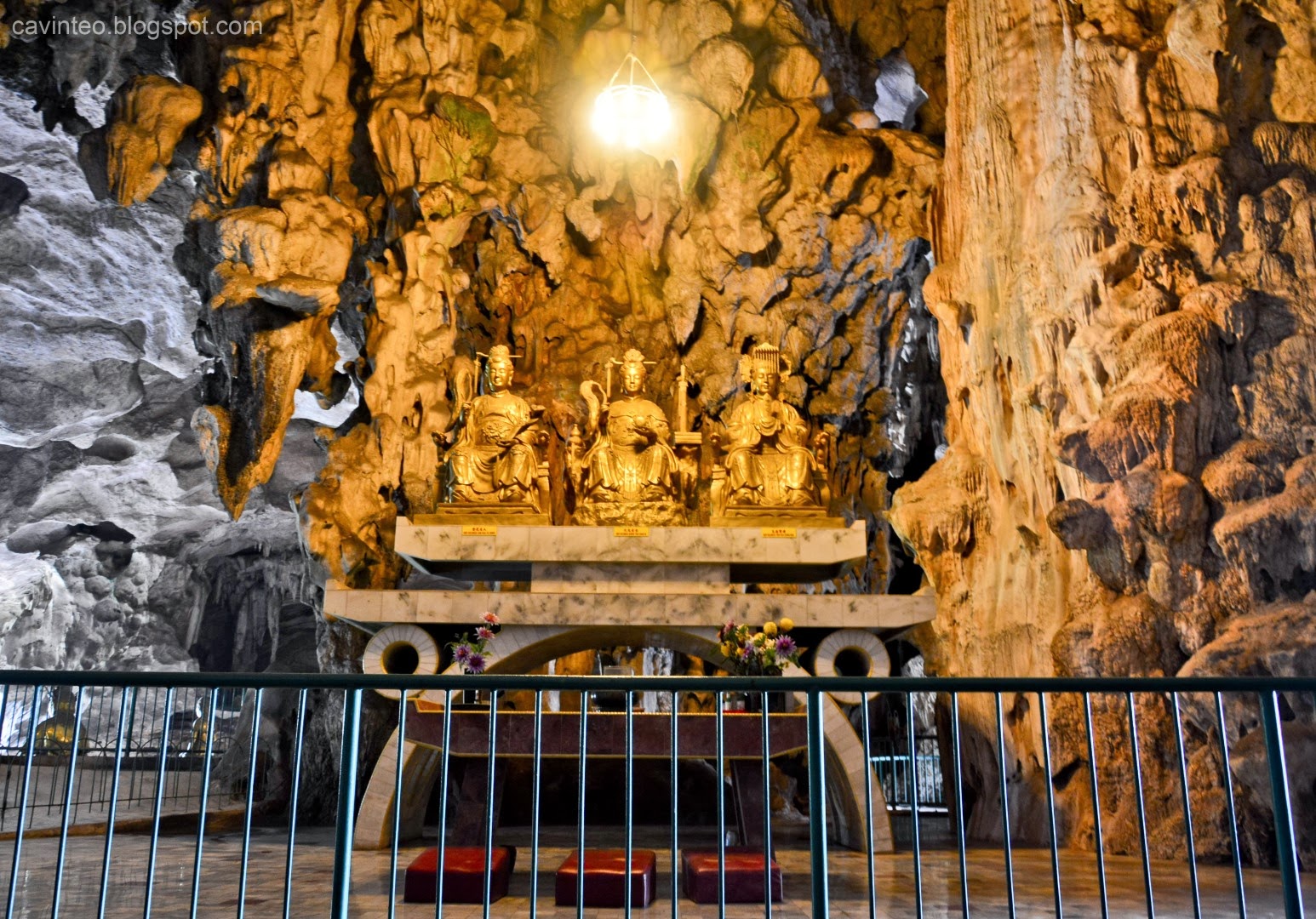
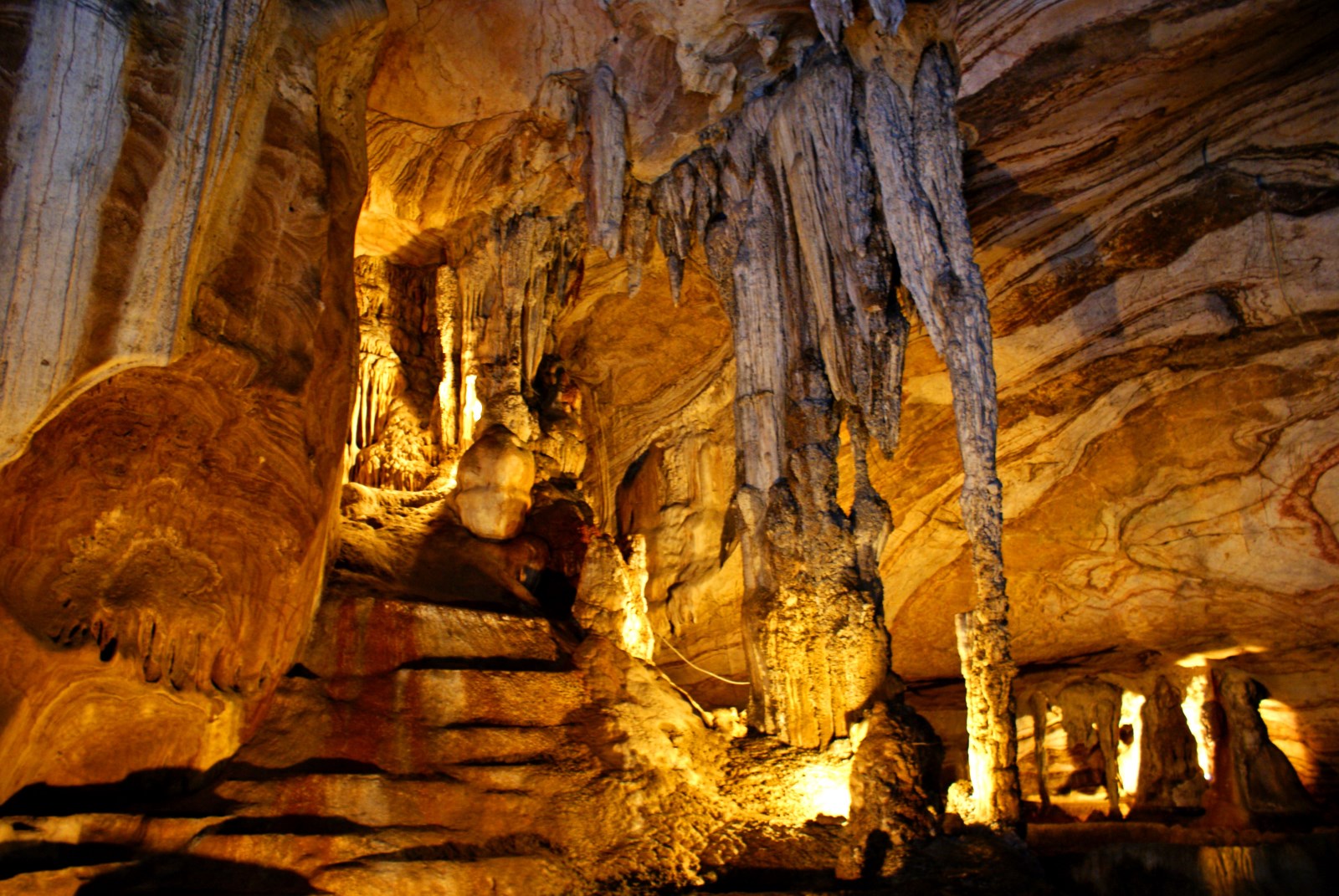
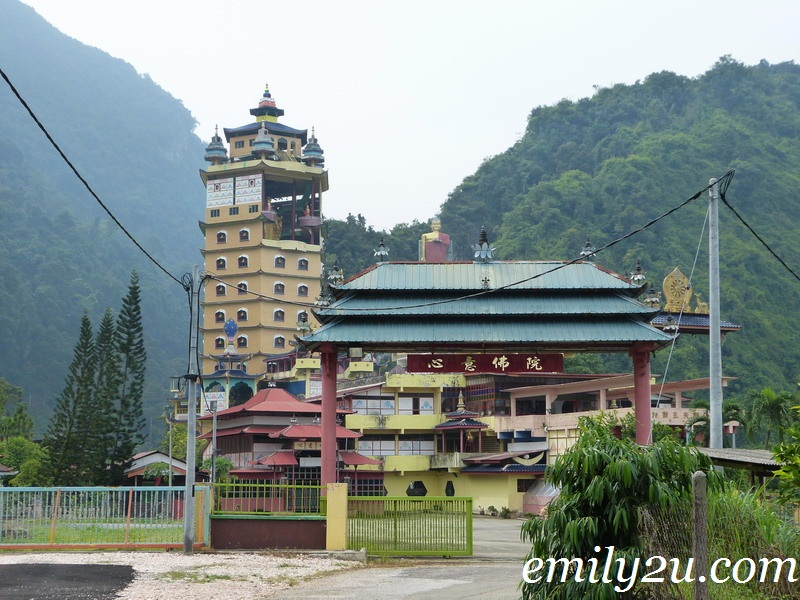
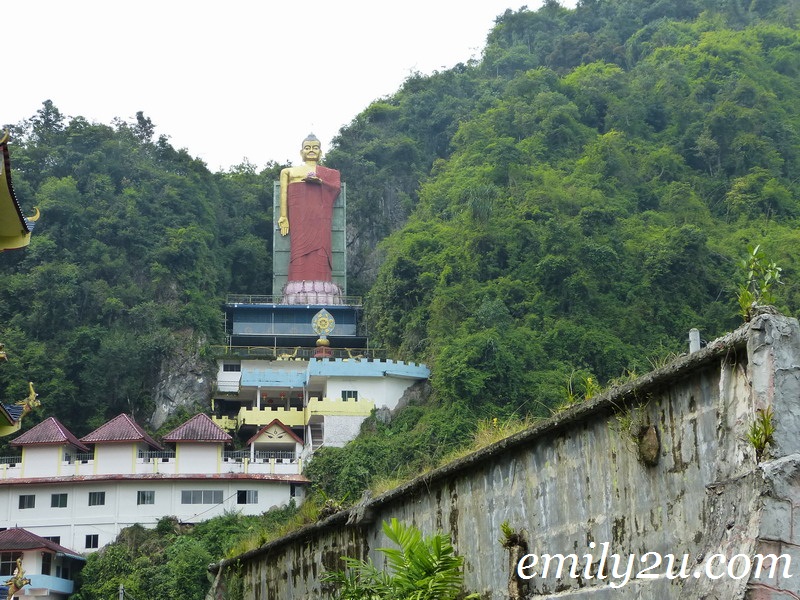
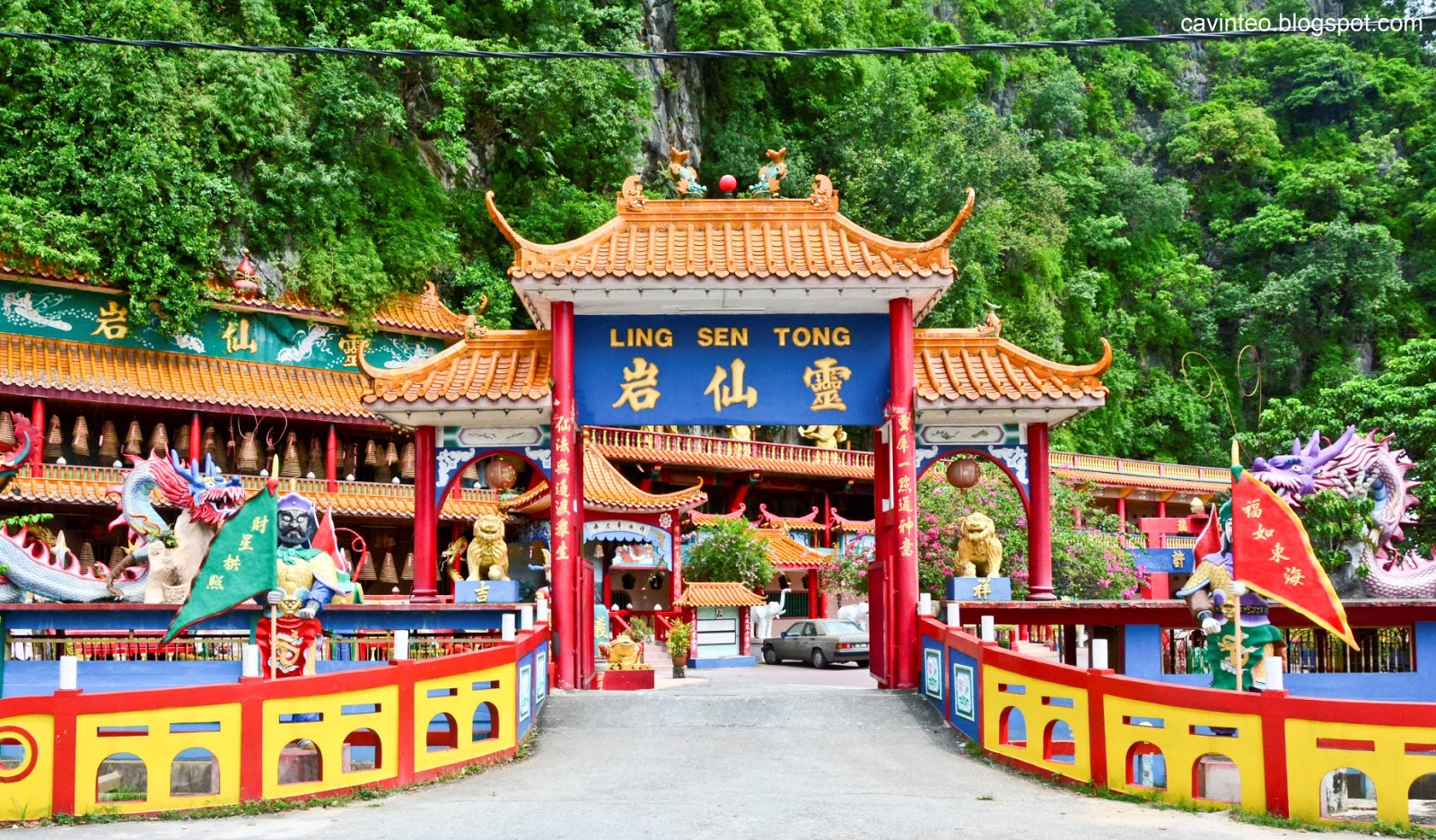
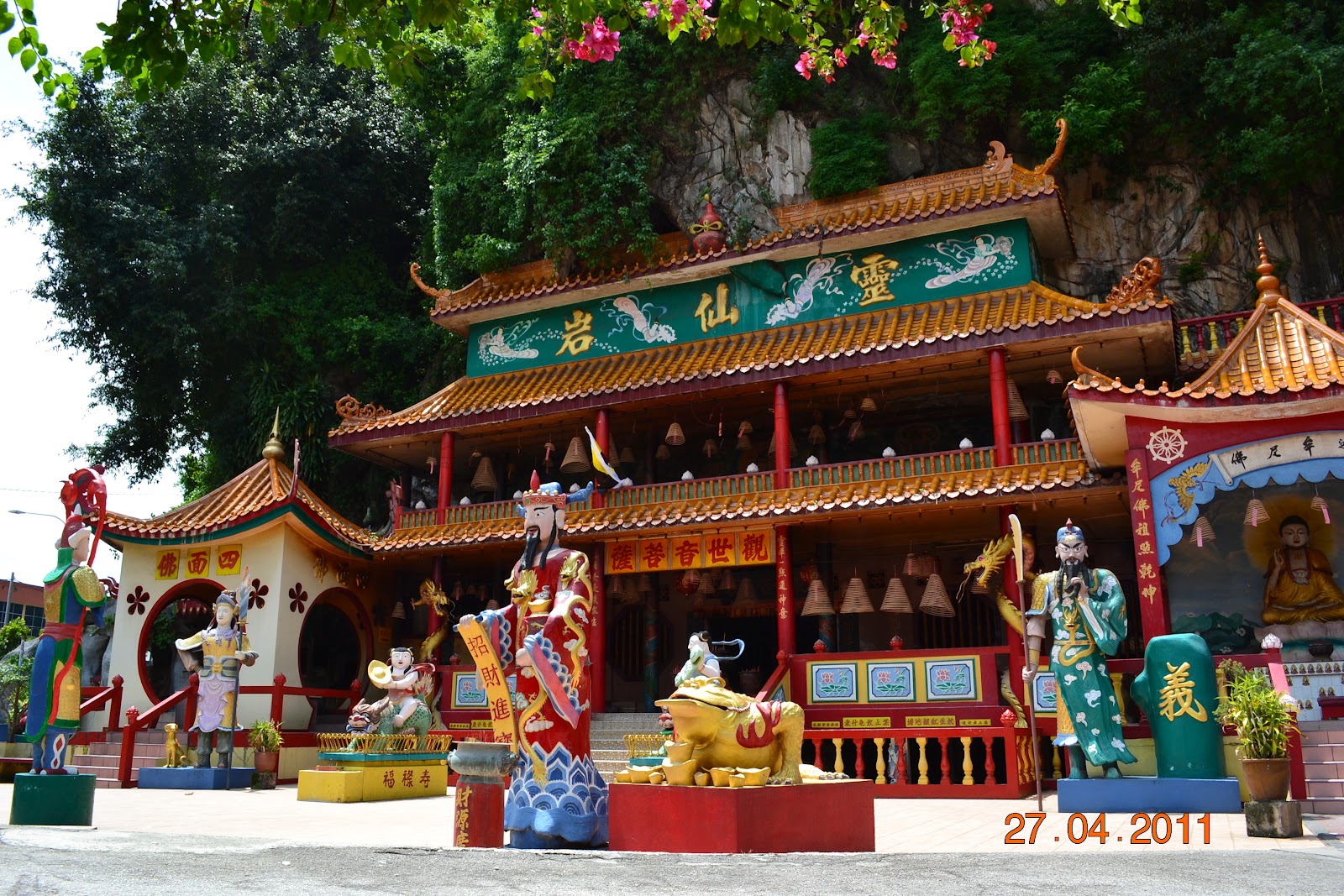
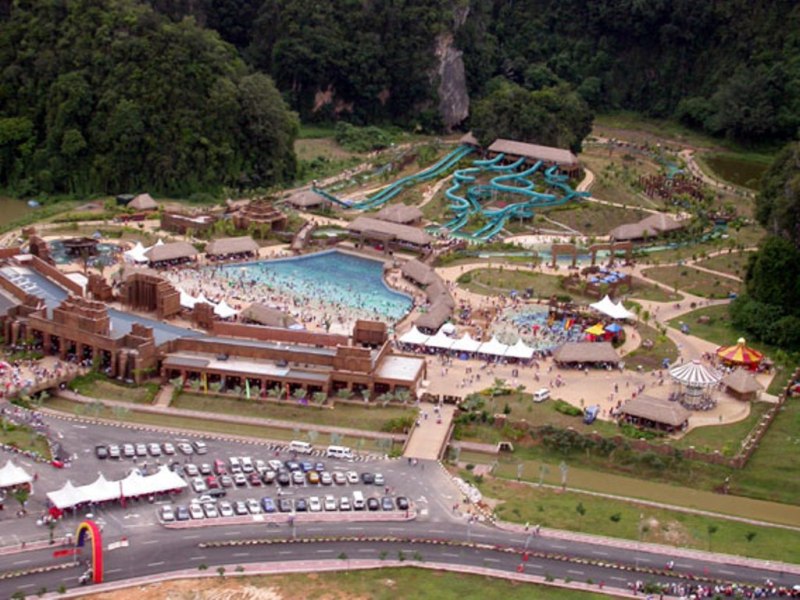
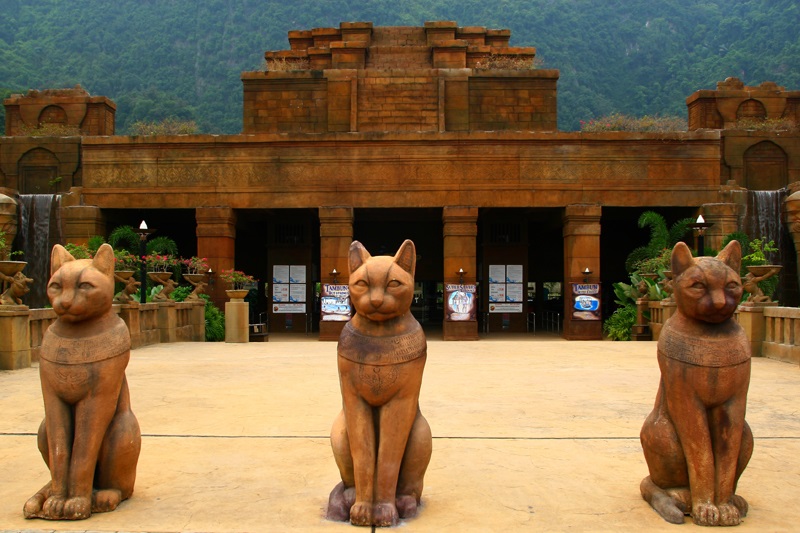
The museum opens all week from 9.30am-5pm.
Perhaps the grandest and biggest of all the old colonial buildings in Ipoh is the St Michael's School. The St Michael's school was opened by a group of La Salle Brothers in 1912. Fitting to its name and the mission of its founders, St. Michael's was one of the more prestigious Christian missionary schools in Perak. And because appearance tells a lot about an institution, St Michael's architecture and façade are reminiscence of a true Christian masterpiece. The architecture is absolutely brilliant. You can't get enough from appreciating the carefully decorated gables and the lovely wide arched verandahs that run the entire length of the school. Right in front of it stretches the school green. If you're lucky, you may spot the school band marching up and down the field playing some musical score in their full regalia.
Even the Japanese army could not stay away from St Michael's. During the Japanese occupation, this army converted the school for its centre of administration for the state of Perak.
http://www.journeymalaysia.com/MC_ipoh.htm
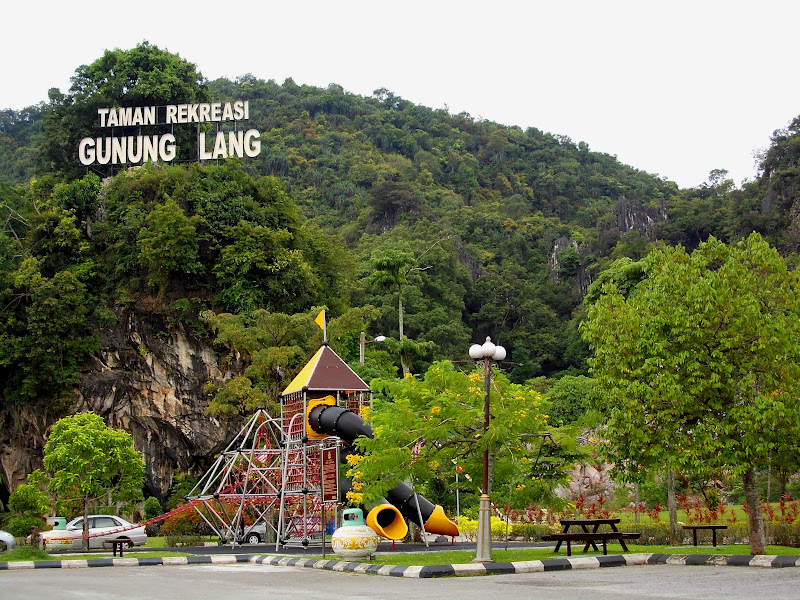
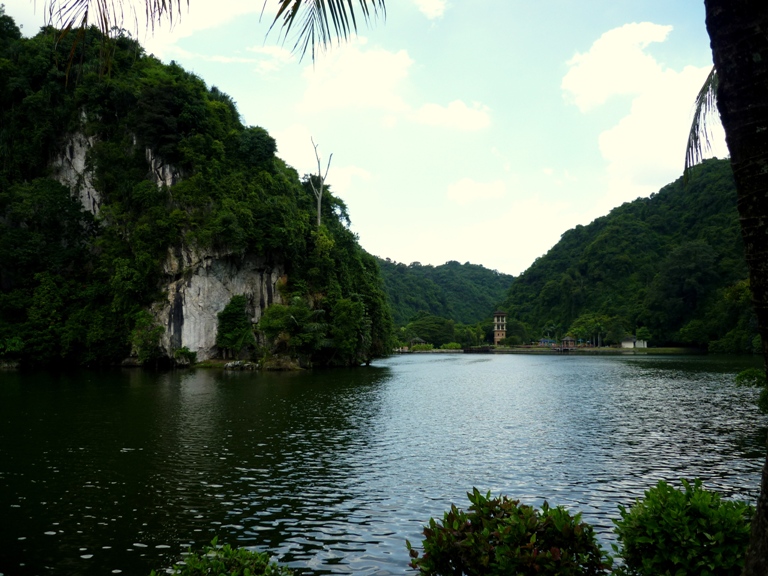
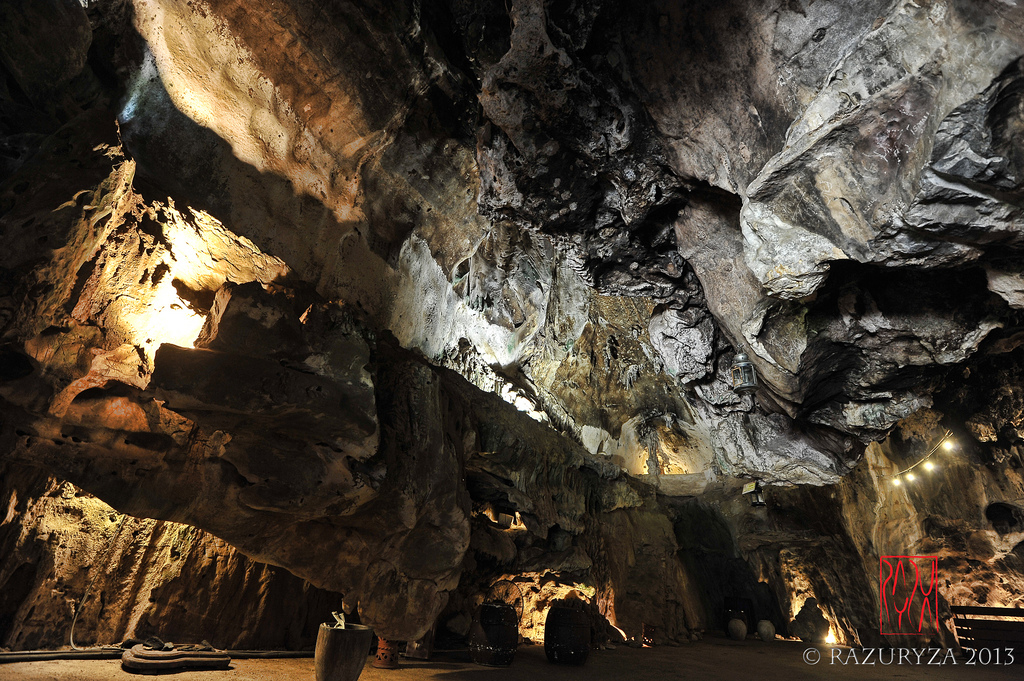
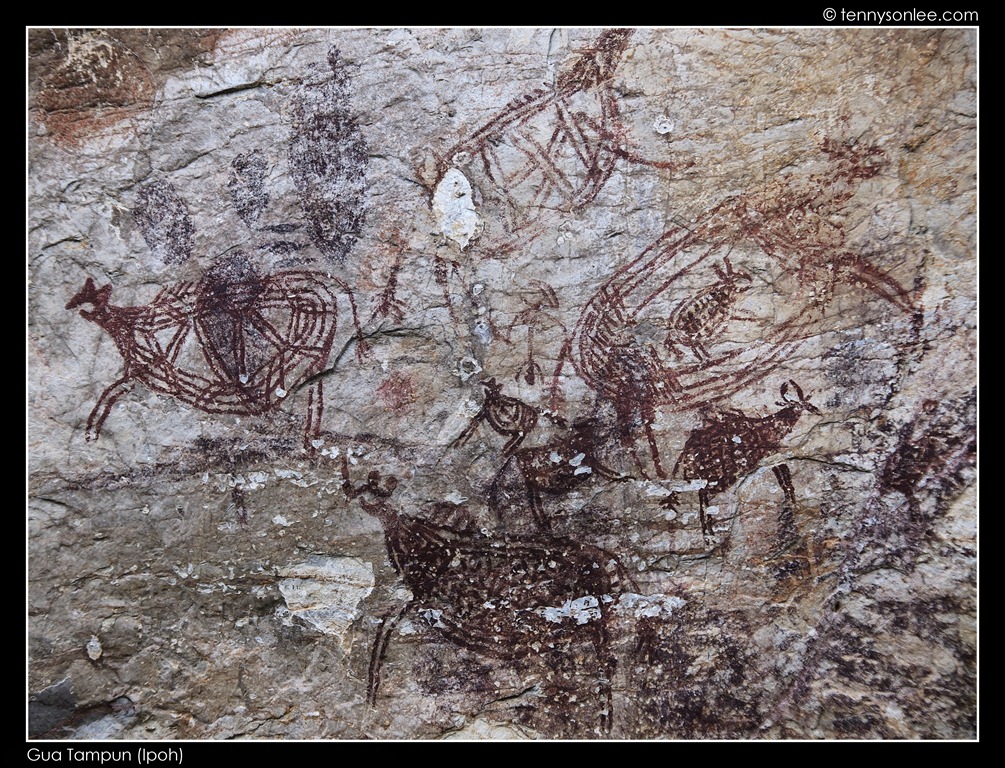
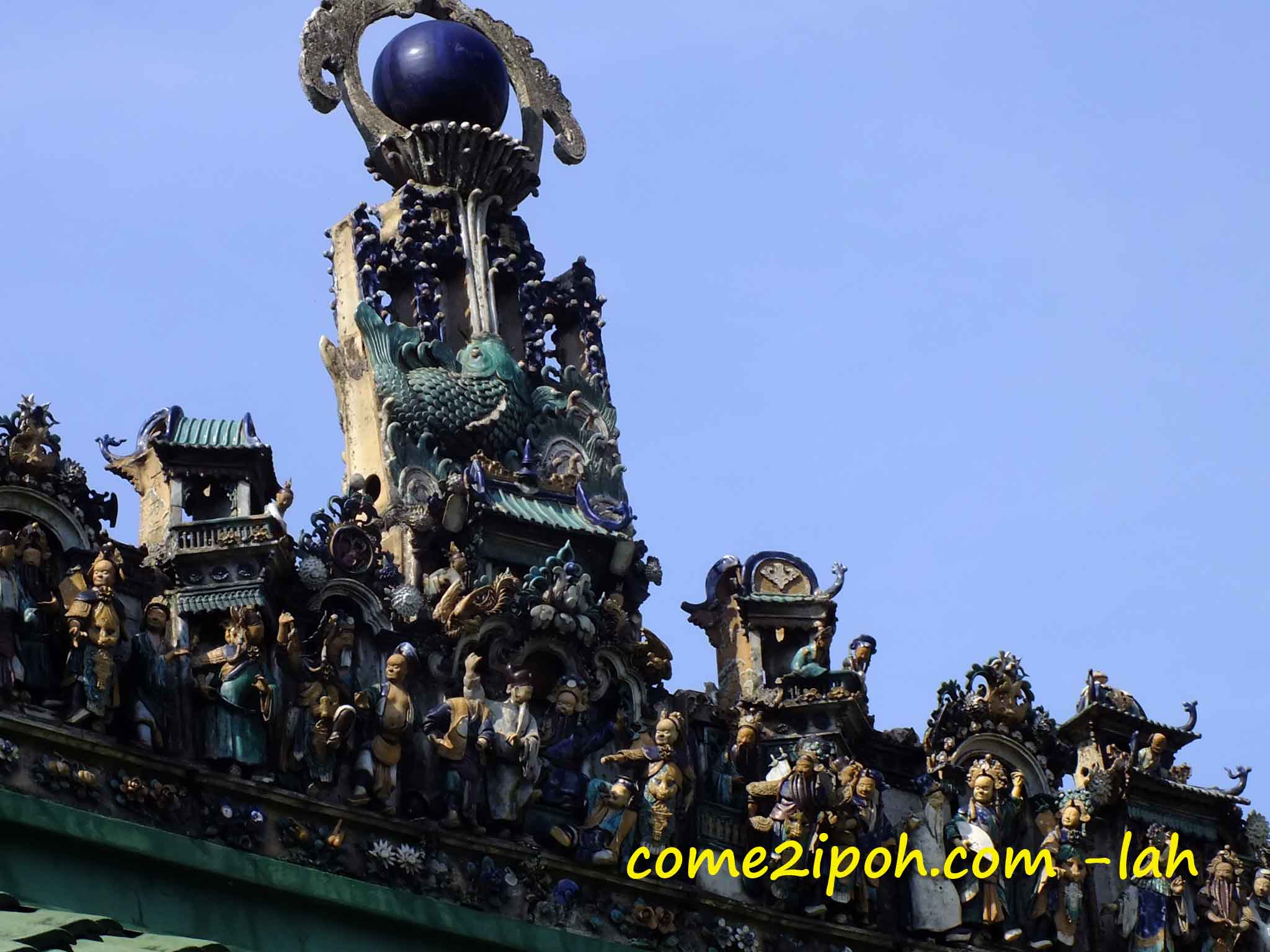
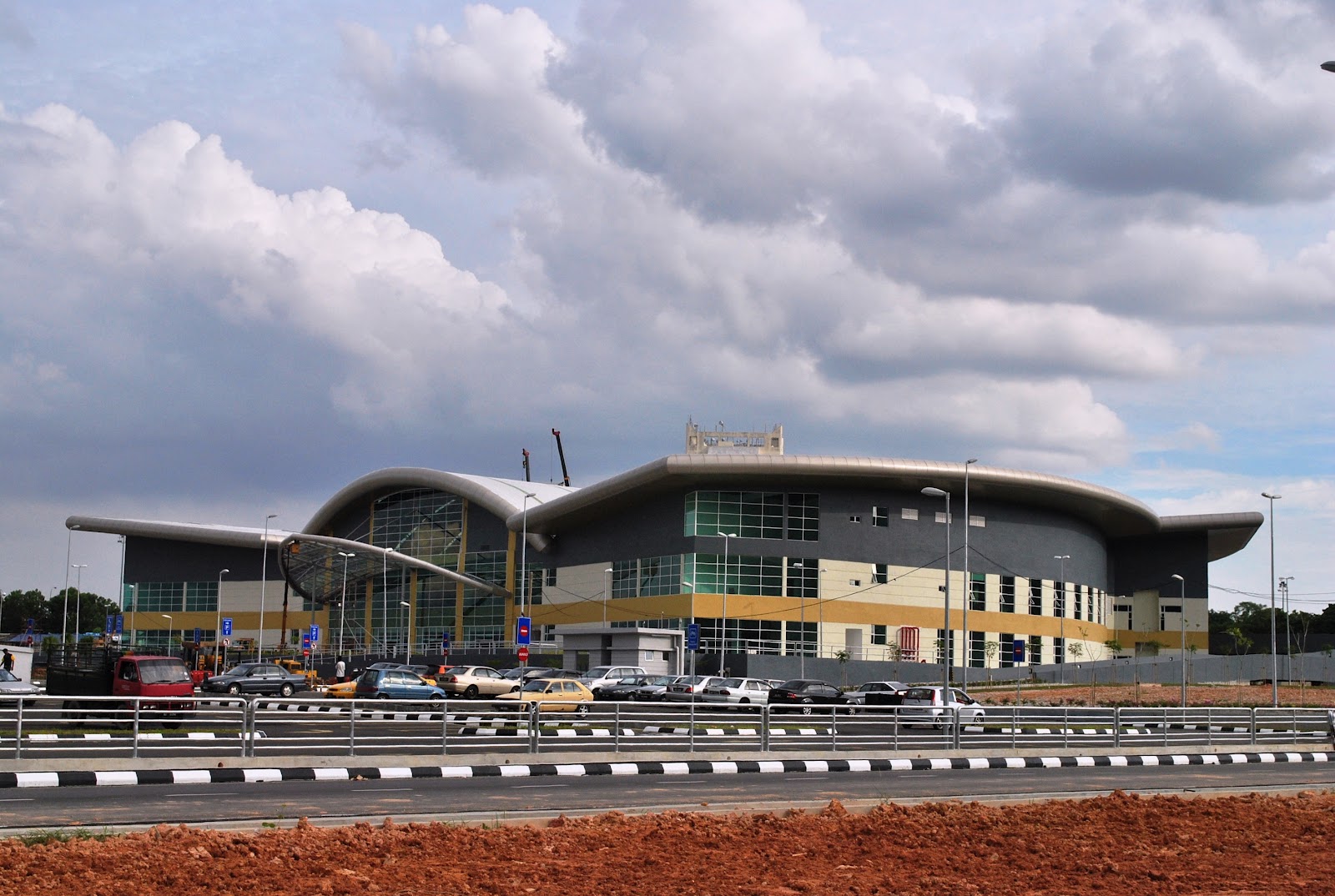
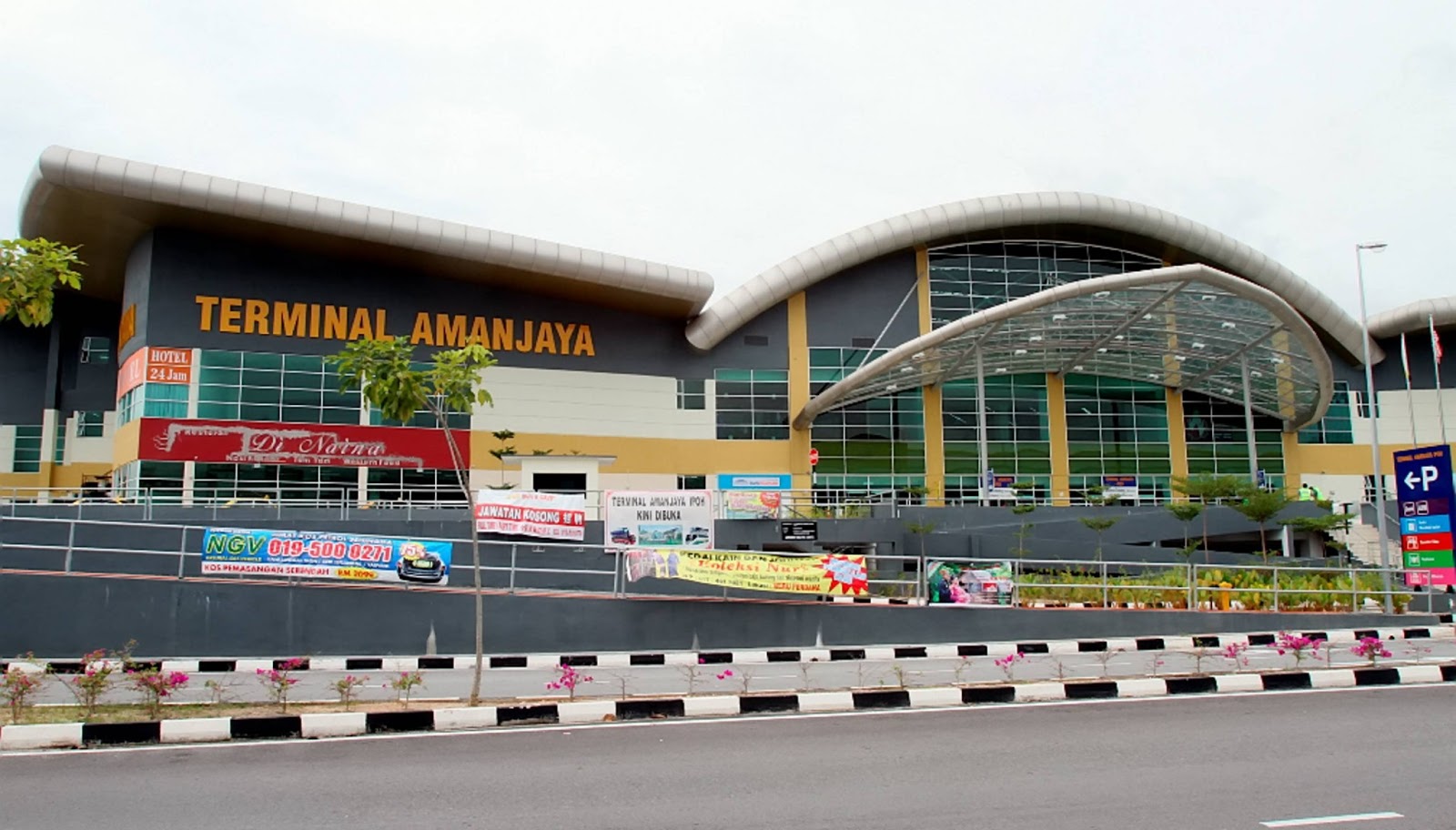
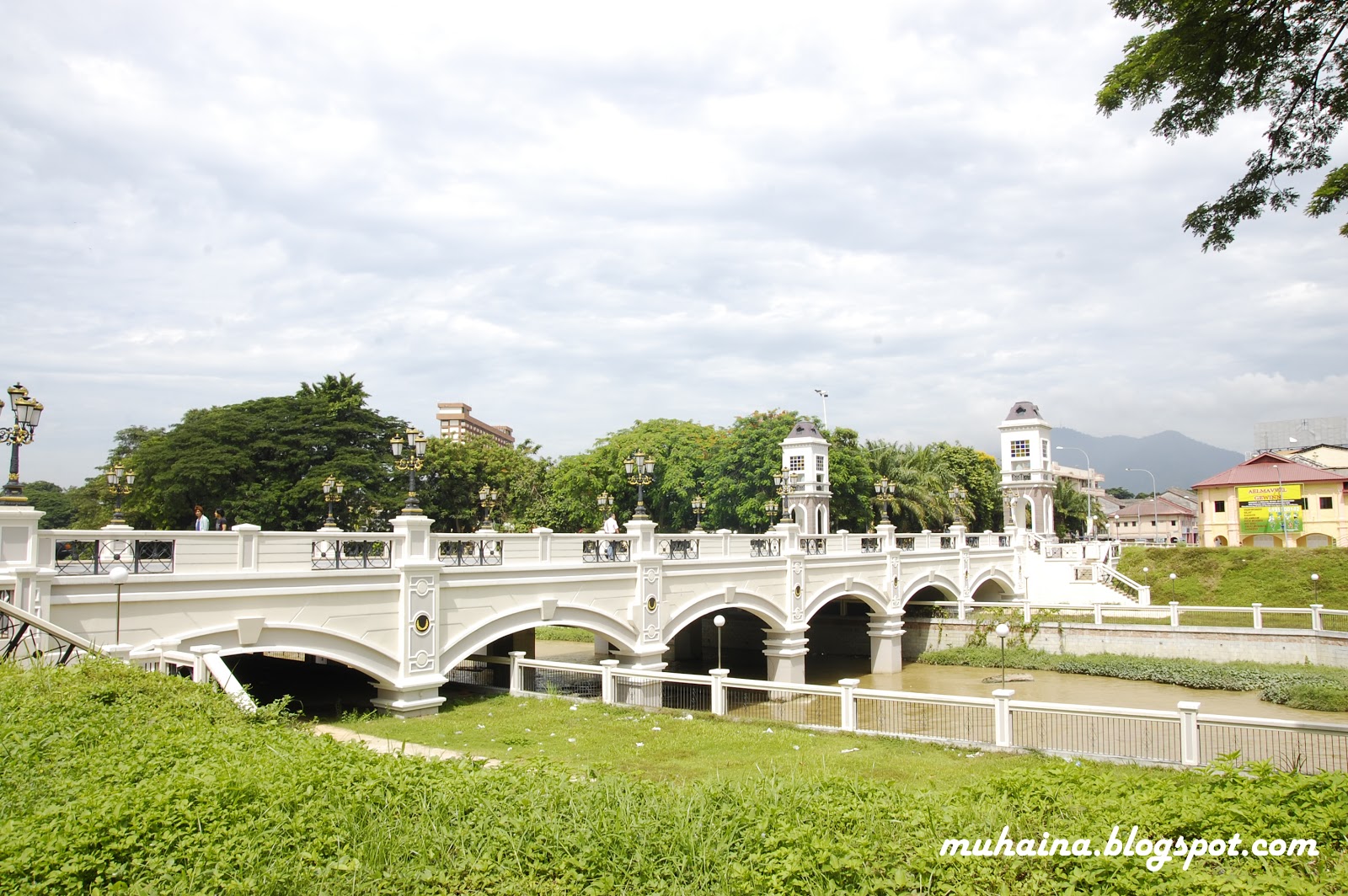
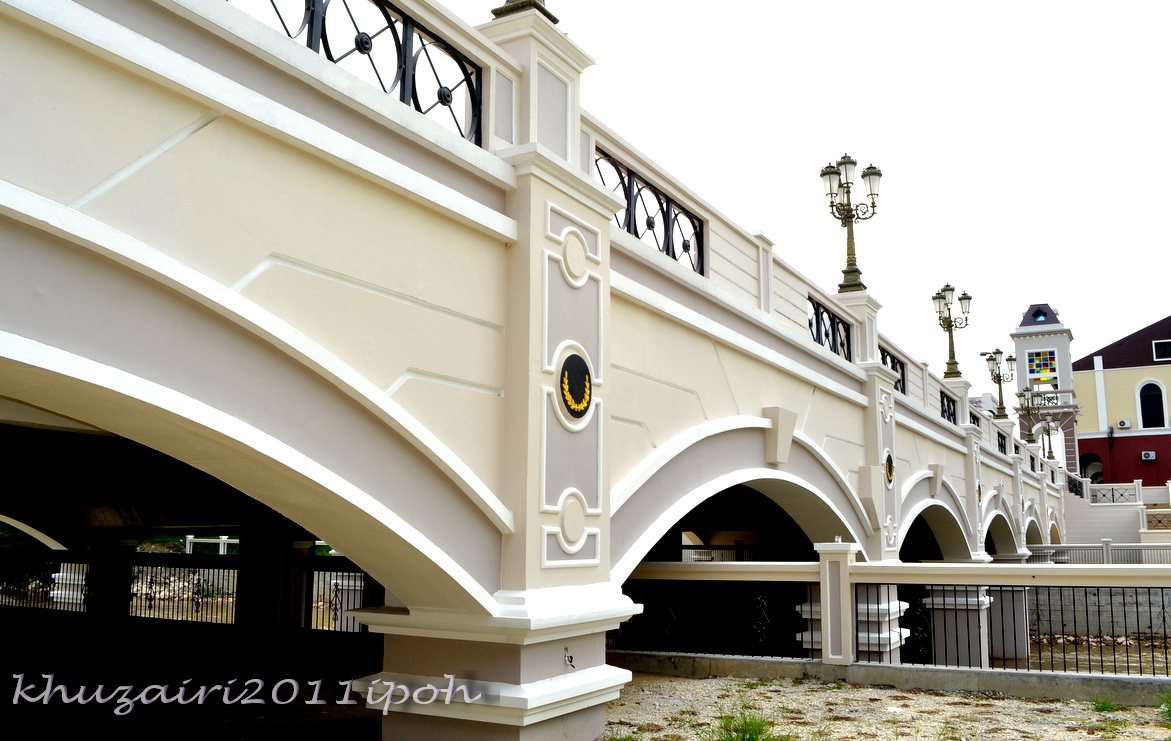
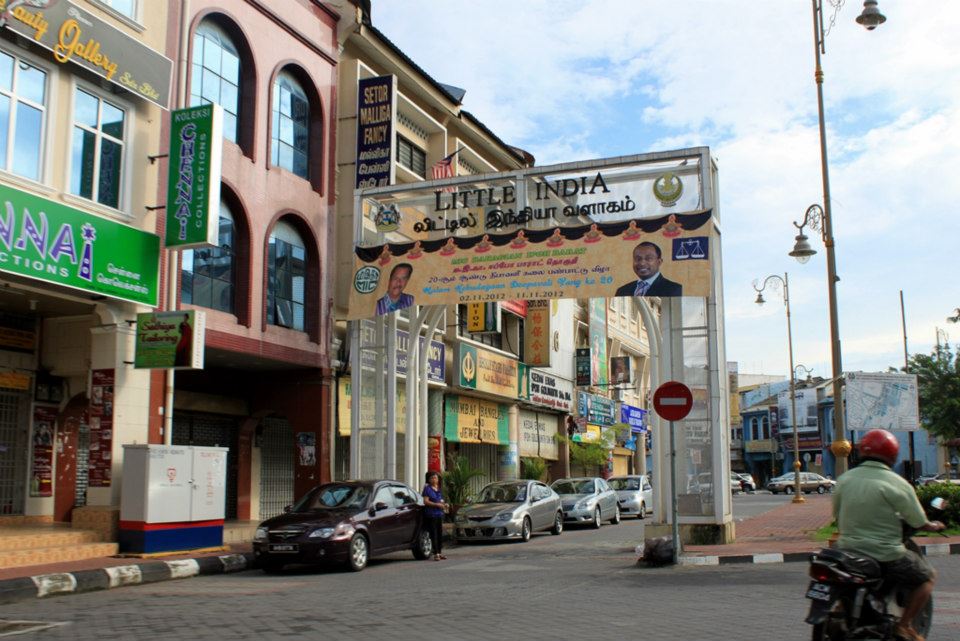
Town Hall
This is one of Ipoh's architectural wonders that boasts of neo-classical architecture, a design so popular in the early 1900s. The Town Hall exhibits a great marriage between renaissance and roman architectural features. Construction began in 1913, and was finally completed in 1917. Throughout the century, the Town Hall have seen many people from various backgrounds and expertise utilising, and walking up and down, its hallways. This building has also served as a Post Office, and was once the District Police headquarters in 1948.
The Padang
Padang is the Malay word for 'field', and this is exactly what it is - which is also exactly where pale British males marched into the field with their starched white cricket ensemble to hit a wicket or two, running every now and then out of the field to catch several gulps of the most refreshingly cool beer. At other times, the same men could also be seen kicking around this Padang attempting to score a few goals in a game of soccer.
Ipoh has left the Padang unscathed, together with the beautiful casuarina trees that has been encircling the field for almost a century now. Much time has passed, people had come and gone, and old generations have made way for the new. But, Ipoh realises that this does not necessarily mean that traditions need be forgotten. Today, we still see people running about the grounds; whitemen they are not, but happy locals spending quality time with their family members.
Royal Ipoh Club
And what's the use of a Padang without a Club? Planters, tin miners and administrators patronised this black and white Tudor style clubhouse. While the athletic ones trampled about under the scorching hot sun, the more stationary ones worked their lazy muscles trying hard to keep their cigars in between their fingers while downing their whisky.
FMS Bar and Restaurant
FMS stands for "Federated Malay States", which was basically created to lump all the Malay states which fall under British administration under one union. And Perak happened to be one of them. Although the building was built at the turn of the century, it was only in 1906 that they proclaimed it to be bar and restaurant. Both bar and restaurant (together with its antique décor) have managed to survive the ravages of time, and is believed to be Malaysia's oldest functioning Bar!!
Planters and merchants used to frequent the Bar. Located just opposite the Padang, our jovial sportsmen would quite happily mosey along to the FMS Bar after their match, or maybe for some, after their first round of drinks at the Royal Ipoh Club.
The FMS Bar and Restaurant remains to be quite popular; however, time has altered the culinary preferences here. This would certainly be quite an experience, and not at all out of character; even if you take into account that you're inhaling the savoury aroma of your Szechuan Prawns while slurping in your Belacan Kangkong, right under the shelter of this exceptionaly British institution.
Birch Memorial, The Clock Tower
Secluded and hidden it is. And for good reason of course. JWW Birch was an unpopular character who was appointed as Perak's First British Resident. He was arrogant and showed no sensitivity towards local customs, religion and nuances. He did not think much of the Malays. Likewise the feeling, too, was mutual amongst the Malays, especially the royalty. It wasn't surprising at all that he was eventually assassinated by the Malays, headed by a chieftain called Dato' Sago. Call it mere coincidence or downright contemptuous, Birch's memorial is strategically located directly opposite a mosque and cramped behind Jalan Dato' Sagor. Even after his death, he is still surrounded by scorn and derision from the Malays.
For whatever Birch was to the Malays, the British made him a hero. On all four sides of the monument, colourful murals depicting various 18th Century professions of men decorate it. There, they also erected a bronze bust of their Mr. Birch. And so, the Clock Tower is quite a fine monument; even now, despite the absence of the presence of the bronze sculpture of Birch (which someone had so nicely removed). Isn't this just telling! Nobody wanted him and they still don't want him here. Oh, poor Mr. Birch.
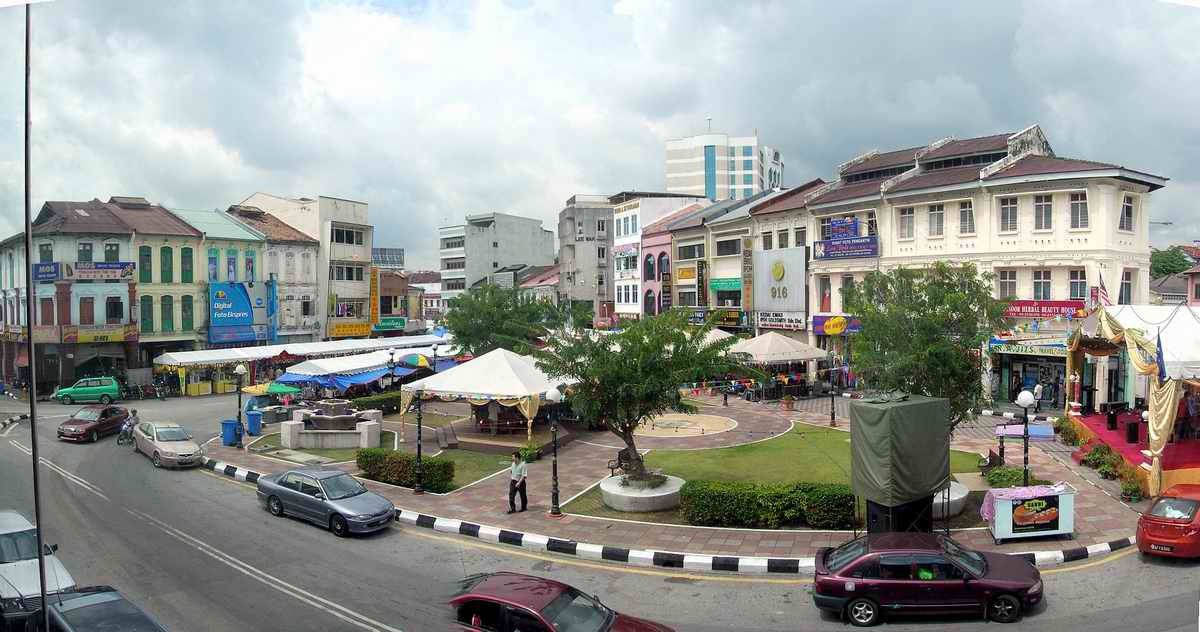
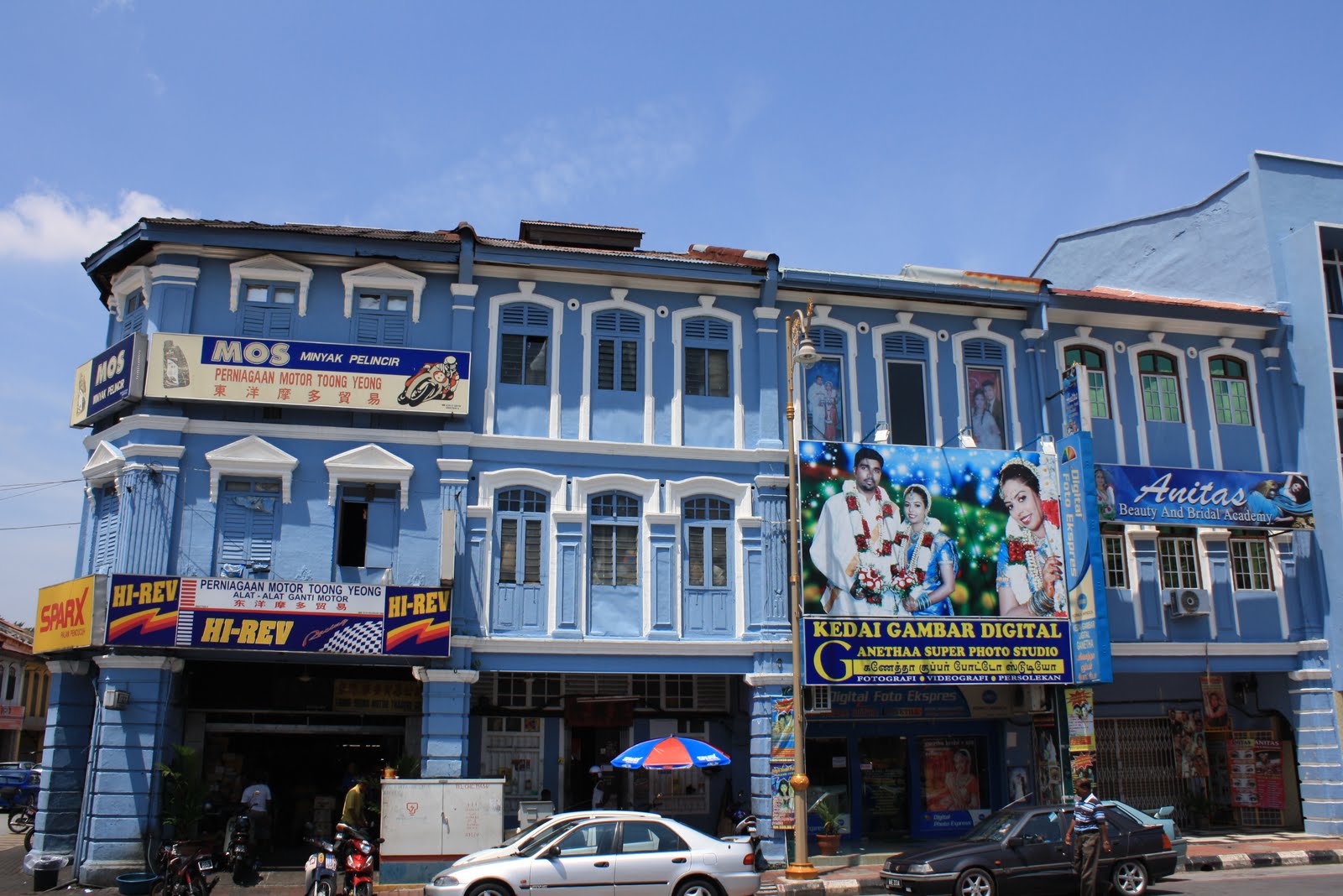
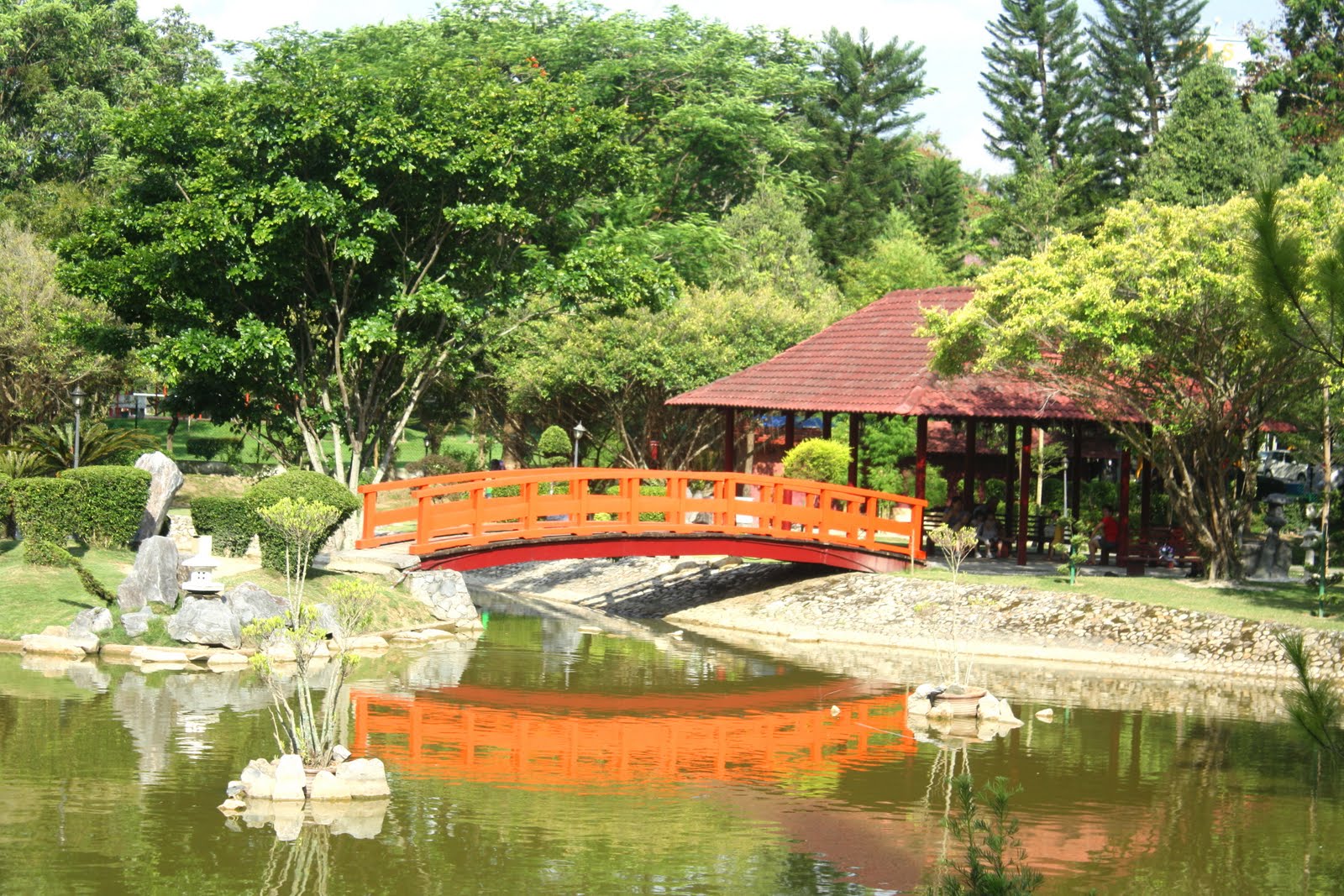

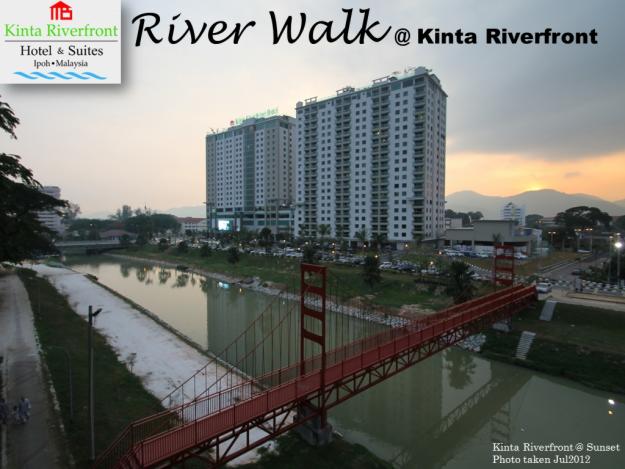
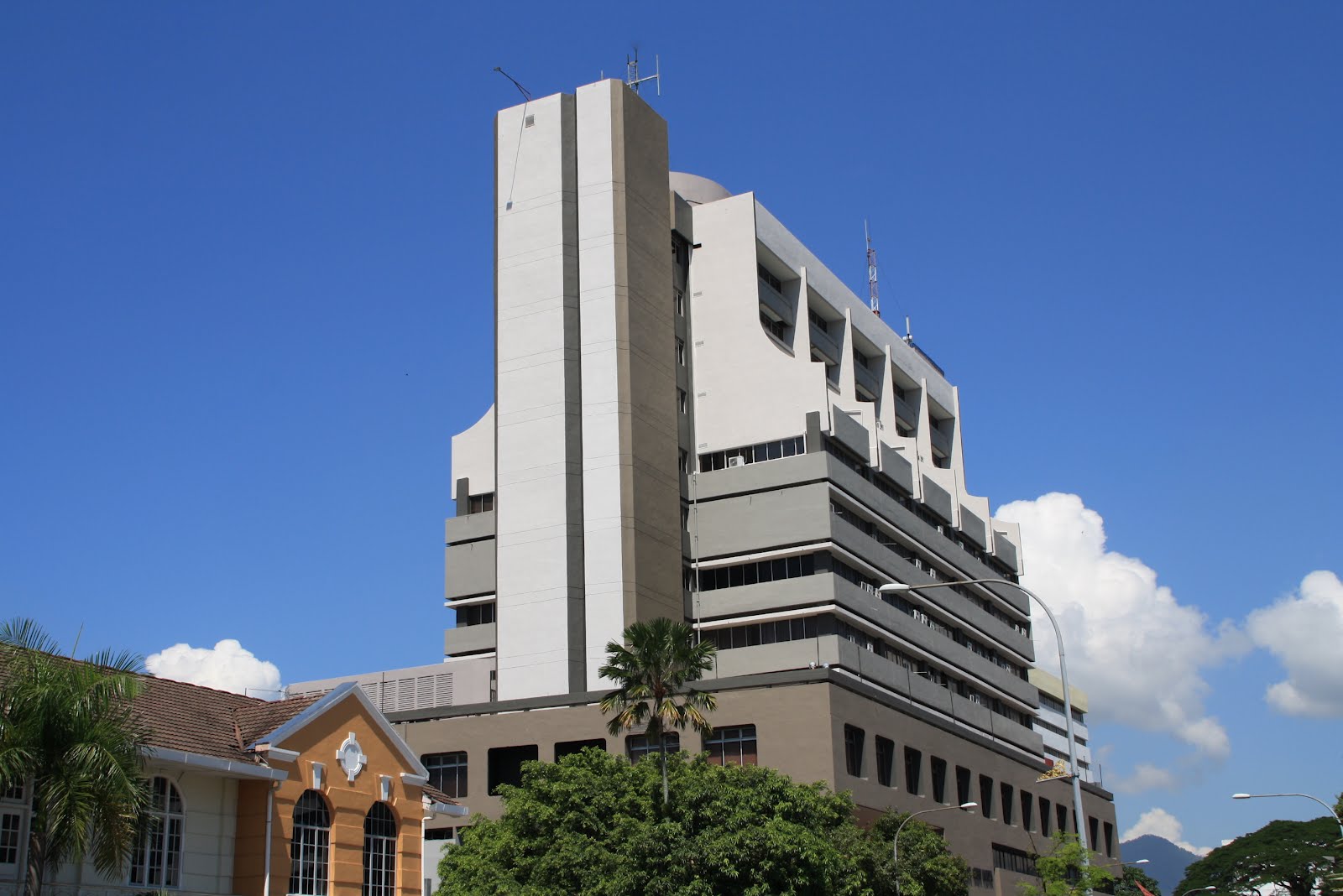
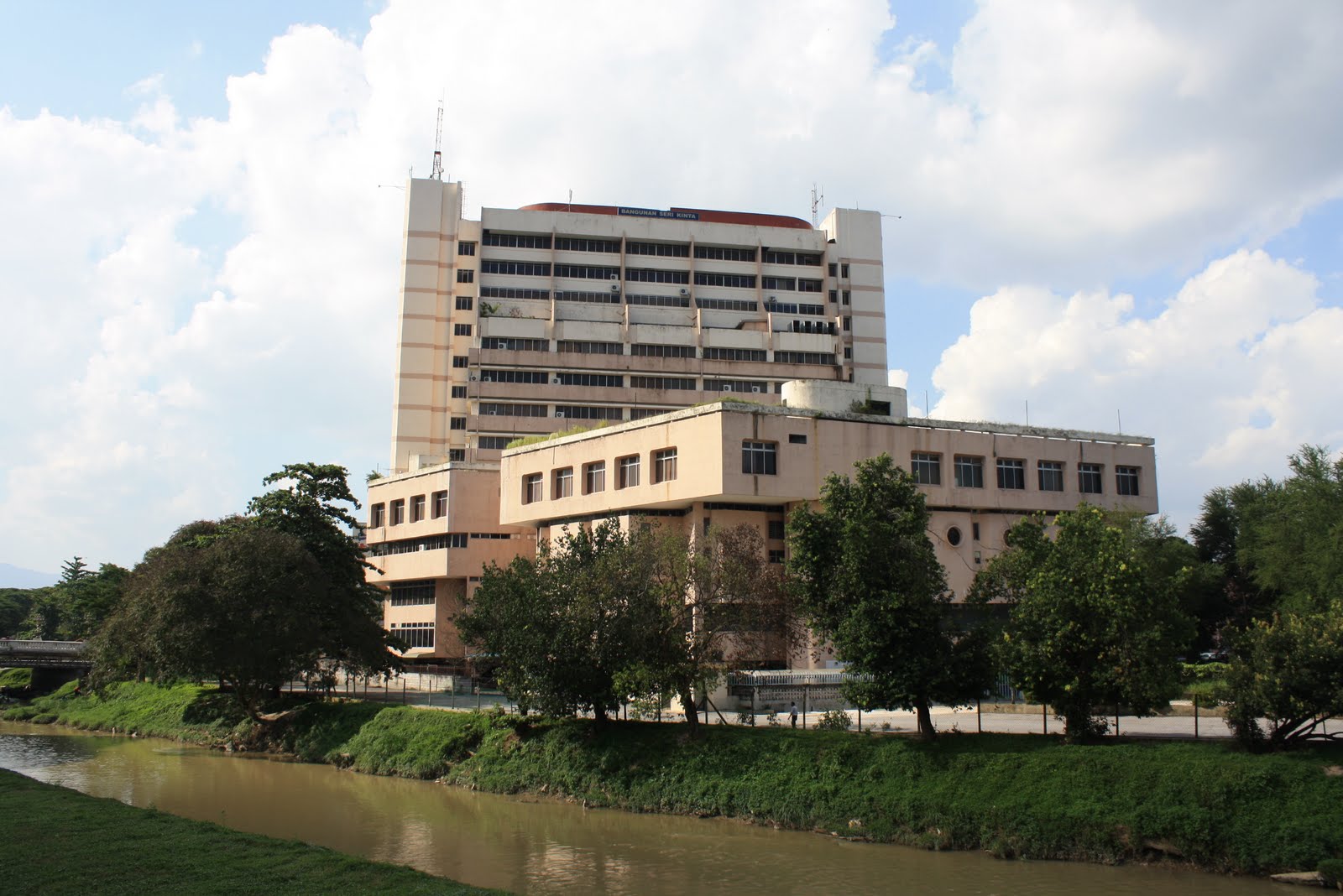
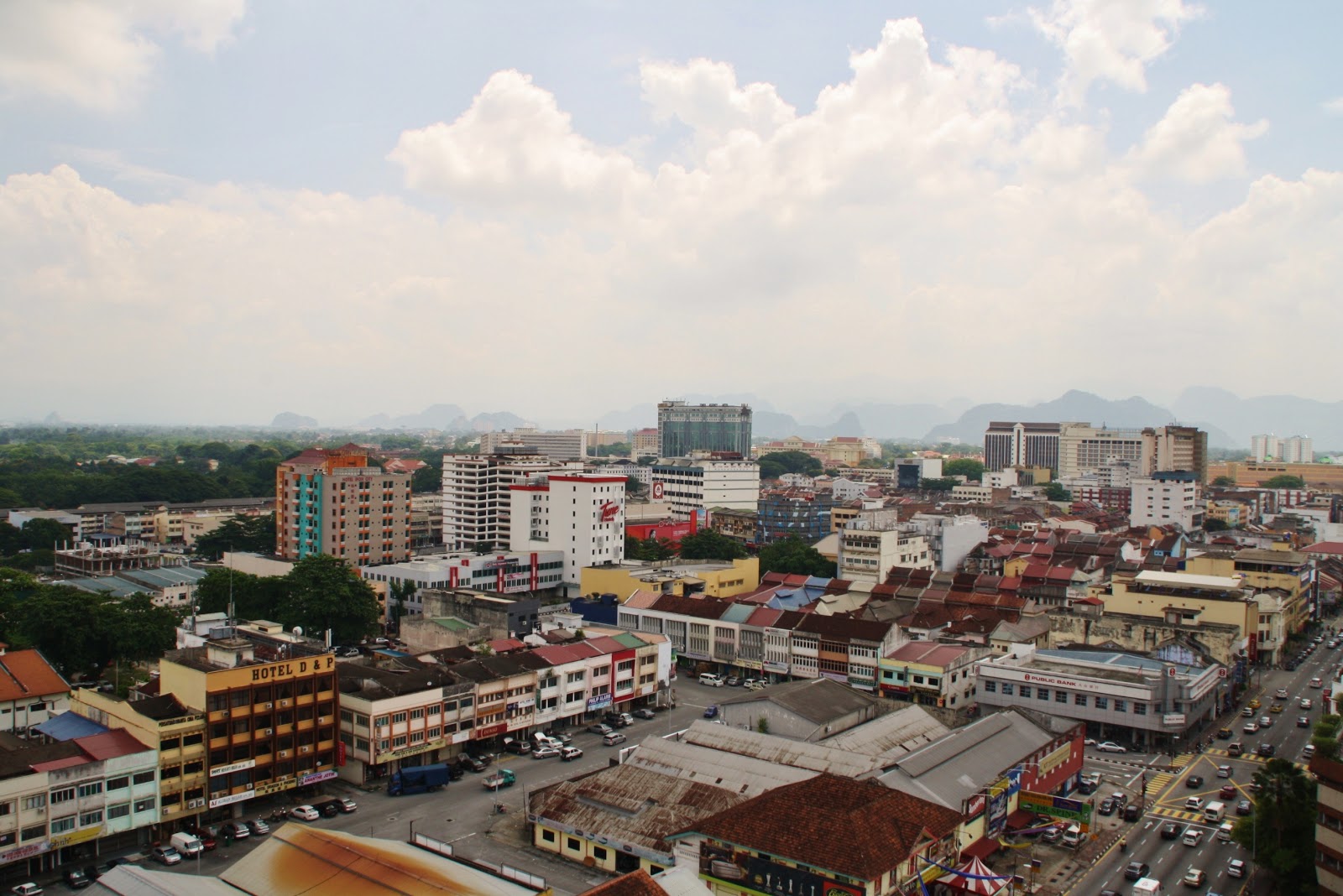
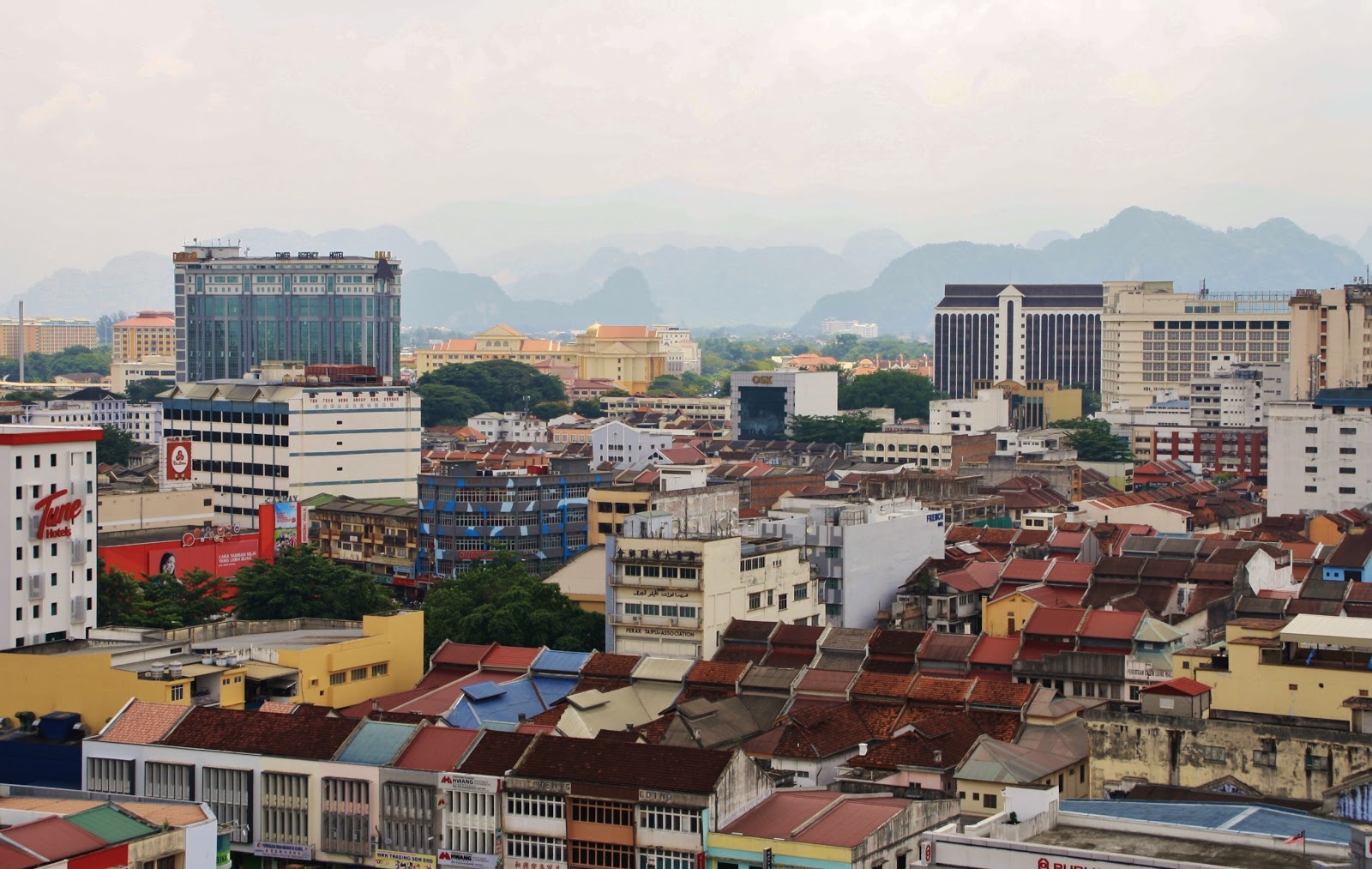
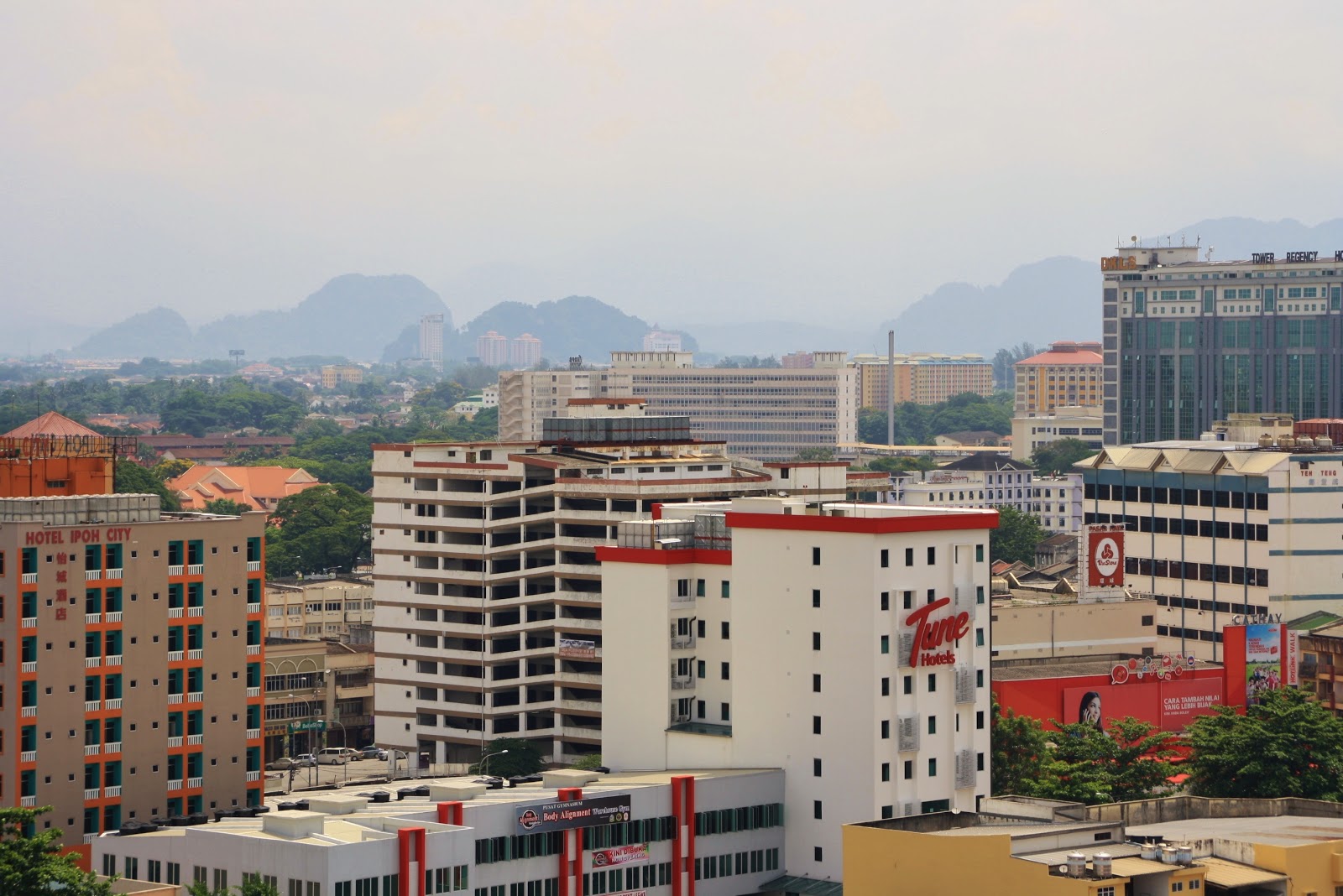
Ipoh Railway Station
Some call it the Taj Mahal of Ipoh! No doubt that it has nothing to do with employing South Indian labourers in its construction, but truly because of its majestical neo-classical architecture. Its magnificent domes and almost perfect arches are reminiscent of those found in a Moorish palace, a design much favoured by AB Hubback, the same man who designed the Train Station in Kuala Lumpur.
Built in the height of the tin mining industry, the station was an important feature for the colonials in transporting Kinta Valley's valuable mineral. Regrettably today, the station appears to be suffering a grim and humbling existence. The ground floor is now segmented, giving space to house massage parlours. Wires crisscross the section and signs bearing the word "URUT" spread wide above the crude crass cubicles. Every night a market sprouts within the compounds of the Train Station. Loud blaring music and the inconsiderate throttling sounds of motorbikes choke the now long gone serenity. And the landscaping….? "What about the landscape?", these people would probably indignantly throw back the question at you.
AB Hubback would weep to witness this inconsiderate demeanour. It is hard to imagine that this was once a place so important, a mark of architectural accomplishment and commercial supremacy. But then again, these are hardly people who would care to appreciate its architecture with awe and admiration, nor respect its historical significance to shaping Ipoh to what it is today. It makes no sense to them to have anything more than just a commercial attachment to the station. Trapped in their single self-seeking objective to make money, conserving this historical building bears no relevance at all to their prosperity or survival. For what is pride for one's own history if there is so much more to be gained now today for the material wealth of tomorrow?
Above the train station, on the second and third floors resides the Station Hotel, also known as The Majestic Hotel. Take the ancient lift up to the main lobby, and it will take you back in time. In the early 1900s, the hotel boasted off 'first class accommodation' and 'excellent cuisine'. A 200m long verandah runs the length of the building. During those days, planters planted themselves in rattan chairs, the smoke from their pipes whiffed away in clumps of tiny clouds trying to ascend all the way up to the high ceilings. Ceiling fans swirled rhythmically all day long to cool the consistently sweating masters. A cosy bar satisfied the liquid needs of its thirsty patrons..
But today the hotel is not looking quite all that chirpy and healthy. It bears a tired face and a physique that is rather run down. The walls suffer a degrading presence, stained by markings in the colour of soot. Its white paint is peeling off in flakes. Unlike the verandahs, the rooms are not crowned with the same high ceilings. Much of their ceiling space is seized to accommodate ventilation ducts and air-conditioning piping, sloppily hidden by cheap gypsum ceiling. And it is because of this too that when you enter the rooms, you are greeted by the smell of damp and must. Dream not of diving into a huge plush comfortable Victorian style bed, but instead pretend to be contented with the three beds that consume most of the space of the shoebox shaped room. Perfect for families who want to save on hotel rates. Disappointing for those dreaming of reliving the luxury of the "first class accommodation" of the early 1900s.
But this is the 21st century, cast away your dreamy imaginations of colonial splendour. Today the Hotel serves a better purpose (?) by providing clean rooms at attractively competitive rates. You can start your day with a hearty breakfast consisting of toast, fried eggs and sausages (the cost of which is already covered in the room rates). One huge plus point which plants a smile on your face is the contagious smiles of the hotel staff who are also ever so helpful.
So, it is not all that bad and it is quite a relief to see much of the façade still remains and fittings still in tact. The banisters and wooden stairs stand firm and proud in their original places, and the slow iron elevator makes the journey up to the third floor charmingly pleasant. So, when you storm along the verandah, stomping on those cool and carefully laid tiles, try and show a little more care and look down. For these are the same tiles on which, a long time ago, haughty Victorian ladies carefully and gracefully walked upon. Look up, and you will see that the fans are there still, together with the ornate iron engravings proudly wrapping their bases. Look beyond the verandah and out into the far horizons, you will see Ipoh and its rolling hills staring back at you with the same beseeching scrutiny they gave the colonials a hundred years ago.
http://www.journeymalaysia.com/MC_ipoh1.htm
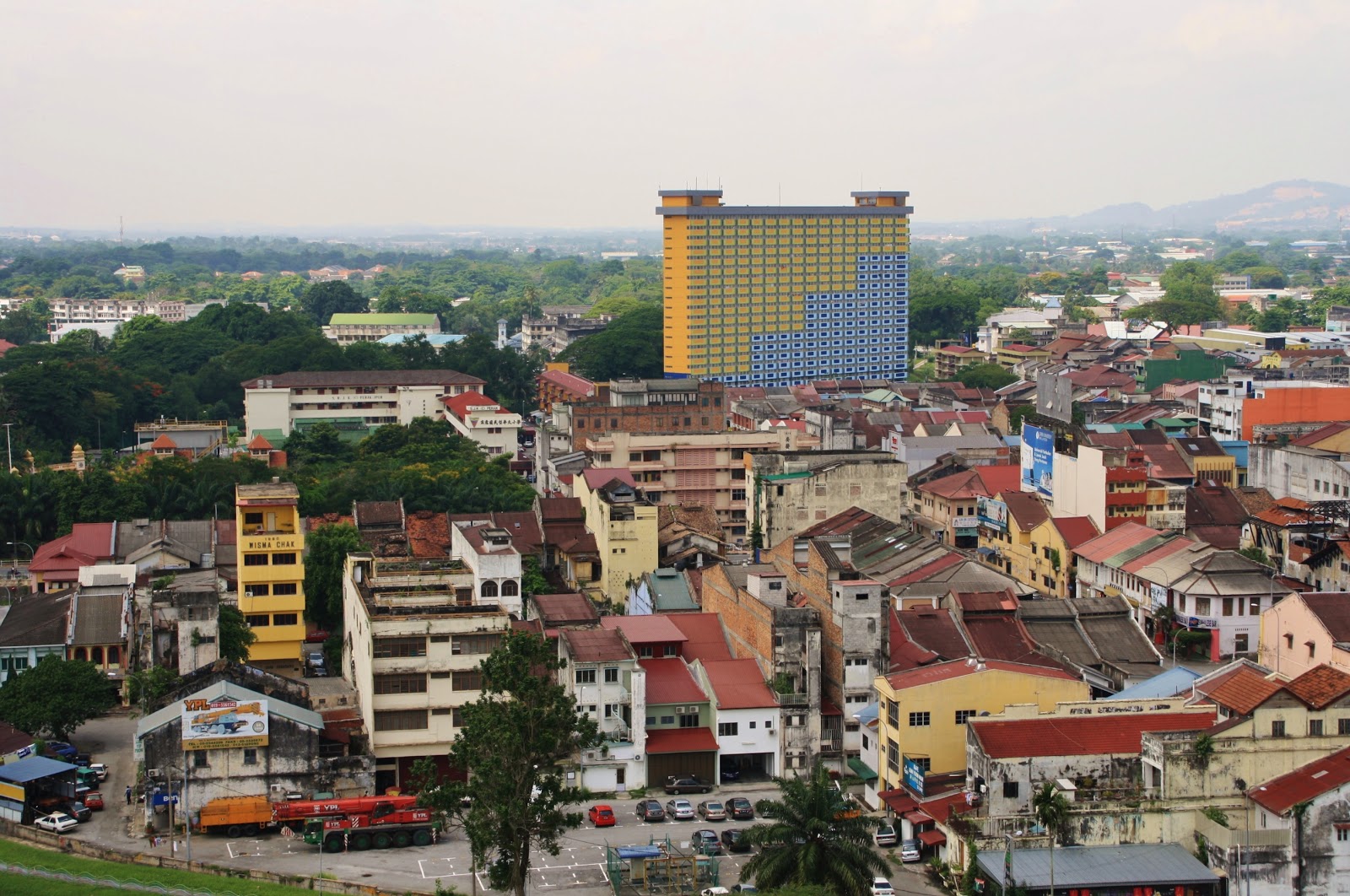
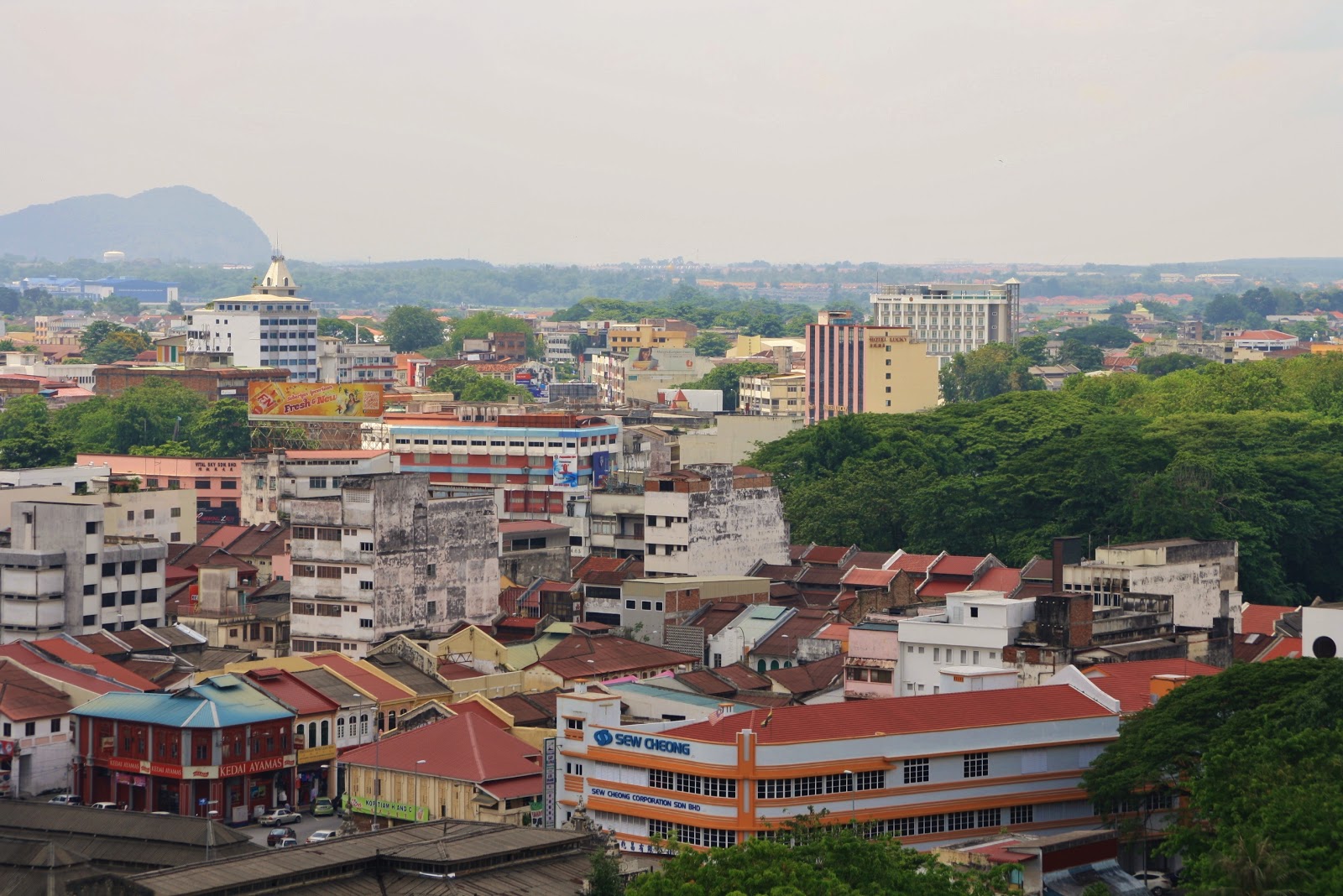
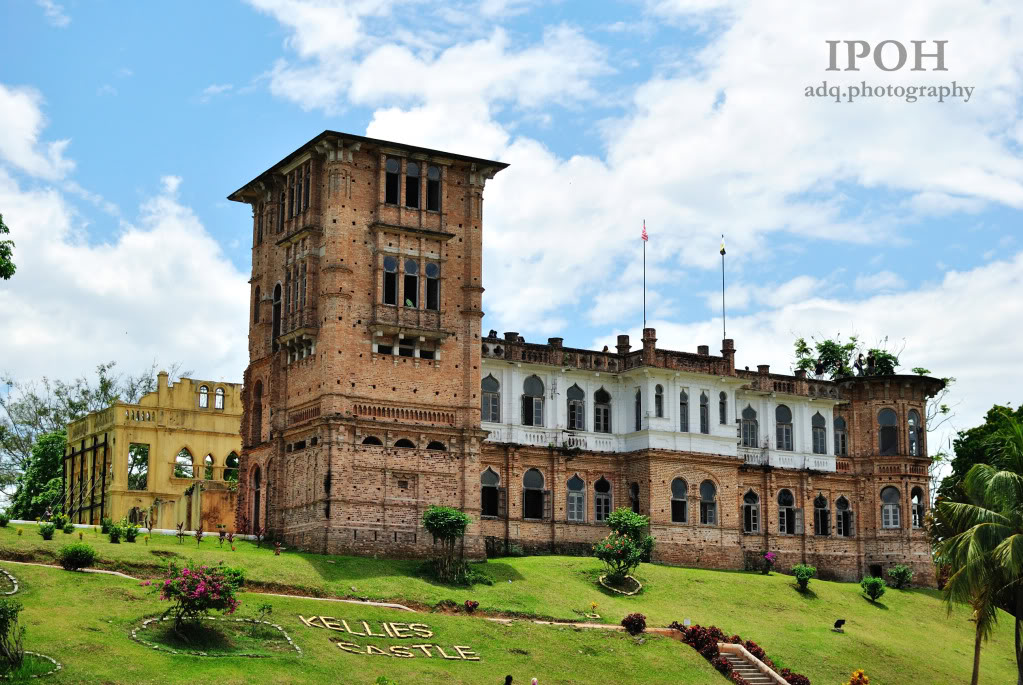
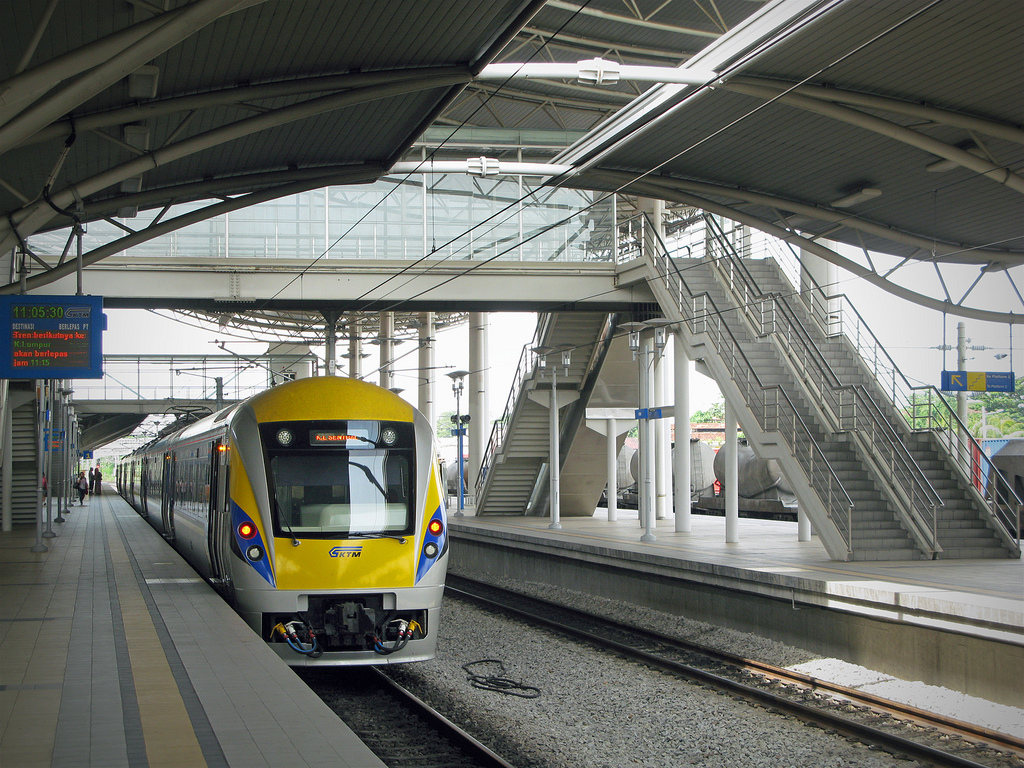
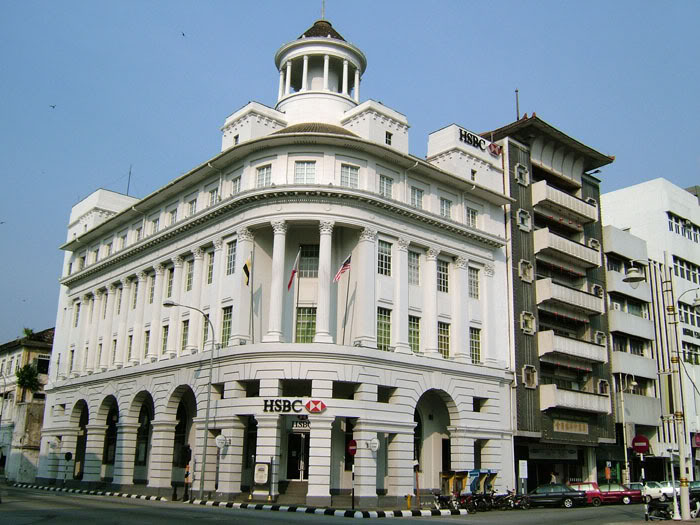

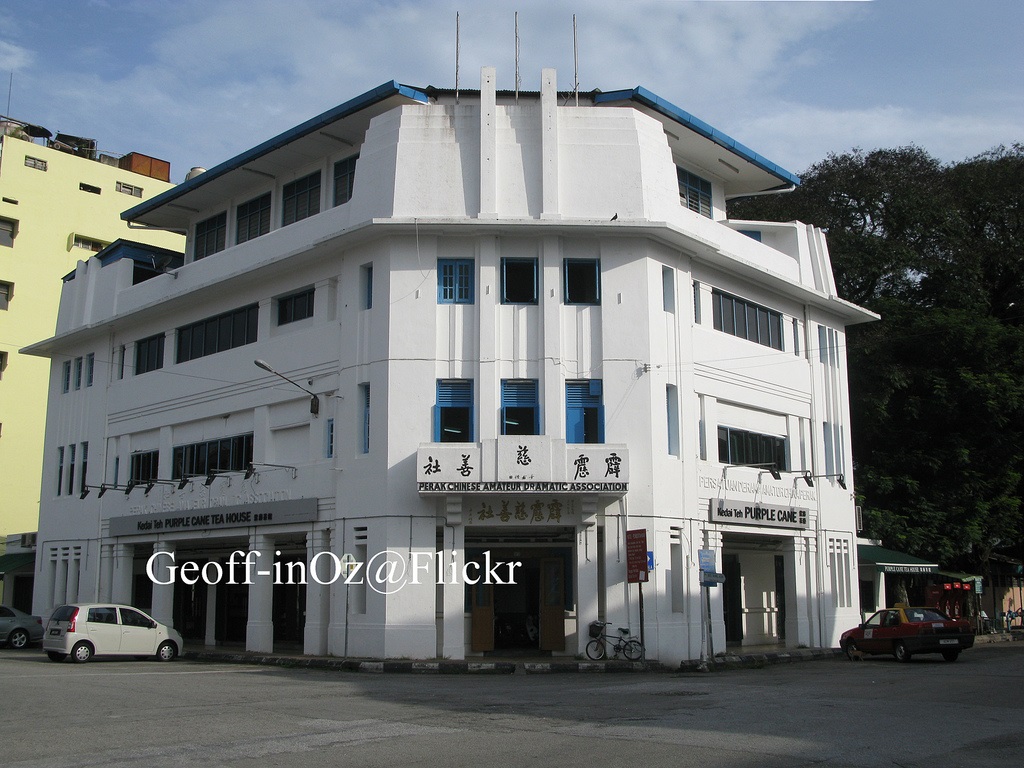
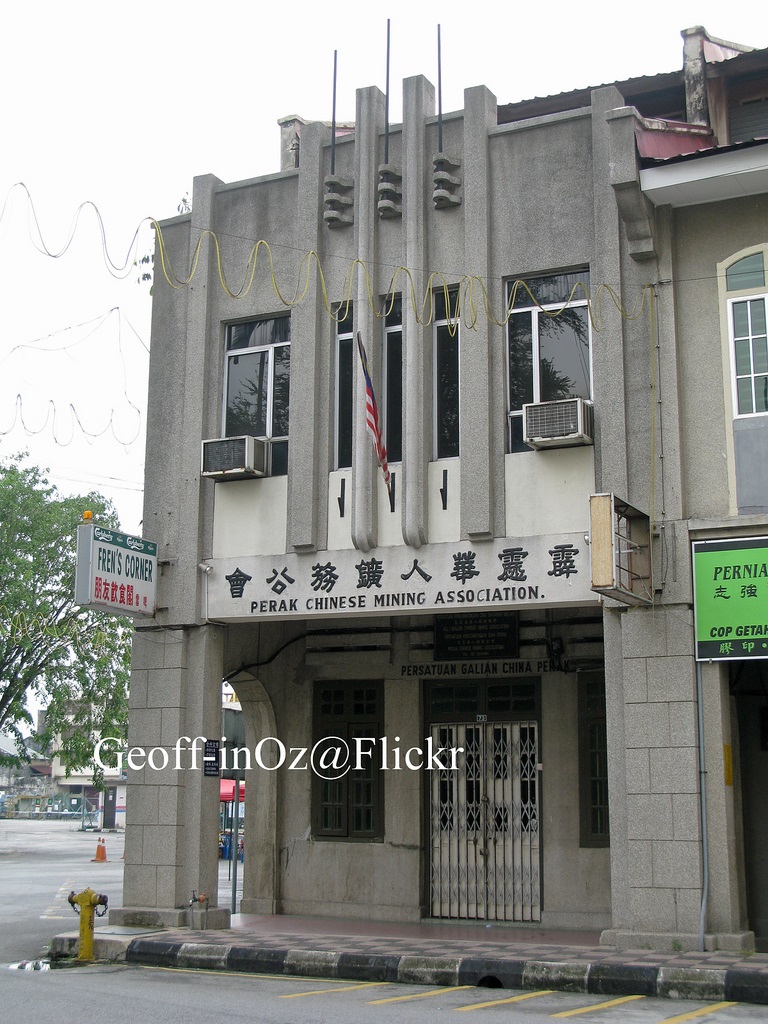
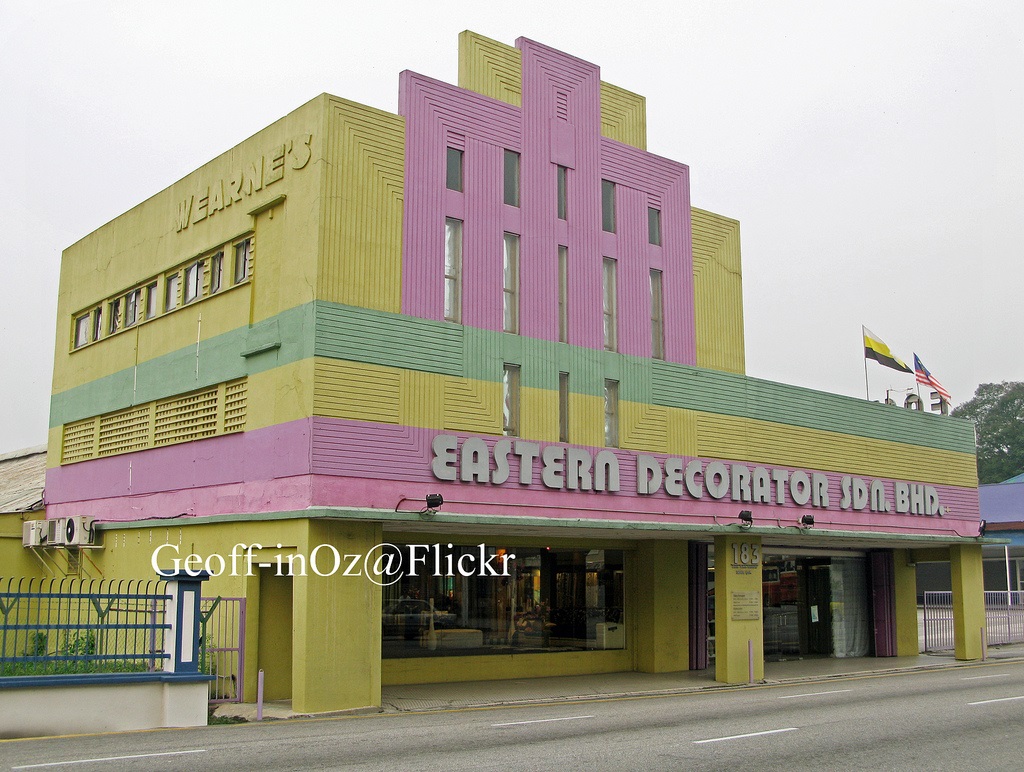

Ipoh developed into one of Malaysia's main cities due to the booming tin mining industry around the turn of the 19th century. During the British colonial era, Ipoh was Malaysia's second city for administration purposes. There are several notable buildings from the British Colonial era such as the railway station and the town hall. In contrast to cities such as Kuala Lumpur and Singapore, Ipoh retains a large proportion of its colonial era buildings and character.
These days Ipoh is perhaps best known for its excellent restaurants, hawkers, and famous local dishes.
Ipoh's roads were renamed by the Malay government in the 1980's. This can still be confusing as many locals still refer to the former colonial road names.
The Ipoh Railway Station. One of three grand railway stations on the KTM network (the other two being Kuala Lumpur and Singapore), it is nicknamed the "Taj Mahal of Ipoh". It is the only one of the three still in use as an intercity railway station.
Padang Ipoh or Ipoh Field is located on Jalan S.P. Seenivasagam. The field is a well kept and surrounded by many historic buildings that feature classic colonial architecture, including the mock-tudor style Ipoh Club, FMS Bar, HSBC Building and the magnificant St Michael's Institution secondary school.
Jalan Yang Kalsom on a rainy morning
Ipoh Town Hall located across the road from the Railway Station also features some interesting gothic architecture.
Muzium Darul Ridzuan is an interesting historical museum of Perak, located in a pretty former tin-mining tycoon's mansion on Jalan Kuala Kangsar Mariamman Kovil is an old Tamil temple. Not only is it religious in nature but also a place for discourses and on sundays children are given an introduction to verses in Tamil. Located in Jalan Sungai Pari Buntong, just before the bridge on the river.
Ipoh Heritage Trail A two to three hour guided tour of the heritage trail starts at the Raiulway Station at 8am every Saturday (as of June 2011 Rm 20 person). For a self-guided tour trail maps can be downloaded from
Perak Tong (Perak Cave) is located at Gunung Tasek and houses over 40 Buddha statues and many murals. There is a steep, tall staircase in the interior of the cave rising up to the top of its hill, where one is greeted by a beautiful and panoramic view of Ipoh and its surroundings. The statue of Buddha in Perak Tong is the tallest and largest of its kind in Malaysia. Perak Tong was built in 1926 by a Buddhist priest from China.
Sam Poh Tong (Cavern of Triple Gems) is a Chinese temple located at Gunung Rapat near the Simpang Pulai Toll exit (less than 10 minutes drive from the toll). The temple is built within a limestone cave. It has a popular attraction: a tortoise pond which houses hundreds of tortoises and terrapins (a symbol of longevity) of various sizes. There are several other cave temples immediately next to Sam Poh Tong: for example, Nan Tian Tong. They have been renovated recently and now there are colourful Buddha statues and Chinese zodiac animals for children and adults to sit on and take pictures. Right outside Sam Poh Tong are famous pomelo stalls next to the main road.
Kek Lok Tong (or Kek Look Tong, Cavern of Ultimate Bliss) [8], a cave temple that lies on the other side of the same limestone hill as Sam Poh Tong, is accessible only through Gunung Rapat housing area. Kek Lok Tong has a cleaner, quieter and more cooling environment and has the best scenic view from the cave.
White Water Rafting Get up close and personal with nature, experience an exotic and mystifying rainforest where the fastest butterflies swarm by the riverbank while you enjoy swimming in the river or jump from trees or just glide down the river on a raft.
Kellie's Castle, the deserted mansion of an eccentric Scottish planter, is in Batu Gajah, half an hour's drive from Ipoh city center. Its main appeal lies in the belief that it is haunted and that secret passages leading to hidden chambers exist. A taxi will cost you around RM 50 - 60 and they will usually wait for an hour (which is long enough to look around). There is an entrance fee to the castle.
Caving. Gua Tempurung is the largest limestone cave in Peninsular Malaysia. Located close to the North South Highway's Gopeng Exit, it provides the opportunity to explore in detail the insides of a limestone cave. You can choose to experience a short tour of the cave or adventure into the far end of the cave by walking off the walkways and in the cave river.
Explore Tambun, once a small town north of the city, with city growth it is now a close suburb to the city centre. Tambun has been traditionally known for its juicy pomelo fruit and the Tambun Hot Springs,(now known as the Lost World Hot Springs and Spa). Soaking in these hot springs is said to bring health benefits to the body because of the high sulfur content in the water. Also in Tambun, is Ipoh's only water theme park, The Lost World of Tambun. It provides great rides and entertainment for families and also organizes tours into the nearby limestone caves for those interested in eco-tourism. It recently opened a Petting Zoo that allows children the opportunity to feed and pet a variety of animals.
Jungle Trekking - Trek up one of the many trails up the Menglembu-Kledang Hills (these are the hills you can see to the west of Ipoh with with the radio-tv masts on the top) to enjoy the awe-inspiring view of the limestone outcrops that surround Ipoh. If unsure of how to get to these trails, just ask the many locals who trek up daily in the early mornings and late evenings. If you have a GPS hikes can either start from 101° 1.813'E/4° 34.577'N or at 101° 1.638'E/ 4° 34.312'N where the paved road to the summit begins. Many of the trails are open and hot (take a hat and water) but much of Trail 4.9 is through shady forest. There are interesting plants and some wildlife (long-tailed macaques, pig-tailed macaques, leaf monkeys, and siamang) to be seen if you are lucky.
Ulu Geroh and Rafflesia flower, Be an ecotourist and experience the rainforest here (GPS 101° 15.200'E/ 4° 26.420'N). This is an Orang Asli kampung about one hour's drive into the hills east of Gopeng. The last half of the ride is along a rough road (4x4 preferred) through rubber, durian and oil palm plantations to the village on the edge of the rainforest. Guides from the Orang Asli community take visitors to see the parasitic Rafflesia flower (the largest flower in the world) and the Raja Brooke's Birdwing butterfly as well as other forest bugs, plants, etc. There's also a small but beautiful waterfall. Apart from Rafflesia watching, jungle hiking, caving and white water rafting can be organized. You will need your IC or passport number for the visitor log book. Basic accommodation is available at Ulu Geroh itself or in a rural setting at three nearby eco-resorts:
My Gopeng Resort
Rumah Rehat Adeline
Gopeng Rainforest Resort
Golf at the many golf courses around the city. The Perak Royal Golf Club is the oldest of the golf courses located close to the city centre but there are also great golf courses at Clearwater Sanctuary in Batu Gajah and Meru Valley in Jelapang. Both Clearwater Sanctuary and Meru Valley provide accommodation that make a golfing holiday all the more convenient.
http://sxchook.blogspot.com.es/2012/04/developed-into-one-of-malaysias-main.html
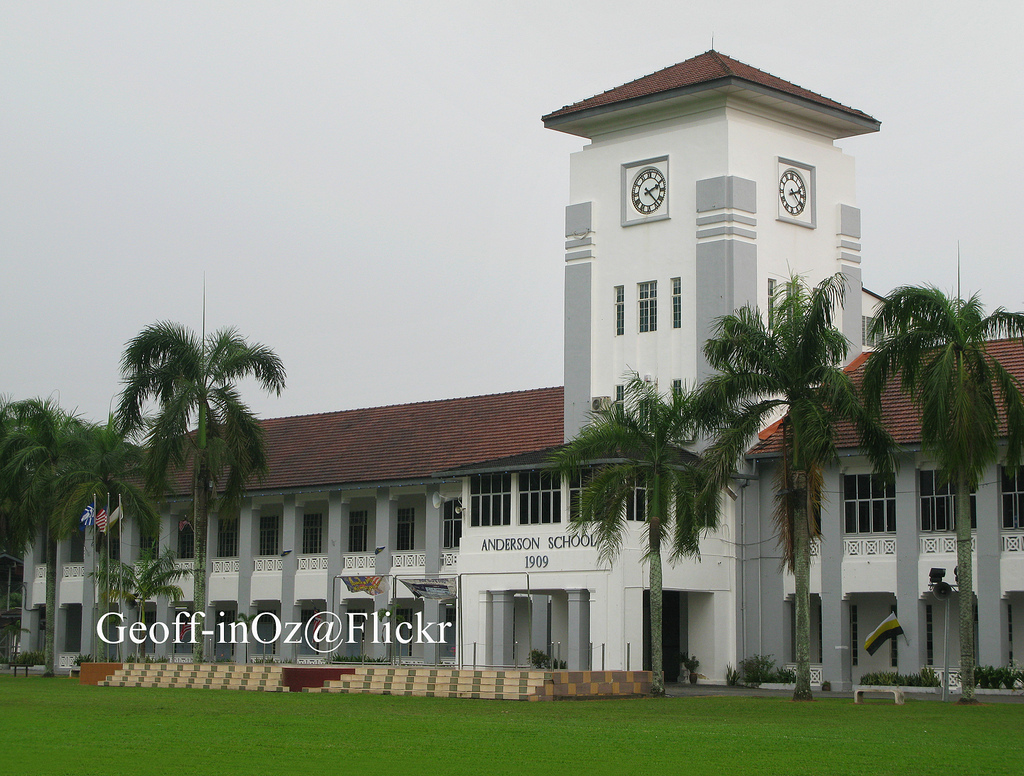
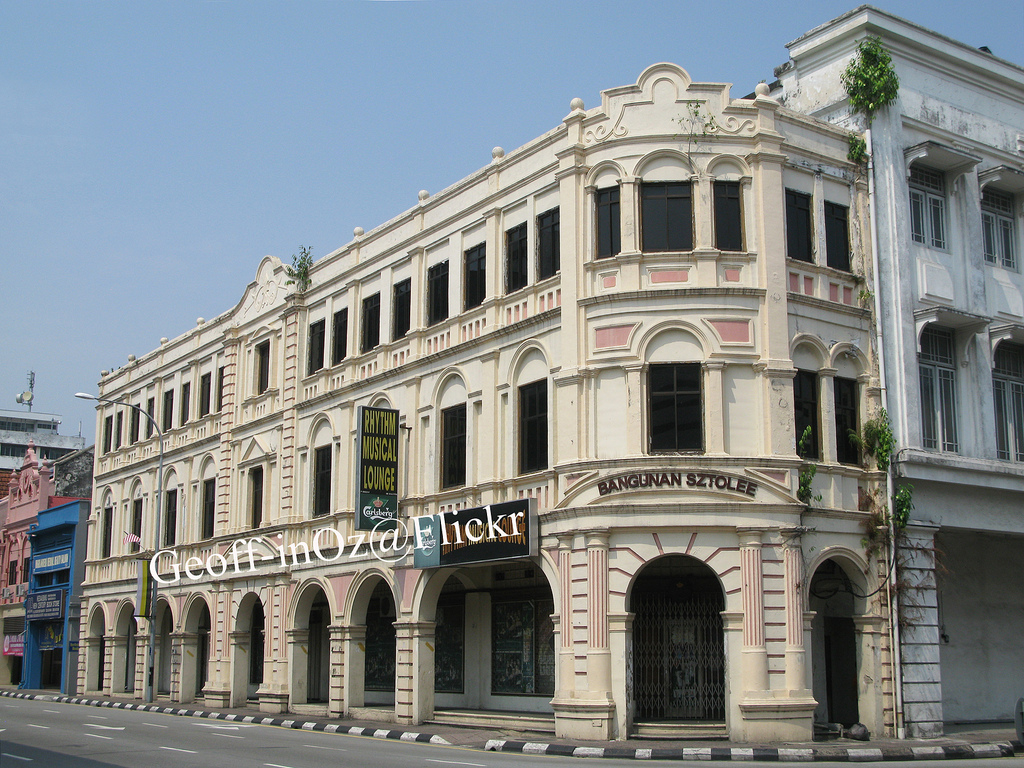
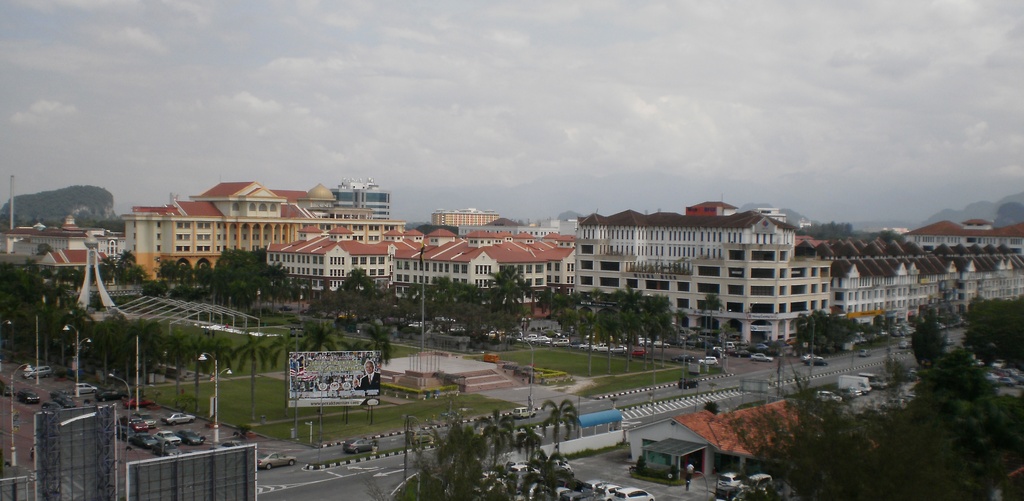
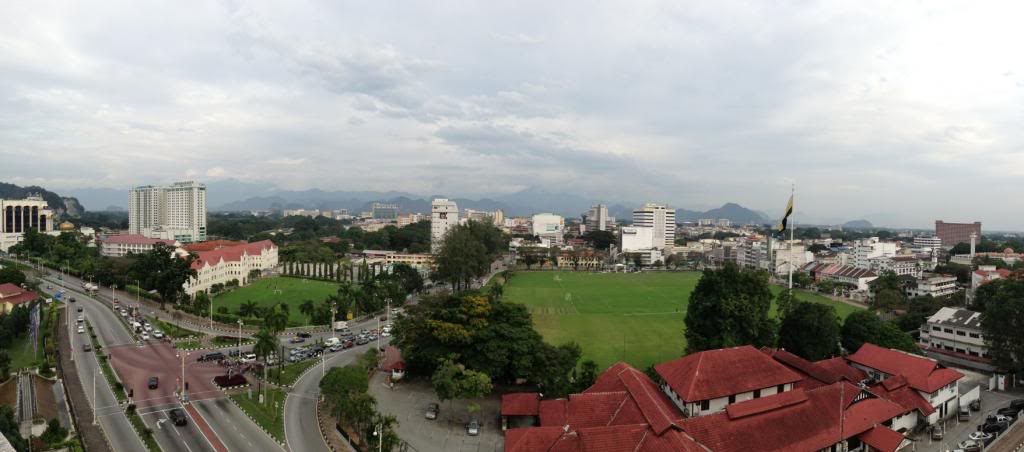
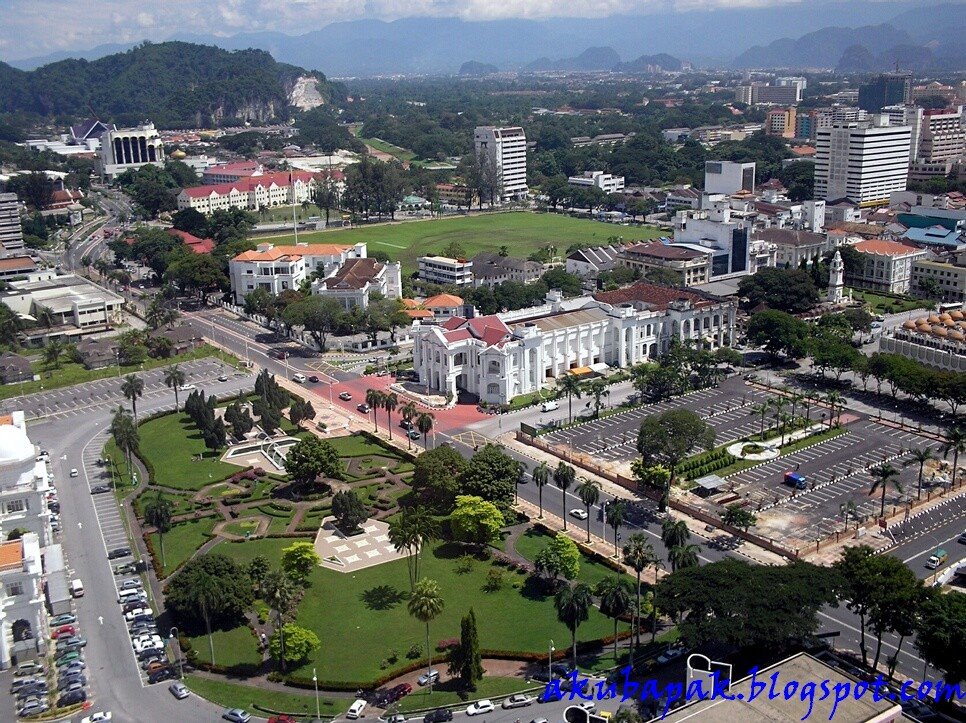
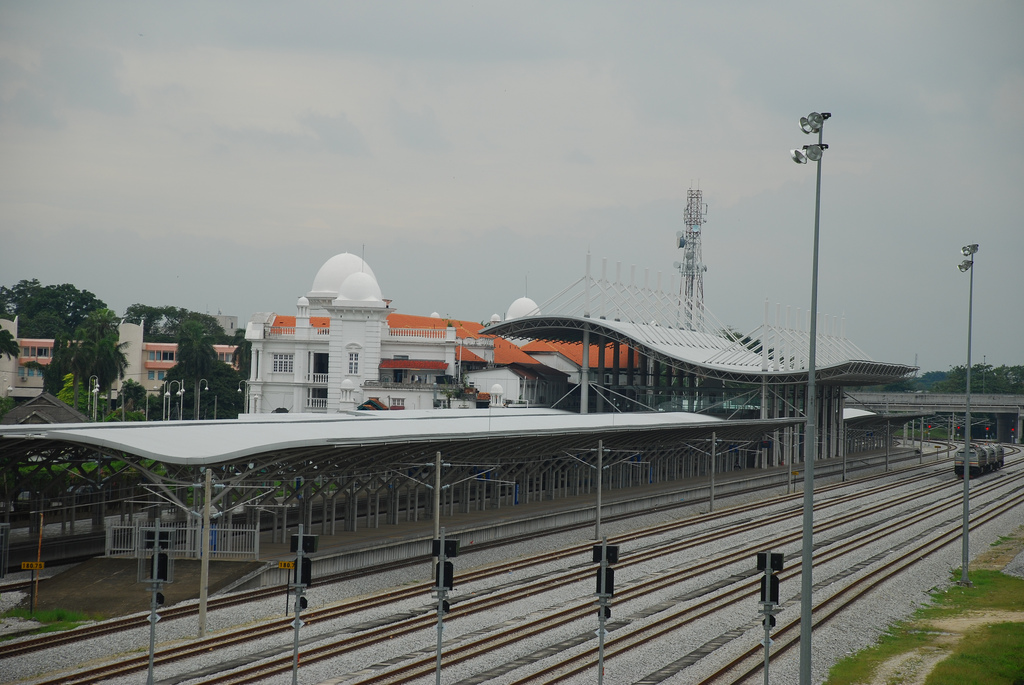
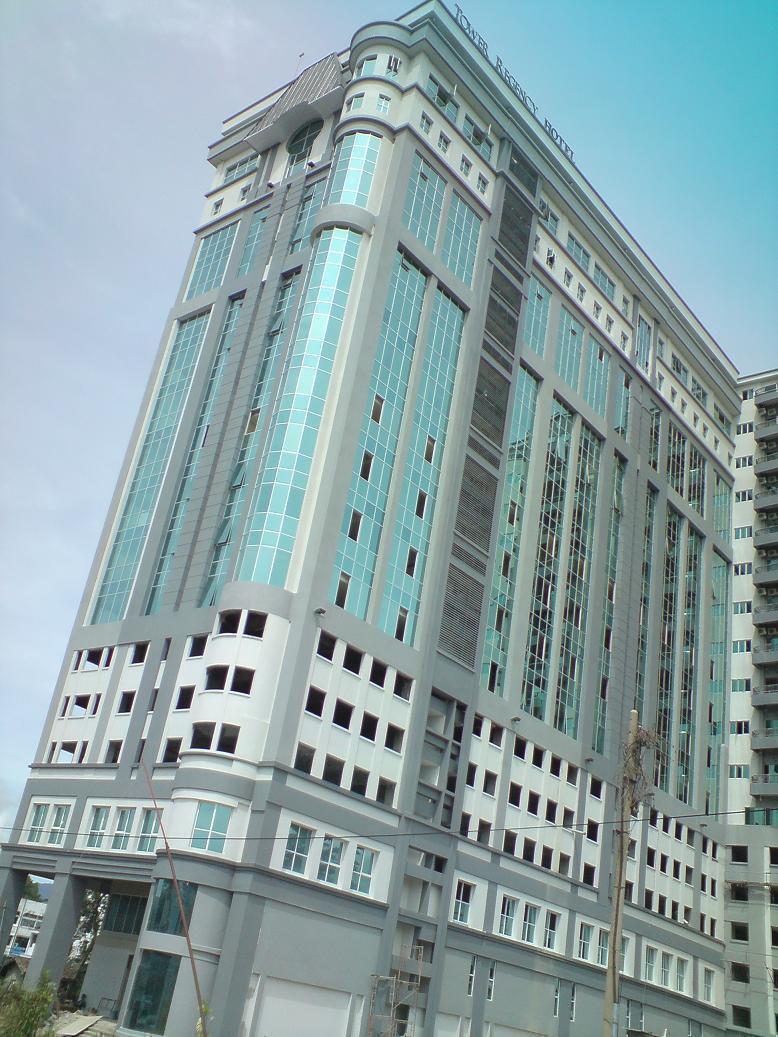
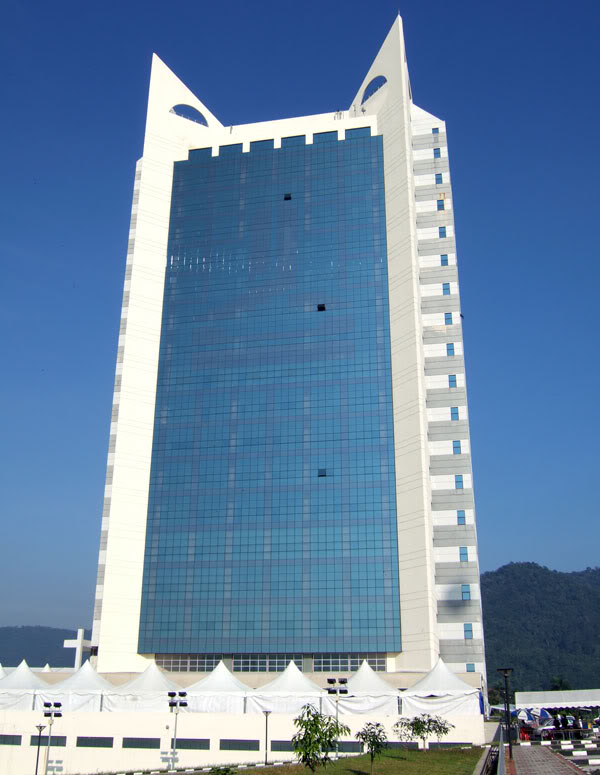
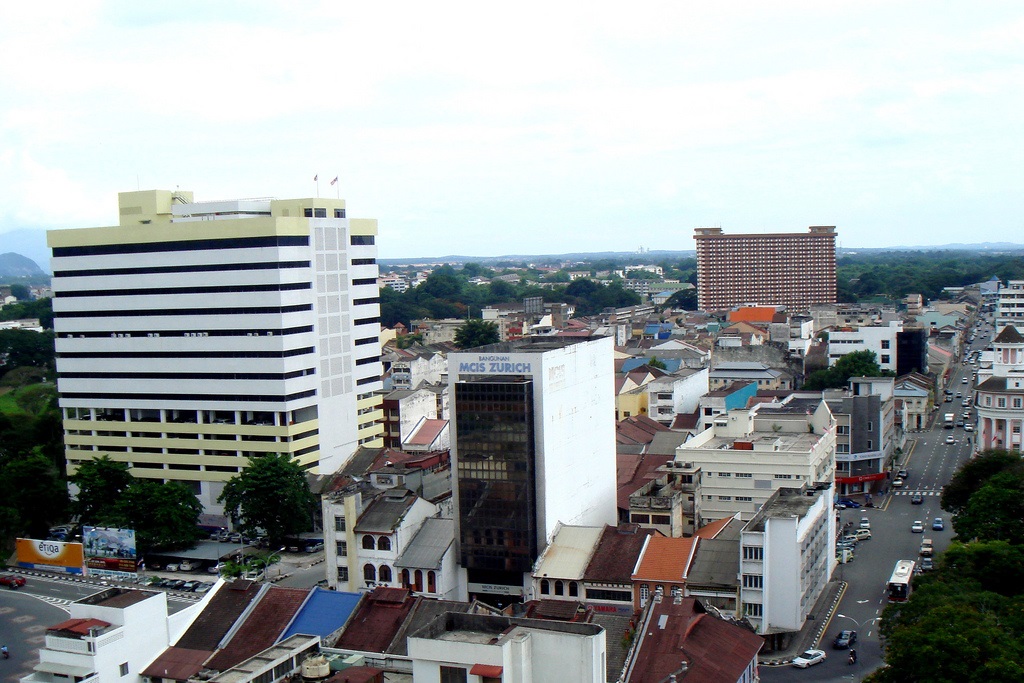
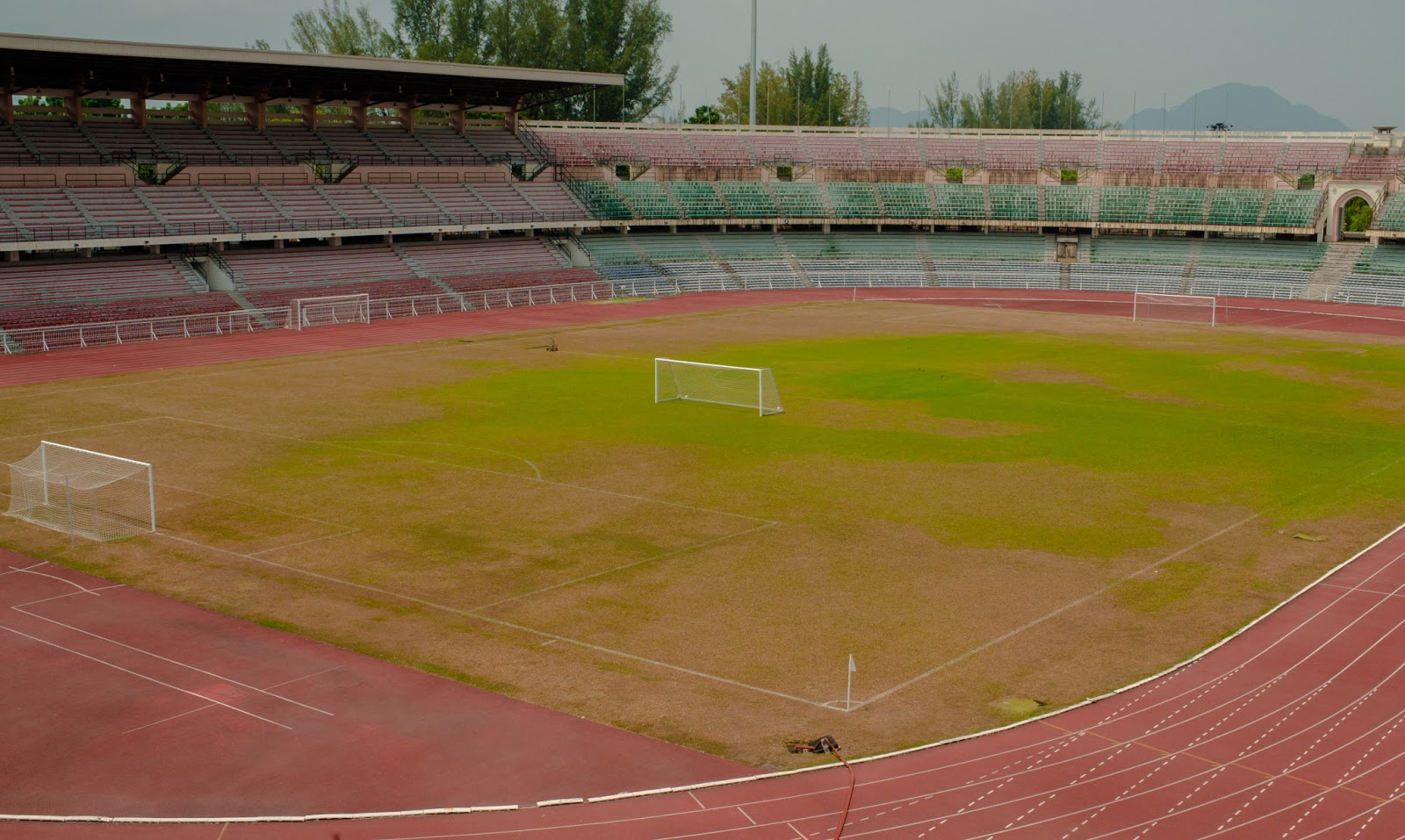
Ipoh es una ciudad de Malasia, capital del estado de Perak, situada en la zona septentrional de Malasia Peninsular. Tiene una población de cerca de 710.000 habitantes. Fue fundada alrededor de 1880. La mayoría de los habitantes de Ipoh hablan el idioma cantonés como lengua materna.
http://es.wikipedia.org/wiki/Ipoh
http://en.wikipedia.org/wiki/Ipoh
http://www.skyscrapercity.com/showthread.php?t=305854
http://www.skyscrapercity.com/showthread.php?t=527681
https://www.flickr.com/photos/lau108/tags/ipoh/
http://www.flickr.com/photos/geoff-inoz/tags/ipoh/
http://www.journeymalaysia.com/MC_ipoh.htm
http://come2ipoh.com/category/places/
http://dkosonglapan.blogspot.com.es/2013/07/muzium-geologi-ipoh.html
http://cavinteo.blogspot.com.es/2013/12/nan-tian-tong-temple-cavern-of-southern.html
http://freelanceflaneur.blogspot.com.es/2011/04/cavedave.html
http://sxchook.blogspot.com.es/2012/04/developed-into-one-of-malaysias-main.html
http://cavinteo.blogspot.com.es/2013/12/kek-lok-tong-cave-temple-cavern-of.html
http://imagesofipoh.blogspot.com.es/2013/04/view-from-seri-kinta-building-part-1.html
http://imagesofipoh.blogspot.com.es/2013/04/beautiful-view-on-valley.html
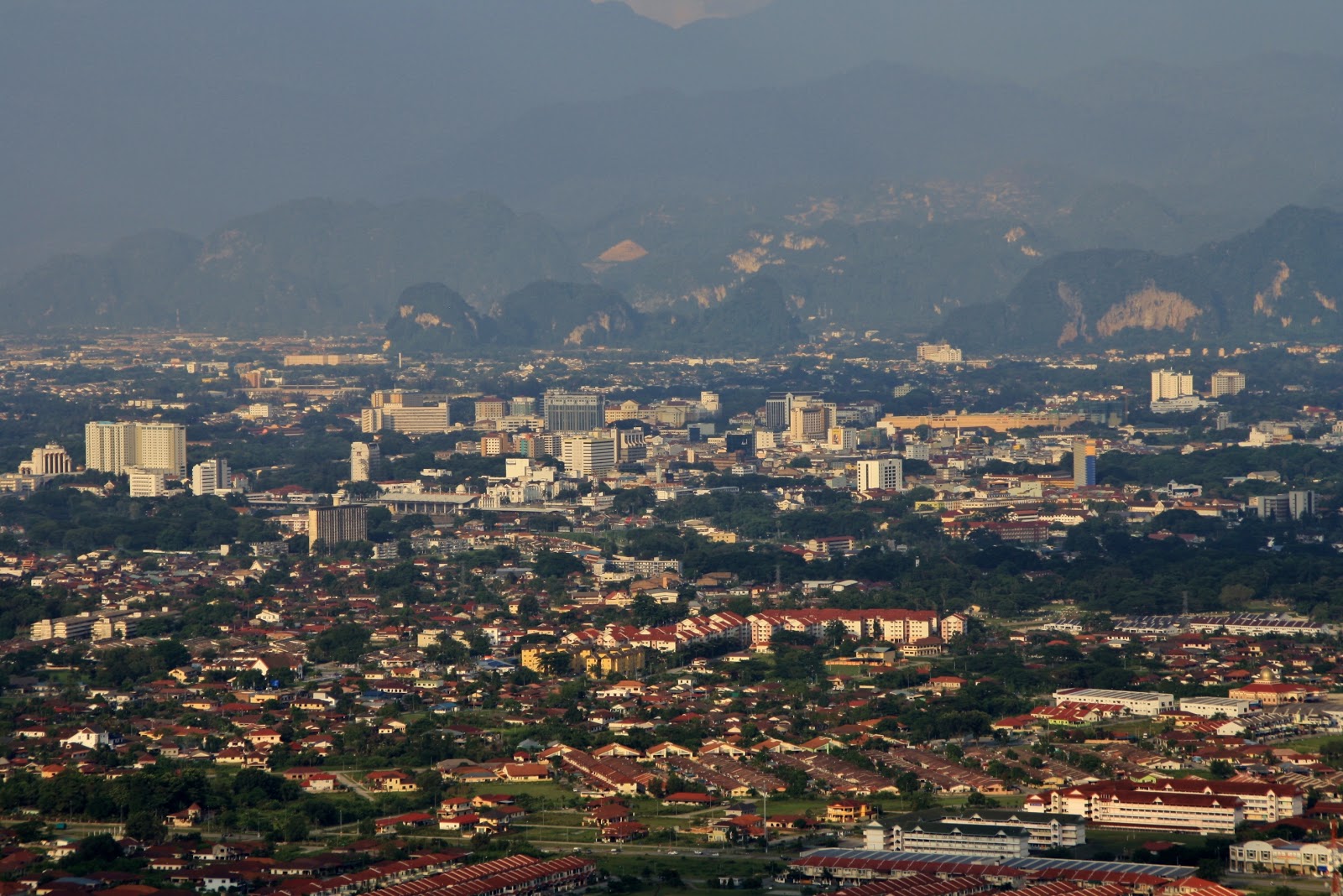
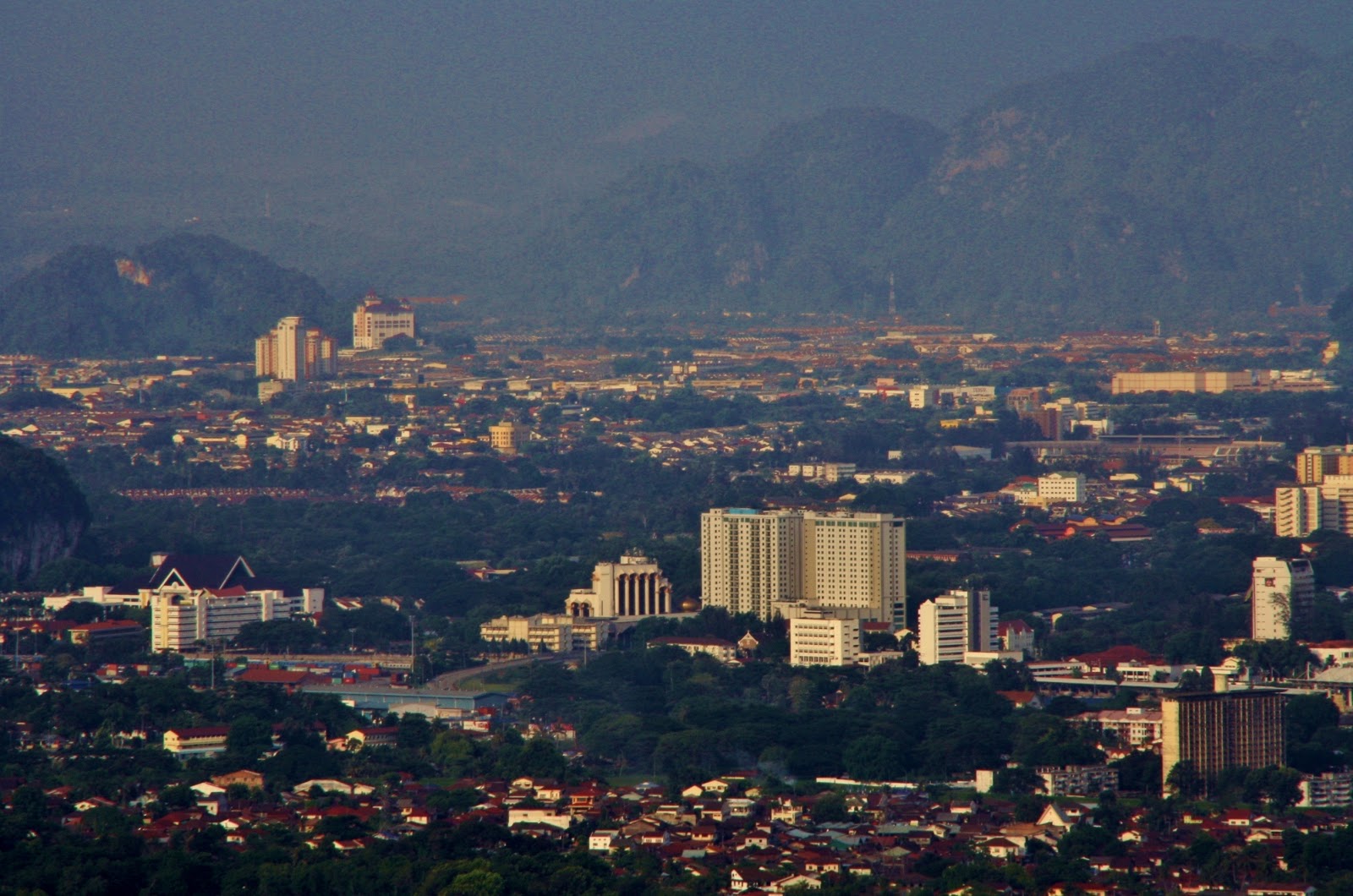
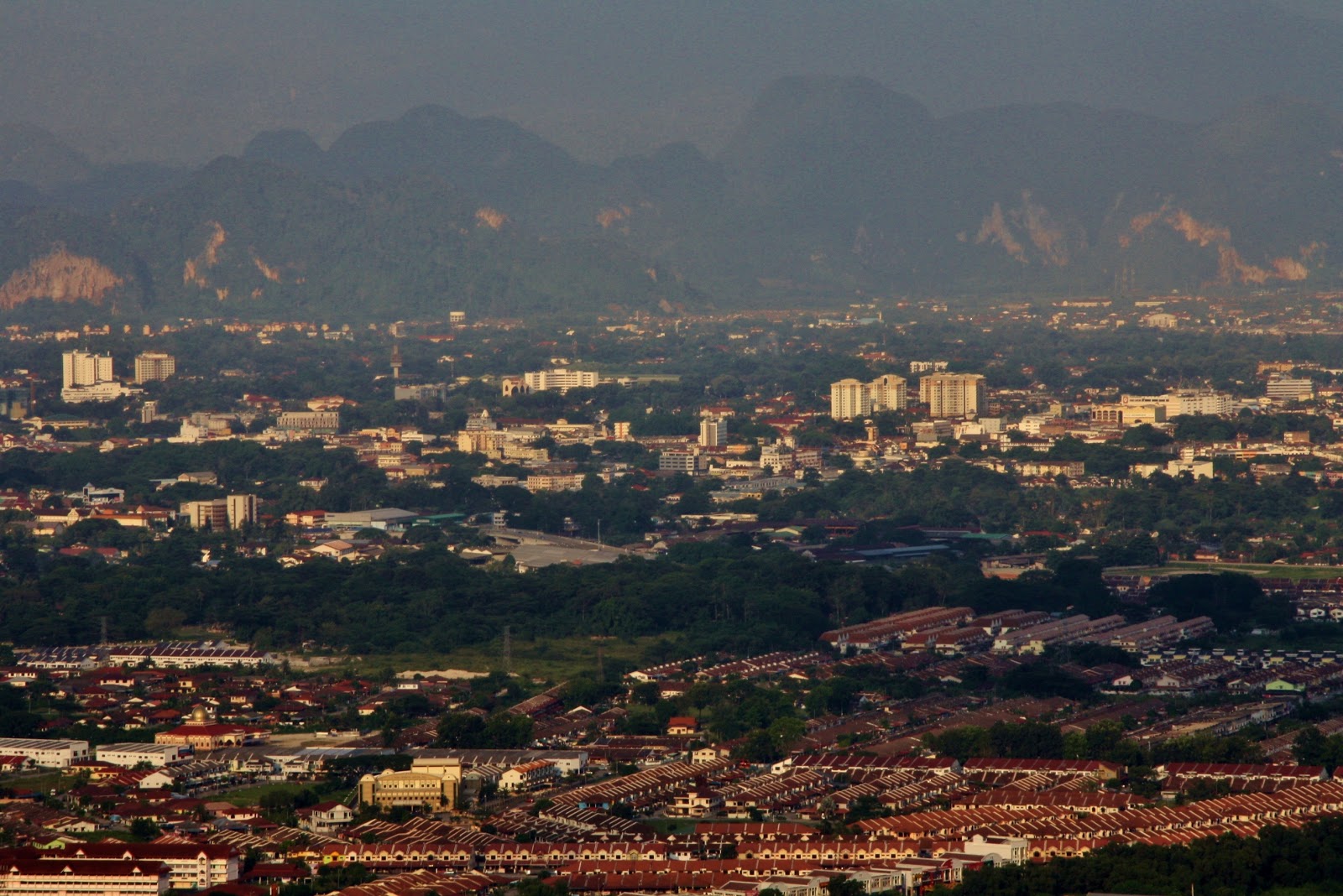
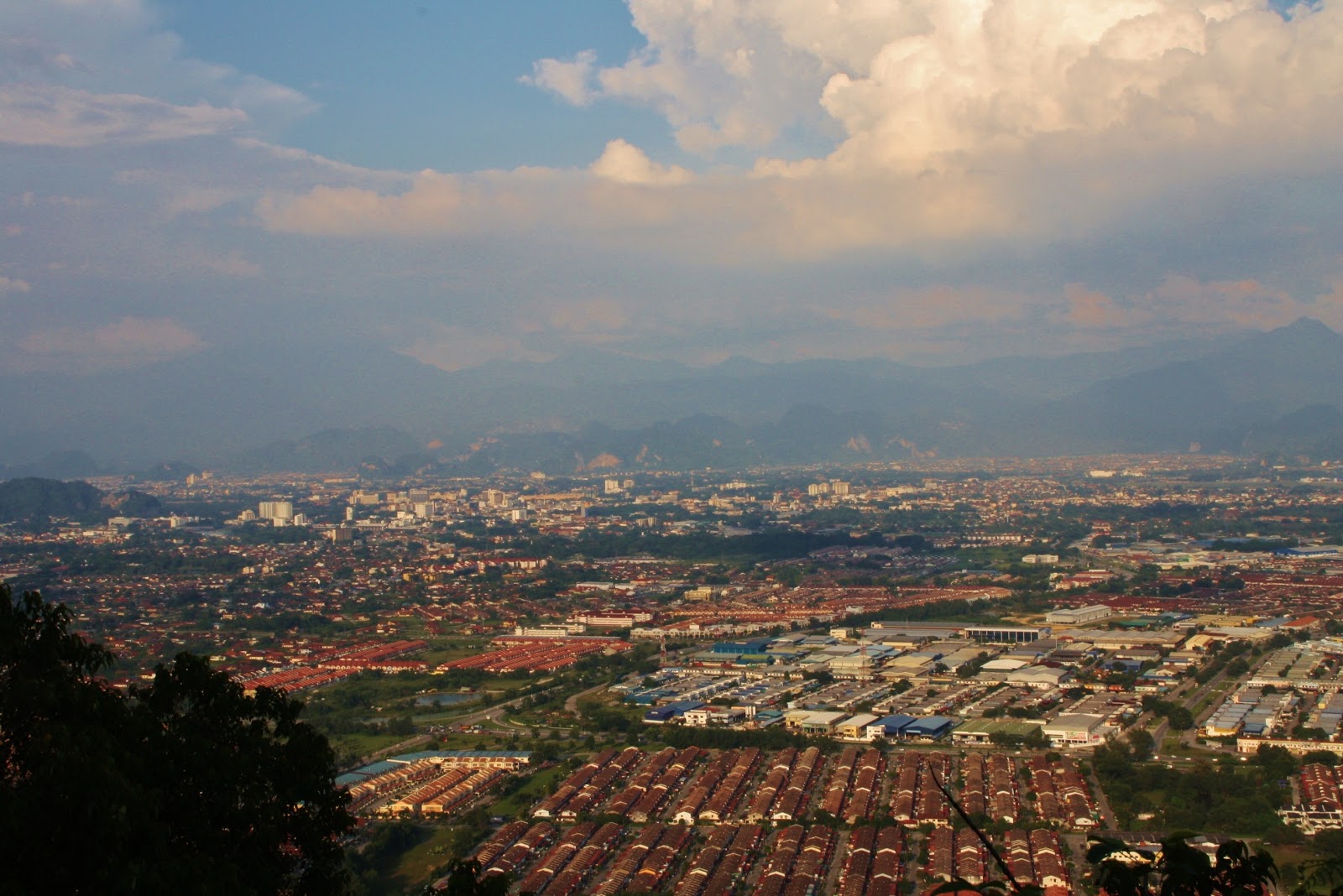
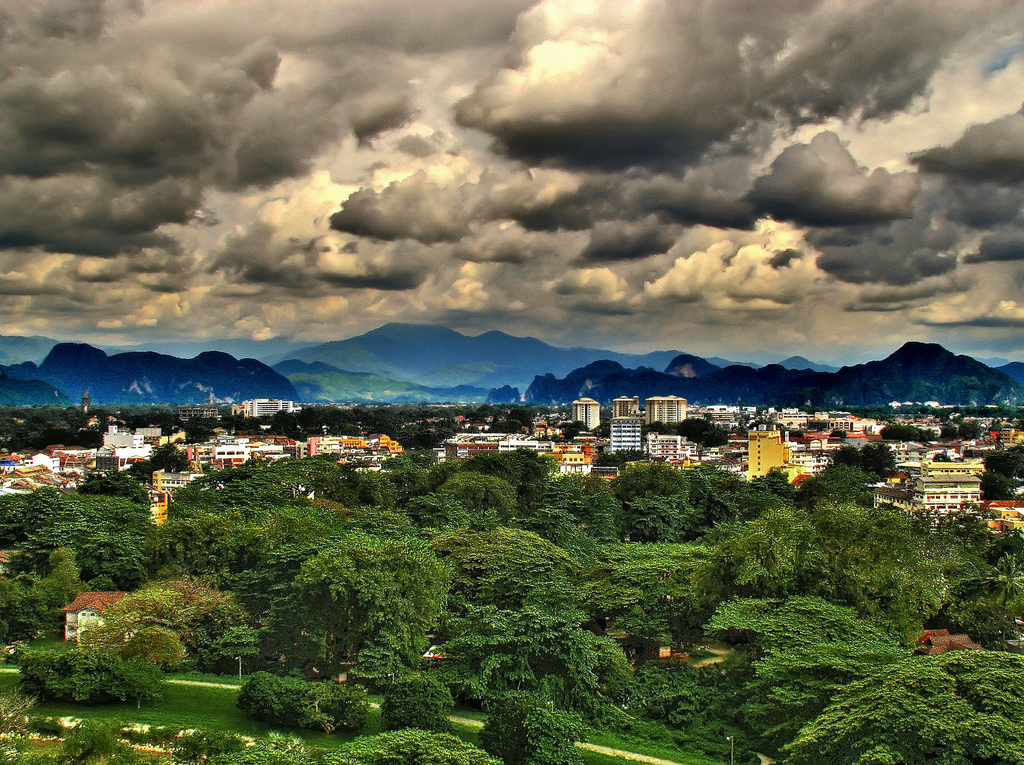
Vídeo:
Web recomendada: http://www.mbi.gov.my/
Contador: 9461
Inserción: 2014-03-23 14:07:48
Lugares a visitar en un radio de 100 km (en línea recta)
Mapa de los lugares a 100 km (en línea recta)
Mostrando Registros desde el 1 hasta el 0 de un total de 0
Visitas |
Más visitados Basílica de San Marcos 149070 Catedral de Notre Dame (París) 137696 Torre de Pisa 128211 Monte Saint-Michel 97336 Presa de las Tres Gargantas 73671 |
Incorporaciones |
Comentarios Arq. Jaime Fuentes Flores Torres Obispado EXTRAORDINARIO . FELICIDADES . Un Cordial saludo Directivos y Personal de ... hazola Cúpula de la Roca gracias me... gera Buenos Aires las mejores fotos de la mejor ciudad del... Daniel M. - BRASIL San Francisco ... PEQUE Presa Chicoasén SERA QUE ALGUIEN ME PUEDE DAR MAS INFORMACIÓN DE ESTE PROYECTO ESTUDIO EN LA UNACH Y ES PARA UN... |
 Tweet
Tweet


